








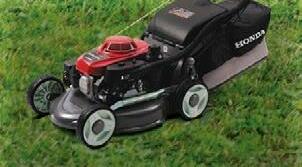




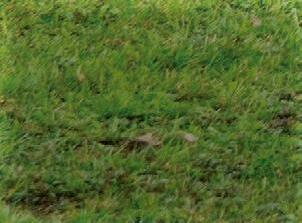
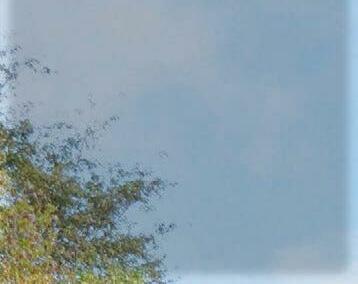
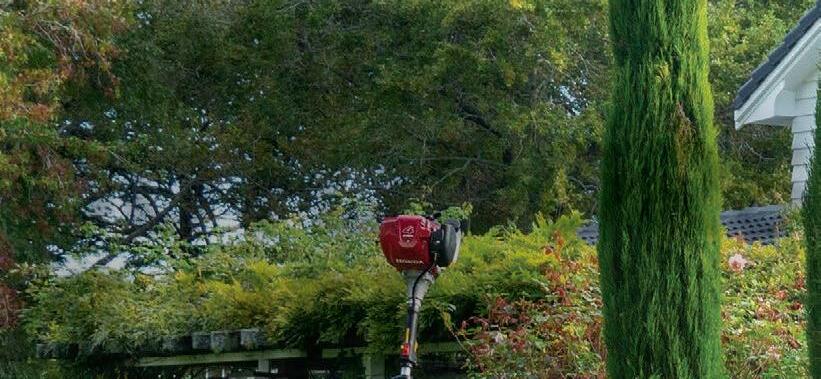



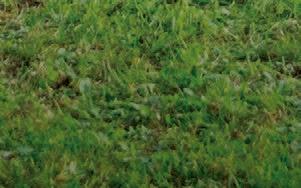
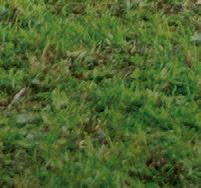

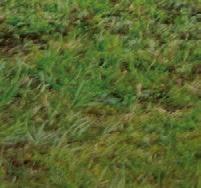
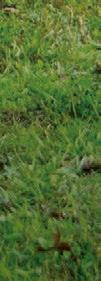


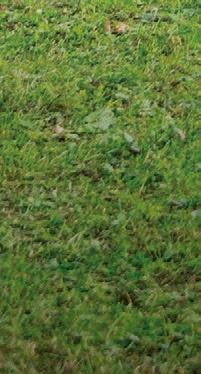
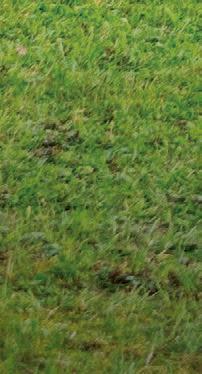
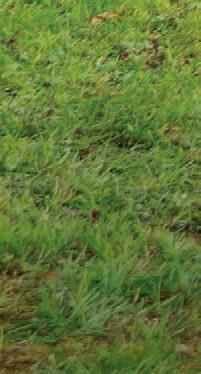
Honda Outdoors is here, bringing together the full range of Honda Outdoor Power Equipment all under one roof. With over 50 Honda Outdoors stores nationwide, there’s one near you. hondaoutdoors.co.nz


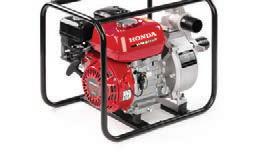




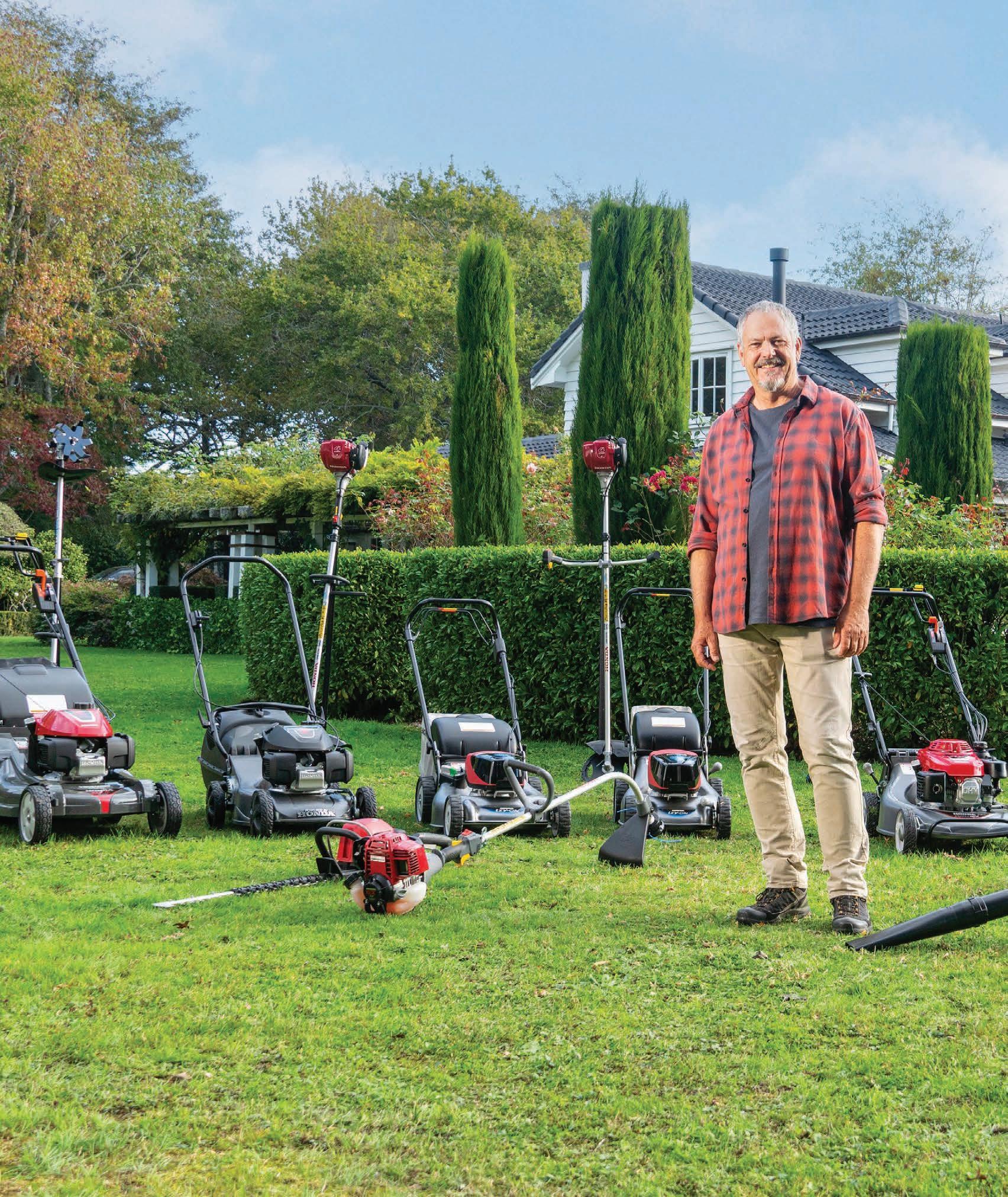





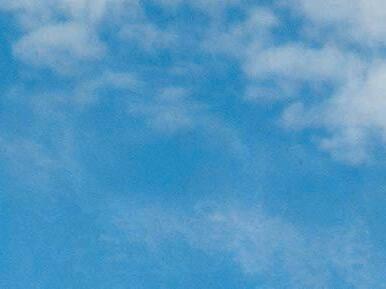
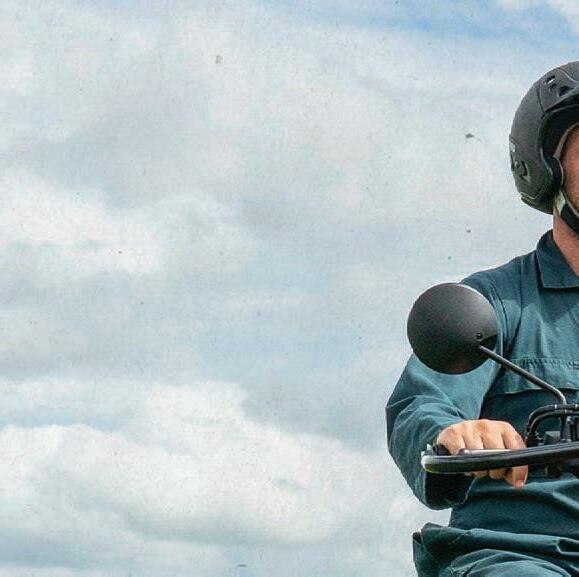
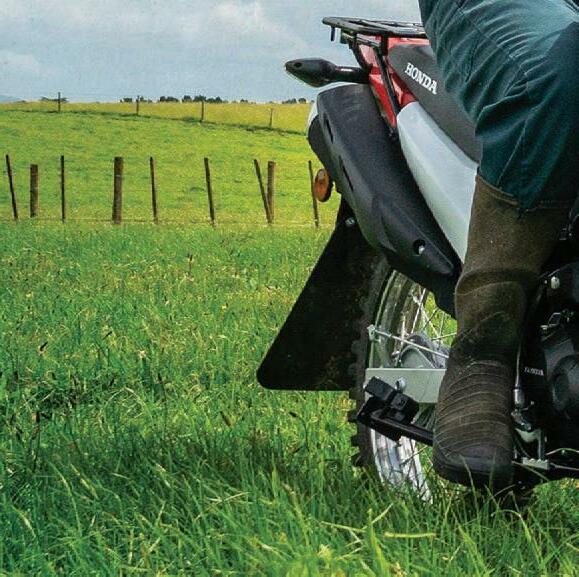


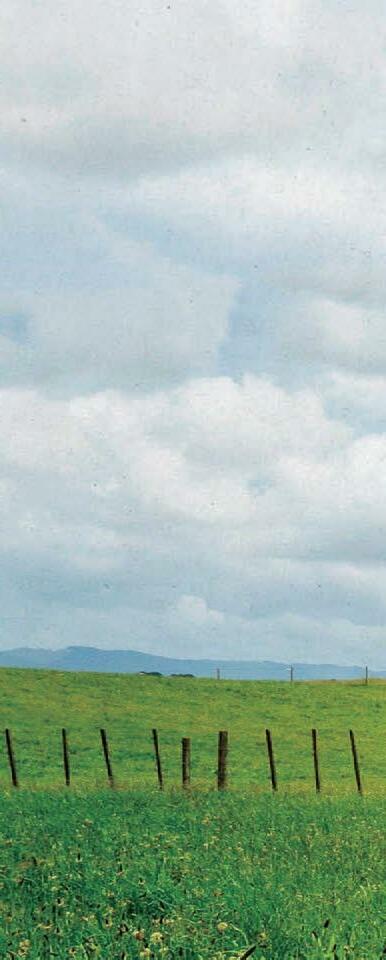
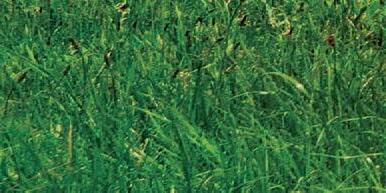









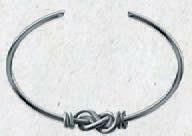
DONNA HIRST 027 474 6095 Lower North Island donna.hirst@agrihq.co.nz
OMID RAFYEE 027 474 6091 South Island omid.rafyee@agrihq.co.nz

GRANT MARSHALL 027 887 5568 Real Estate realestate@agrihq.co.nz
ANDREA MANSFIELD 027 602 4925 National Livestock Manager livestock@agrihq.co.nz
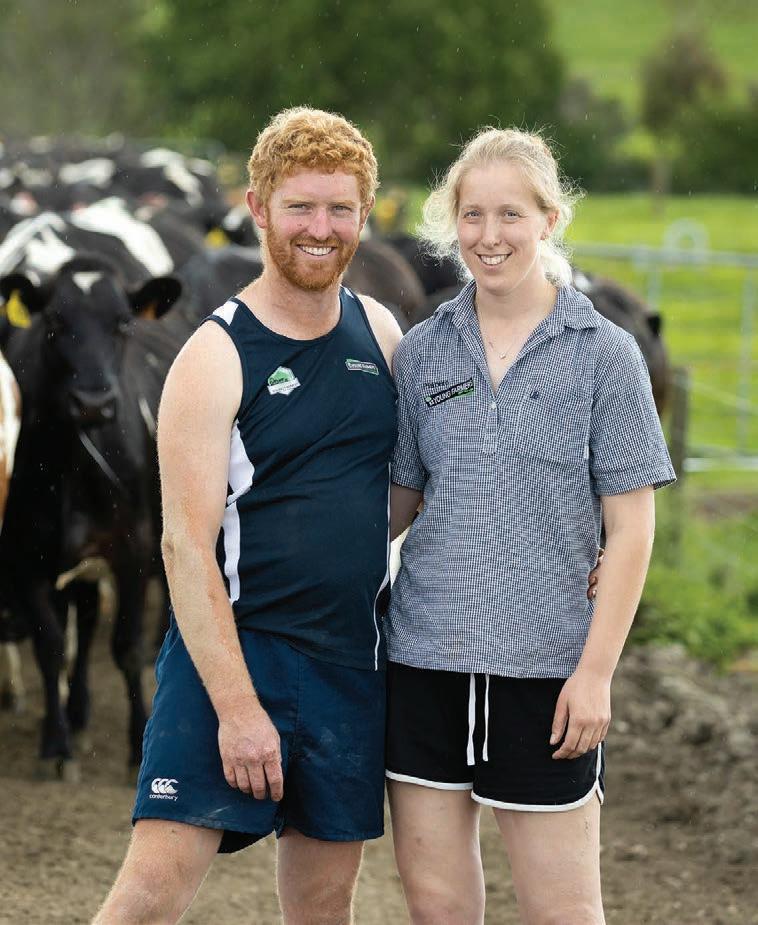
DEBBIE BROWN – Directory classifieds@agrihq.co.nz 06 323 0765 Production
LANA KIESELBACH 027 739 4295
Production Manager lana.kieselbach@agrihq.co.nz
Advertising material: adcopy@agrihq.co.nz
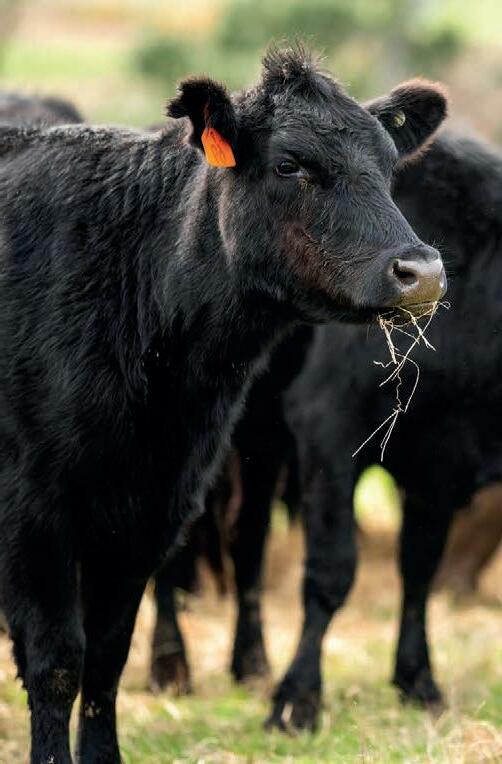

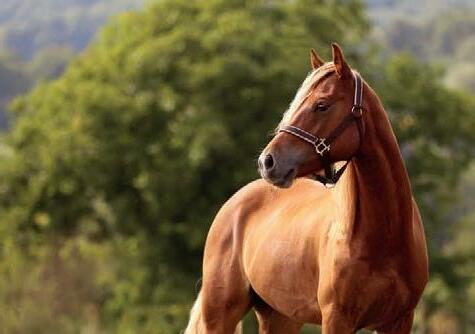












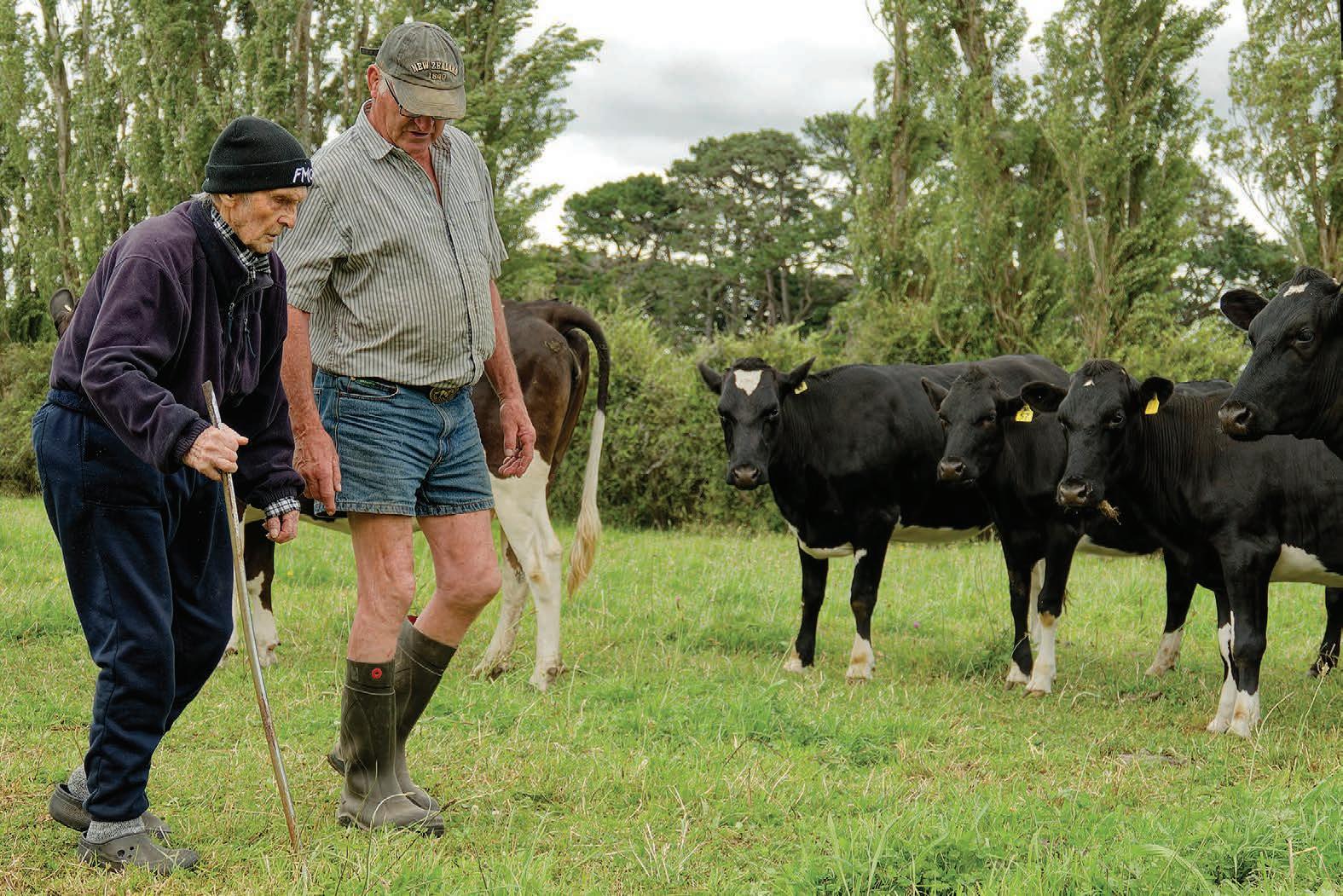
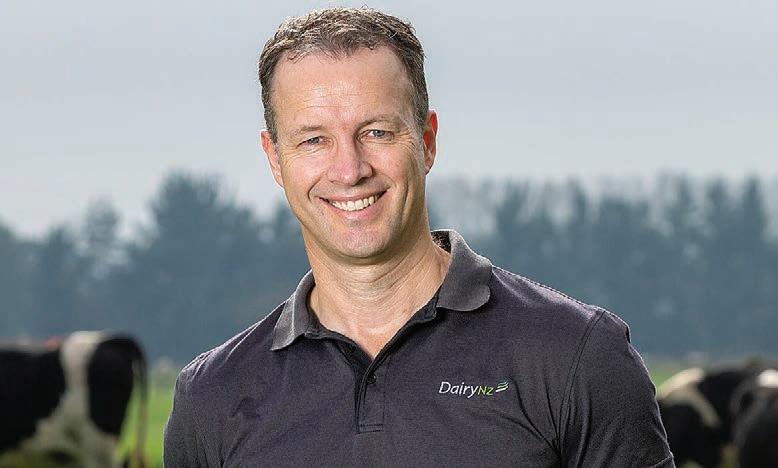
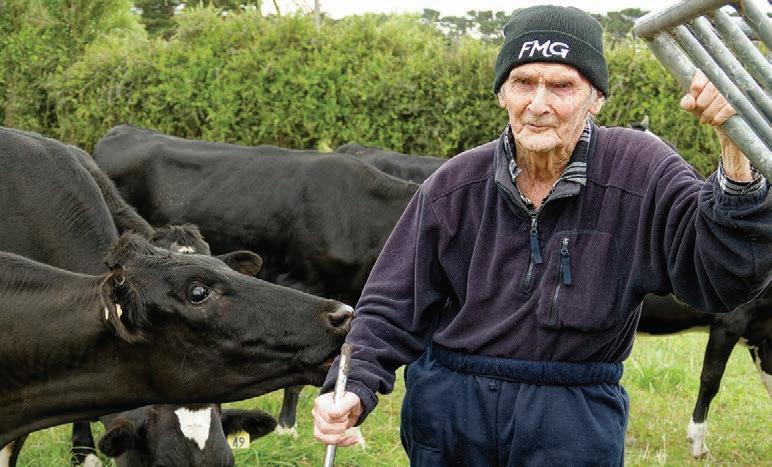
“We nearly paid it o completely in the first 12 months because it saved cows’ lives.”
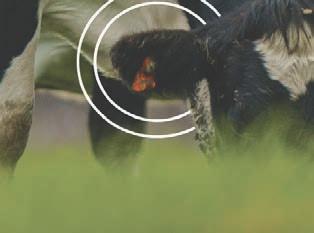
CAMPBELL
2 30 co w s | M at aur a I s l an d , S o u t h l an d Automation


“Because of CowManager, I identified that the cows needed more fibre in their diet, so we added dry silage to their diet and their rumination climbed instantly.


* A c t u a l S i z eCowManager doesn’t allow you to do that. It just keeps telling you the cows.”
The chief executive of DairyNZ says the year ahead will be dynamic and challenging for farmers and the industry.
Globally, our Kiwi dairy farmers are in the enviable position of being among the world’s best producers of milk. This is despite currently facing some confronting challenges, including responding to regulatory change, inflation, weather challenges and staffing on farm.
We are world leaders thanks to decades of expertise on farm and because, frankly, Kiwi farmers are incredibly resilient and hard working. This resilience has led to dairy exports hitting new highs, resulting in our farmers contributing around $50 billion to New Zealand’s economy each year.
Even through some tough times last year, we had some great achievements. The year ahead will continue to be dynamic. Front and centre are the immediate challenges on farm. Profitability is challenged in the face of farm working expense increases of around $1 per kg of milksolids just last season alone.
The milk price has been good for a few years, and dairy’s debt repayment has tracked well – decreasing by $5.2 billion from 2018 to 2022, which is great news.
No one knows with absolute certainty where the milk price will land, but we know our best operators begin thinking about how they will manage a drop and cut the costs before they actually need to.
In the longer term we continue to face the drive to reduce greenhouse gas emissions.
Alongside farm systems support, DairyNZ is researching technologies to support farms to reduce emissions. Off-the-shelf tech needs research in NZ conditions – our free-range system is too different to other countries. So, we turn to innovation – something we know well.
Getting policies right will also ensure our thriving farming sector continues –and, therefore, NZ thrives too.
DairyNZ advocates hard for solutions that achieve the right outcomes. Our
advocacy is always informed by science, whether it’s best-practice animal care in the Dairy Cattle Code of Welfare, water quality or climate change.
To support key issues on the minds of farmers, DairyNZ will continue to roll out targeted initiatives this year.
Our GoDairy campaign will continue, encouraging young Kiwis to consider a dairy career and connecting them to the latest dairy farm vacancies.
This will help contribute to our current workforce needs and attract more people on farm.
We are also prioritising our public audience through our latest campaign, Here for the Long Game. This long-term initiative will look to continue growing trust and pride in dairy, sharing dairy farmers’ long-term commitment to a better future for NZ.
We’re also on a mission to better connect with dairy farmers. As part of that, DairyNZ is broadening the range of support and events we offer, to be relevant to the needs of our farmers.
This support is particularly geared at helping farmers manage the years ahead and the regulatory changes coming through.
I know the past few years have been tough, but I’m proud of everything that farmers and DairyNZ have achieved by working together, and I look forward to continuing this year.
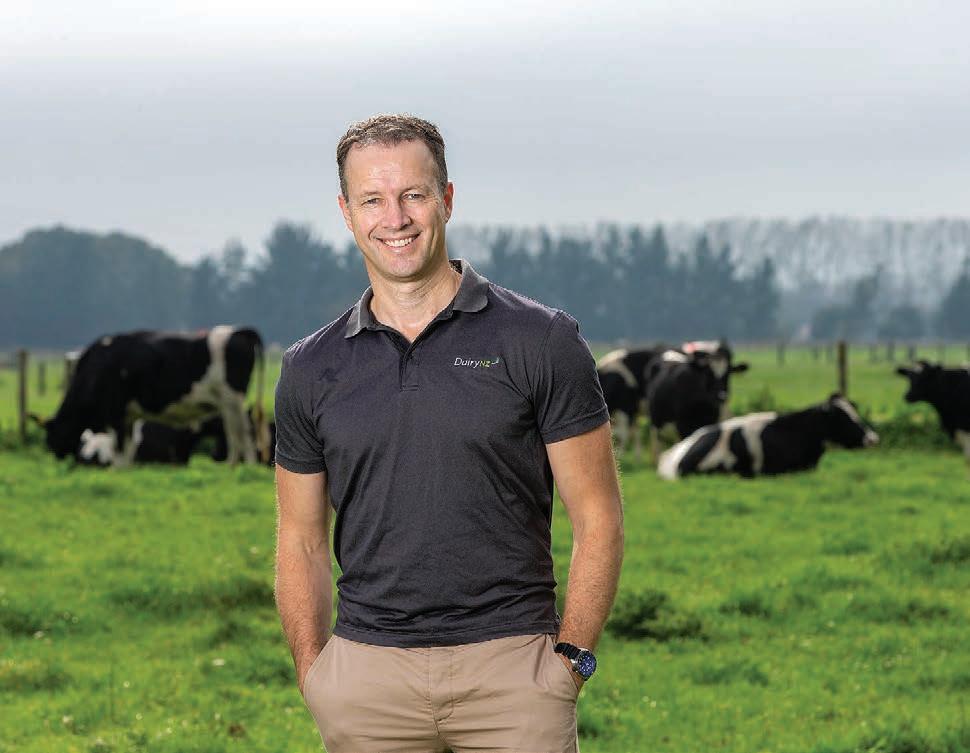
 n
n
Who am I?
Dr Tim Mackle is chief executive of DairyNZ
“We are world leaders thanks to decades of expertise on farm and because, frankly, Kiwi farmers are incredibly hard working.”
An emigrant farmer was in the right place to return the favour after a history of generosity from his Taranaki neighbour, who has just turned 100.
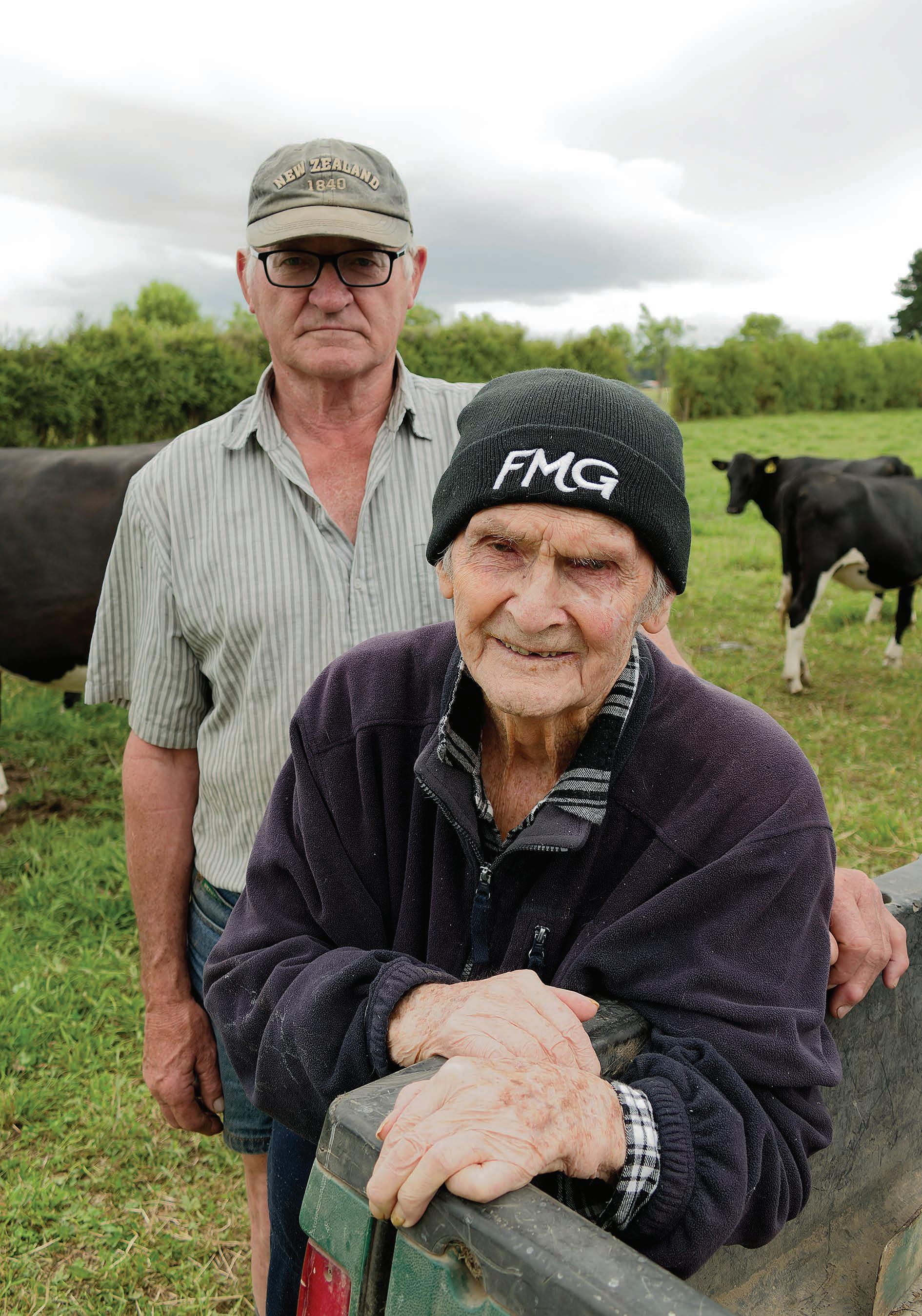
Norm Johnson is tough enough to have weathered almost a century of dairy farming, but even he eventually needed help. In a district he has seeded with good neighbourliness, he didn’t have to look far.
EVERY cricketer’s dream is to notch a century – and a Taranaki farmer who was a keen cricketer in his younger days has done just that, except it’s in years, not runs between wickets.
Norm Johnson, who turned 100 in October 2022, has lived on his Auroa, South Taranaki, farm for 93 years. He is now, in his words, “starting the one of the 101”.
The farm – in the person of Johnson’s farm manager, Piet Robbertze – milks 45 Friesian cows through a 16-a-side herringbone cowshed on the 40.5ha (40ha effective) farm. Next season there are 28 heifers coming in, and if a factory agrees to take the farm on once more, they’ll look to milk 100 cows.
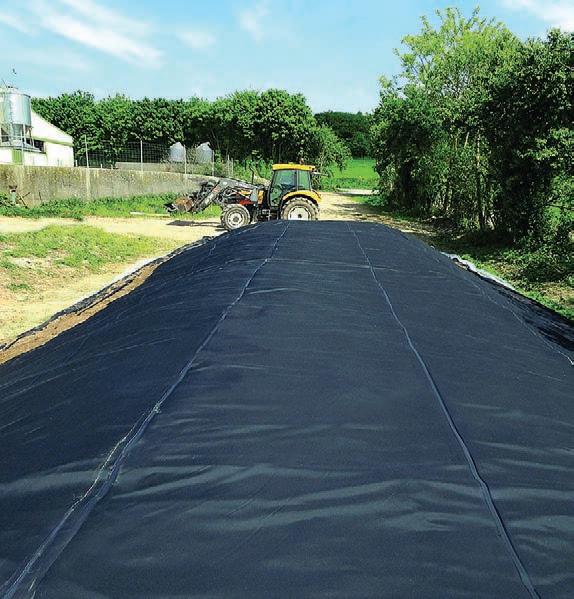
Robbertze was born in his grandparents’ house in Rustenburg,
South Africa. When he was four years old his father inherited his grandparent’s 150ha family farm. The property was a general farm where they hand-milked 30 dairy cows and cropped tobacco, chillies and maize, with 25ha under irrigation.
The farm was irrigated from a river via a creek that his grandfather dug by hand all the way to irrigation dams at the cropland.
In Year 6 Robbertze went to high school, where he boarded for four years. His father told him he needed a trade qualification before returning to the farm, so he qualified as a mechanical engineer and then came home.
“When I was 19 years old I was called up for National Service in 1 Parachute Battalion of the South African Defence Force. After training I was sent to the northern border for a year during the Angolan Border War. I had to postpone the last year of my apprenticeship until I’d finished my service,” Robbertze says.
“I was called up for three months annual service for 10 years before going on the Reserve Force, but still subject to immediate call-up. For three months of each year I left the farm and family to serve at the border.”
Robbertze then began managing a 2,000ha grazing farm. After three years he left that farm and leased a 1500ha government grazing farm at Bophuthatswana, near the Botswana border.
• Farm owners: Norm Johnson.
• Farm manager: Piet Robbertze.
• Location: Auroa, Taranaki.
• Farm size: 40.5ha (40ha effective) farm.


• Cows: 45 Friesian cows.
“The area was made up of the same ethnic groups as from where I was brought up, and they also spoke Setswana. When I began primary school my Afrikaans wasn’t too good because I’d mostly spoken Setswana throughout my life,” Robbertze says.
They grew 600ha of maize and sunflowers and milked 112 Holstein
“My daughter had recently visited New Zealand and not only was it a safe country, it had reliable rainfall. I love rain and never complain about it. Where we farmed, we often had three- or four-year droughts.” Piet Robbertze
Friesians to supply the rural area’s township shops with fresh milk.

“We also had 200 Brahman beef animals. We used Brahmans because they can’t be stolen. Once Brahmans know you, they’ll stick to you like a dog and follow you when you talk to them. If you’re a stranger, they’ll run away,” Robbertze says.
“If anyone tried to steal them from our huge 100ha paddocks, the Brahmans
would run home. The moment they started running you knew there was a problem and it was time to check what was happening.”



Robbertze started a butchery in Rustenburg and put his eldest son through butchery school. His son ran the shop and Robbertze’s farm supplied it with meat.
In 2003, growing anxious about their future, the family looked

“My daughter had recently visited New Zealand and not only was it a safe country, it had reliable rainfall. I love rain and never complain about it. Where we farmed, we often had three- or four-year droughts. We had no irrigation, so were completely at the mercy of the weather,” Robbertze says.
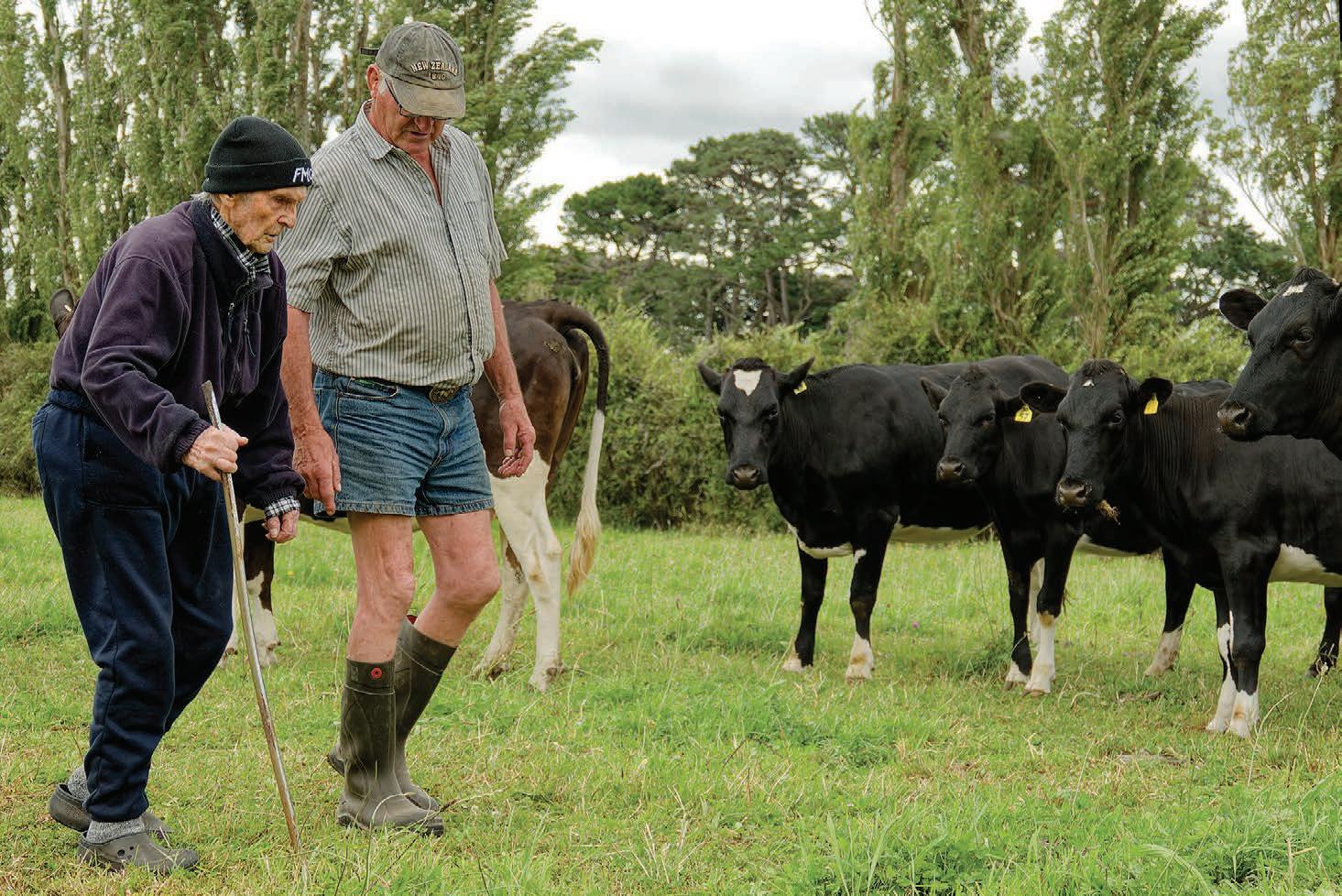
The family came to New Zealand in 2005 and Robbertze began working as






a farm manager on an 81ha Auroa farm milking 300 Friesian cows just across the road from Johnson’s farm.
Whenever Robbertze drove past Johnson’s farm with his boss he would be told that “Norm helps a lot of people out. He just does his own thing and lives his own life.”
After a year on that farm Robbertze leased a 90ha farm just around the corner from Johnson.

“One day my tractor broke down so I walked across to Norm’s to see if he could help. He loaned me his International 585 tractor until mine was repaired.
“I got to know him well and often popped in to see him when I’d finished milking. Norm was often still milking his 60-cow herd through his six-bay walkthrough shed at 10pm.”
After two years the farm owner was entitled to review Robbertze’s lease. His third season was his best and his production outstripped anything the farm had previously done. But the lease
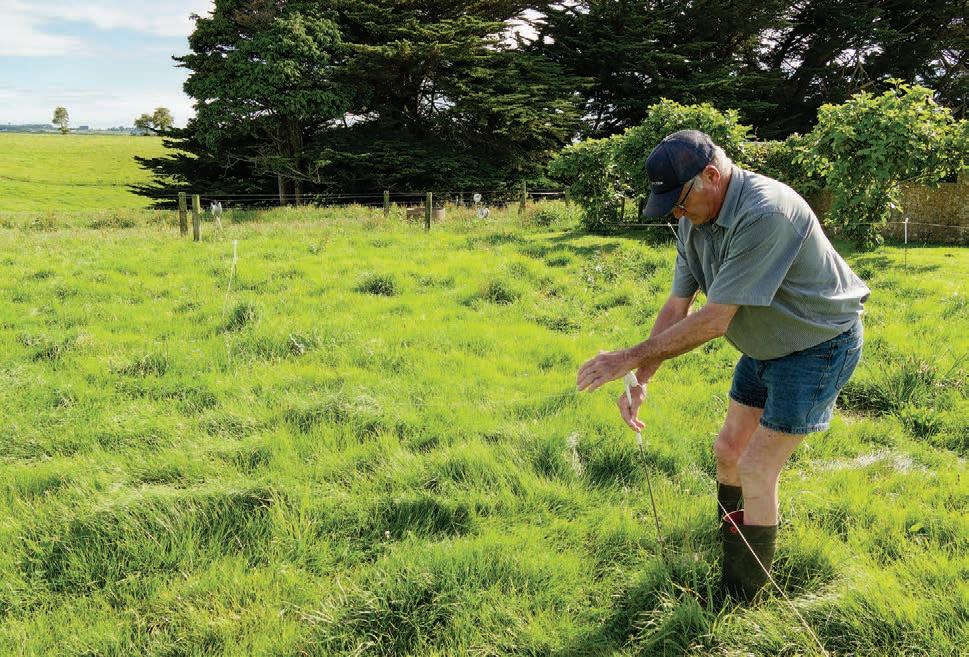
was doubled, which he couldn’t afford, so he surrendered it.
“I’d used all of our savings to buy the 150-cow herd and then the milk price dropped from $7.10 to $5. Combined with the lease doubling, I couldn’t make it at all. I sold the herd at a loss, and because I’d surrendered the contract I was penalised $27,000.
“It was then that Stratford’s Central Butchery became available. I worked out a price and made an offer, which was accepted. I went home and said to my wife ‘Where are we going to get the money from?’”
The banks turned them down, and the only person they knew who would help them was Johnson. He loaned Robbertze the money, just as he’d done for so many other people who wanted to buy farms
but had been turned down by the banks. Robbertze gave Johnson his lifestyle block and the butchery as security.
In 2015 Johnson was in hospital for a few days and came home to find that his entire milking herd of 68 cows and three bulls had been stolen. He was left with six calves and 14 heifers. That season he needed to take in heifer grazing until his heifers had calved and were able to be milked.
“When the herd was stolen many of the local farmers wanted to give Norm one or two cows to get him milking again, but he said no,” Robbertze says.
As appreciative as Johnson was for all the generous offers, he wanted to carry on with his own heifers and slowly but surely started from scratch to build up his herd.
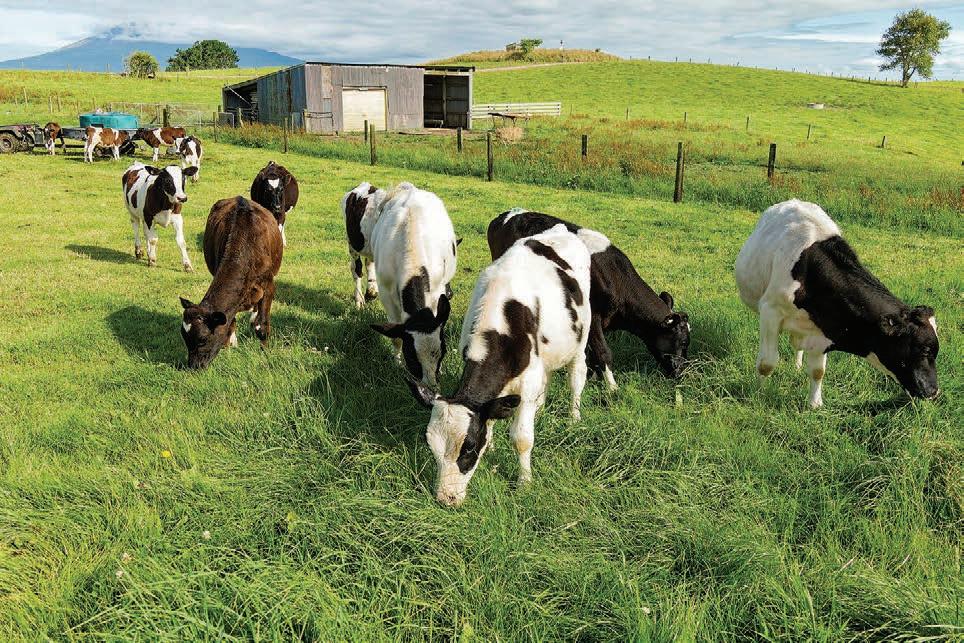
The situation precluded him from supplying a milk company, so he needed another outlet for his milk. His solution was to use his milk to raise calves until he managed to build the herd up to a number at which a company would take him on once again.
In 2016 Johnson again found himself in hospital, and because Robbertze knew the farm well, he asked him to look after it.
“I ran the farm for two weeks and then fetched Norm from hospital. Norm got stronger over the next few weeks so I told him that I’d leave it to him now. But he knew that he could fall at any time, and asked me to keep running the farm.”
Robbertze has run the farm since 2016. His son, wife and sister run the butchery. He used to work at the butchery each
“We had 200 Brahman beef animals. If anyone tried to steal them from our huge 100ha paddocks, the Brahmans would run home. The moment they started running you knew there was a problem and it was time to check what was happening.”
Piet Robbertze
day until midday, and then go to the farm to work. He now works at the butchery one day a week.
Robbertze is not sure of the herd’s milk solids totals because there is no daily factory docket, but thinks the best cows would be doing around 500kg milk solids and the lower-producing ones around 350kg MS.
Johnson and Robbertze have been in talks with milk companies in the hope of becoming a factory supplier once again next season.
“I predicted that with 100 cows we’d do 35-40,000kg MS. At the moment we’re milking 45 cows and producing 5000600 litres of milk per day,” Robbertze says.
“We’re a System 2 farm, but if we’re accepted by a milk company and milk 100 cows, we’ll probably jump to System 4.”
Johnson is a firm believer that well-
fed and mineralised cows are the key to good production.


Five tonnes of a mineralised molasses is ordered every two months to feed to the cows through the in-shed system. The cows love the molasses and can’t wait to get into the shed to get to the ad lib troughs where they can eat as much as they like.
Hay and molasses are the only supplements used. Six hectares of hay is harvested which makes about 190 big (15s) square bales.
“The molasses is fortified with minerals and its sugar and protein keeps the cows up, the hay fills them up, and of course they’re grazing in the paddocks. When the bulls are with the herd they eat their molasses from the yard from the troughs at the end of the cowshed.” Robbertze says.
When it begins to get dry in February, Robbertze cuts flax, puts it through the
chaff cutter, mixes it into the molasses and feeds it to the bulls, who absolutely love it.
The shelterbelts and plantations add a diversity of feed for the cattle and Johnson believes it helps mineralise the cows. The farm’s plantations help protect the animals from the sun and South Taranaki’s harsh southerly winds.

“Cattle love karaka leaves and berries. People often say that you can’t have karaka trees near cattle because it’ll kill them, but that’s absolute rubbish. We have plenty of them in the race plantation. When their big, orange berries begin dropping the cows rush down the race to be first to get to them,” Johnson says.
When Robbertze opens the gate to that paddock he shakes the branches and the berries drop to the ground and the cows start a “lolly scramble” to hoover them up.
Johnson says that a ryegrass and clover pasture still takes a lot of beating. In the seven years that Robbertze’s been on the farm they have never ploughed
Easy Draft has been designed and refined over many years to be reliable, easy to use, gentle on animals and has seamless integration with CowManager.

Get in contact and request a free quote today
07 280 5798 www.senztag.co.nz

“Cattle love karaka leaves and berries. People often say that you can’t have karaka trees near cattle because it’ll kill them, but that’s absolute rubbish. When their big, orange berries begin dropping the cows rush down the race to be first to get to them.”
Norm Johnson
the pasture. They use a Groundhog seeder that utilises spikes to reseed pasture without tilling the soil.
During the peak grass growth period the pasture is topped in front of the herd. The paddocks are regularly harrowed to spread the manure and ensure all parts of the pasture receive a similar amount of nutrients to even out the pasture growth.
The 12-week season calving begins around August 7. They never worry about their six week in-calf rate. As Robbertze says, “there’s no rush”. Over the past six years all of the heifer calves have been kept to build up the herd.
“We usually have a 90% or higher incalf rate. This season we only had two empties from 45 cows,” Robbertze says.
“I think part of the reason for our high in-calf rate is that the cows aren’t being put under stress and are well fed and mineralised. I’ve found that by feeding molasses and minerals to the cows they begin bulling much faster.”
The bull calves from the lowest producing cows are steered or sold at weaning. They are weaned at 100kg and sold when 105-110kg.
About 200 calves are raised each season. This season their white-faced autumn calves averaged $700 each and the 100 Friesian bulls raised on Robbertze’s lifestyle block averaged $520 each.
They still have 68 bull calves left and have far too much milk for them, so they sell the excess to a local farmer who is also raising calves. Some mornings the farmer will take away up to 1,400 litres.
“If accepted by a factory we would still raise 150 spring calves, 50 autumn calves, plus the farm’s calves,” Robbertze says.

Robbertze buys colostrum from neighbouring farms to feed the calves. When the farm has excess milk at the end of the calf rearing season, he sells it to other calf rearers.
The bulls go into the herd for mating on October 24, which is Johnson’s birthday, and are taken out on January 30.
“The cows are recorded and we keep five or six bull calves from the bestproducing cows with the best body type
and markings. The best of the bulls are used over the herd when they’re two years old,” Robbertze says.
“It’s exciting seeing the first calves come in and to see if they have the right markings. The aim is to have consistent line of animals, that’s proof that your breeding is working,” Johnson says.
“A dairy cow must have good conformation and be a good all-round animal. Type does come into it, but you want production too. It’s a balance, though, because if the udders are overtaxed they’re inclined to break down.”
Johnson says that cows that are mostly black are more resistant to facial eczema and that black udders are less susceptible to sun and wind chapping. Cows with black teats have long been a sought-after breed trait in his breeding plan.
“The Friesian Association stipulates that a Friesian must have four white feet, four white legs up to the knee and a white tail switch; that’s all that matters. Facial eczema was never a problem in the early days; it’s a fairly recent occurrence and some years are worse than others,” Johnson says.
“I feel that a cow’s black skin is stronger against the sun and facial eczema does seem to start on the white skin. We’ve had no eczema in the seven years I’ve been here,” Robbertze says.
Johnson is an early pioneer of once-aday milking and has been farming this way for about 60 years.


“When I began I couldn’t talk to anybody about it, because milking once a day was unheard of. But I decided to try it anyway,” Johnson says.
“There were plenty of raised eyebrows, but I think most of the comments were said behind my back. I was told that it wouldn’t work, the herd would be rotten with mastitis, and they’d be dry by Christmas. None of that happened. I did it and I’m still here.”
He is a believer in having minimal debt if at all possible. Having low debt levels allowed him to try something different and he says “I could afford it, so I could afford to try it.”
He believes that anyone wanting to try one-a-day should talk to farmers who are successfully practising the regime. He didn’t have that luxury.
“You should milk the cows in the afternoon so they’re not lying all night on an udder full of milk. If it’s a wet and muddy night and the teats are leaking milk, it’s inviting trouble,” Johnson says.
“Milking once a day gives you until 2pm to get your work done. And now with the new herringbone shed, I’m finished milking in an hour and have the rest of the afternoon to finish jobs,” Robbertze says.
“Milking once a day changes your entire attitude. It significantly reduces your farm’s running costs and halves the wear and tear on a lot of the farm plant and machinery. It reduces the wear and tear on your body too.”

Johnson’s father built the original six-bay walk-through cowshed in 1930. Johnson has rebuilt parts of it such as
the milk room, and has removed the dray shed where the dray or tractor was backed in to take the milk cans to the factory.
At the end of last season Robbertze rebuilt the old cowshed into a 16-a-side herringbone. He had it completely finished and ready to milk two days before the start of the season.

“We used a little digger that could fit under the roof to dig the pit, and right at the end we struck a rock that we couldn’t remove,” Robbertze says.
It took days and an application of Betonamit, a powder mixed with water and poured into holes bored into the
rock, which then cracked apart. He was able to use their big tractor and chains to lift the blocks out of the hole.
The task of building the new shed at minimal cost was also a lesson in the ability to think outside the square.
“We bought the entire plant from a local farm on Facebook Buy and Sell. The farm had been sold and the purchaser wasn’t carrying on with dairy,” Robbertze says.
“I asked him how much he wanted for it and he said ‘Name a price’. I thought I’d take a chance and offered him $1,000 and he told me to take the lot. A friend and I removed the entire plant in about two hours, put it on the trailer and took it home.”
The next task was sourcing the steel pipes for the rails. Robbertze visited a steel supplier whose quote of $3,000 was far too expensive.
“A farm just outside Hawera advertised a cow shed for sale on Facebook Buy and Sell.
“We only wanted the steelwork and they too asked me to name a price, so
“If you’ve helped to build a home, planted trees and seen things flourish, and have bred cattle the way you want them, it’s you; and you can’t get away from it.”
Norm Johnson
once again I said ‘$1,000’. They told me to take it away. I bought a grinder, and my brother-in-law and I cut it all up in a day and took it to the farm.”
Once the work was completed, Robbertze called a friend who had worked for a dairy plant company to check his handiwork. All of the pipework lined up and the plant ran perfectly.


It now takes Robbertze 35 minutes to milk 45 cows and he’s sure it will only take a little longer to milk 100 cows if the herd size is increased next season.

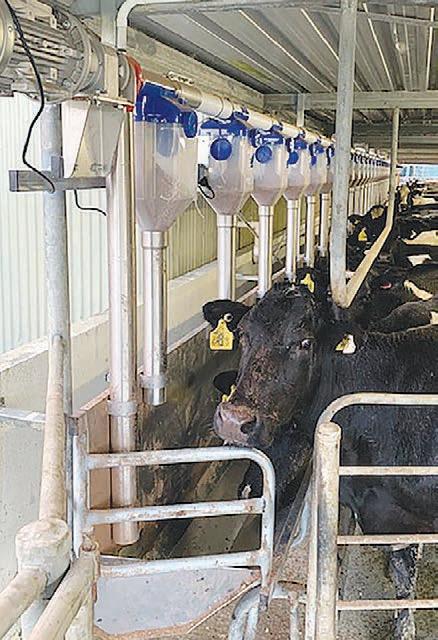
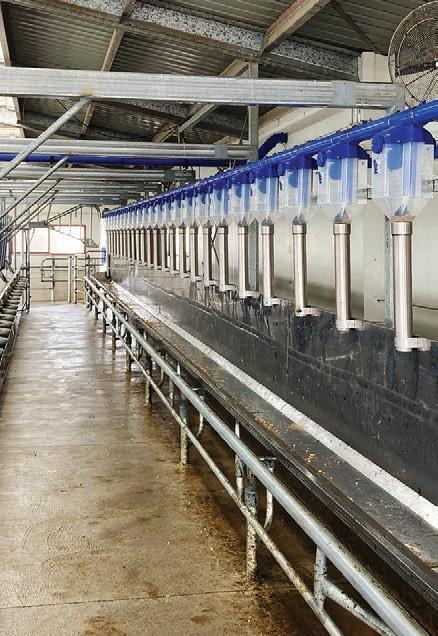
“I’ve liked farming ever since I was a kid. I think I was born liking it. I enjoy seeing the farm develop and being able to help Norm achieve those goals,” Robbertze says.
“To be a successful farmer you need to keep your wits about you. I do worry about the big corporate farms gobbling up the smaller farms. It’s making it difficult for young farmers to get into a farm,” Johnson says.
“If you’ve helped to build a home, planted trees and seen things flourish, and have bred cattle the way you want them, it’s you; and you can’t get away from it.” n
Robbertze started a butchery in Rustenburg, South Africa, and some time after moving to New Zealand he bought a butchery in Stratford, where he works one day a week.







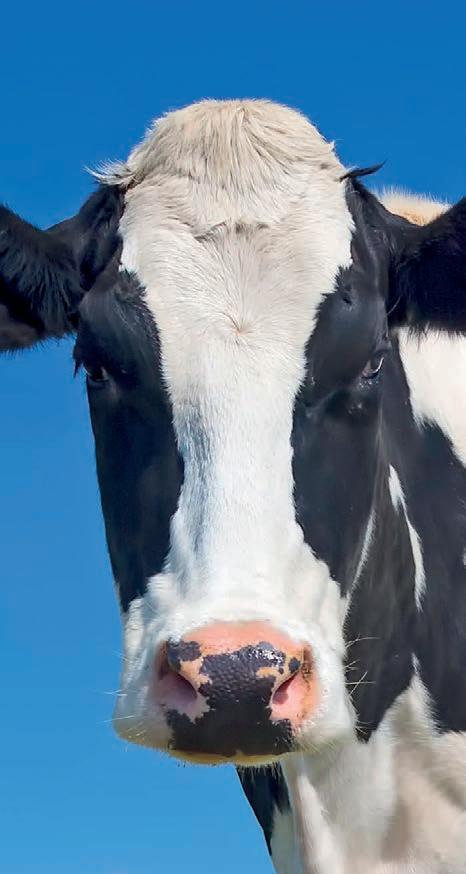
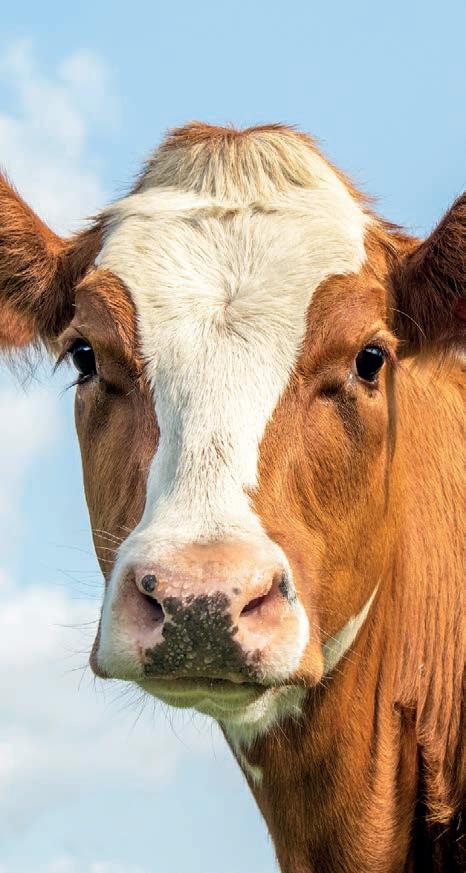
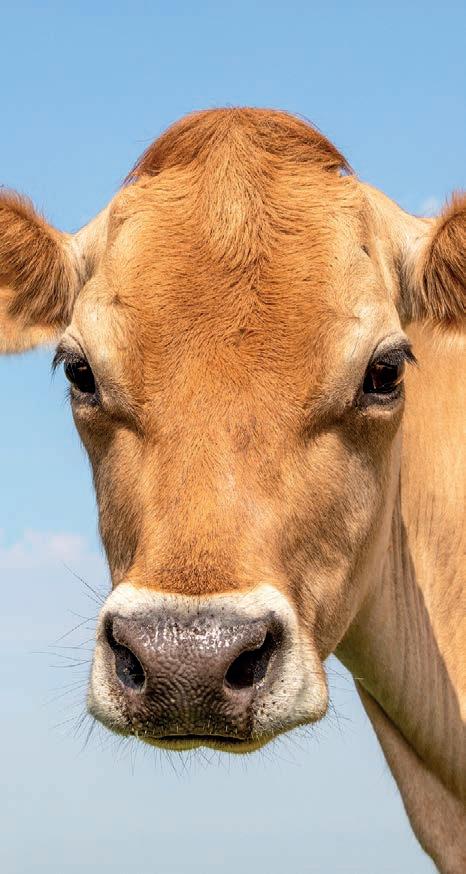
Each month the Milk Monitor delves into the dairy industry and gives us the low-down on the good, the bad, the ugly and everything in between.
The year 2023 has finally arrived, with wet weather being the dominant feature for many in the North Island over the holiday period.
It’s kept the grass green, while the hot weather in between the showers has helped boost maize and other summer feed crops after many were planted later than usual.
This should have most farms – apart from those affected by flooding damage – looking in pretty good shape as production starts slipping off-peak with the changing seasons.
Another silver lining is that it could extend the lactation on some farms depending on their feed reserves. While it’s been largely unpleasant for those at the beach, there’ll be plenty not minding the warm rain at this time of year, especially those coming off last year’s drought.
It’s just a pity the global dairy market’s gone off the boil, reflected in the results from the two GDT auctions held over the Christmas and New Year period, where it dropped 2.8% and 3.8% respectively.
The latest auction on January 18 saw prices limp back 0.1%.
NZX said of the insipid result: “The diary market simply doesn’t have much direction at the moment. It will take time (and a bit more data) for that direction to become evident.”
Fortunately, it’s not enough of a downward movement to push Fonterra to adjust its forecast.
Looking further out, Westpac senior agri economist Nathan Penny told Farmers Weekly that he expects dairy prices to continue to fall during the first half of 2023, followed by improved global demand and price from the middle of the year as Chinese covid restrictions are eased further.

“Our expectation for a stronger global dairy market from around mid-2023 sets up the 2023-24 season for a bumper milk price,” he said.

Westpac’s opening forecast for 2023-24 is $10/kg. Its current forecast for 2022-23 is $8.75.
Likewise, ANZ agricultural economist Susan Kilsby believes dairy commodity prices have stabilised and that farmers’ returns for milk next season will be similar to this season – around $8.75.
“Farmgate prices are supported by the lower NZD but market uncertainty remains extremely high. Global milk supplies are tight, which will support prices, but demand for dairy products is weakening.
“It is not yet clear whether the reduced availability of dairy products will be sufficient to offset lower demand,” Kilsby said.
From a global perspective, Rabobank says that after record farmgate prices in many exporting regions this year, milk supply growth has emerged at last.
However, as demand falters, farmgate milk prices will follow global commodity market trends lower in 2023, the bank said in its final quarterly update for 2022.
Rabobank senior agriculture analyst Emma Higgins says that fragile growth is on the horizon.
“And with many economies experiencing broad-based food inflation, dairy demand is likely to reduce in the short term before any remarkable improvement.”
Despite these weaker market fundamentals, the bank held its forecast at $9/kg MS, in line with Fonterra’s midpoint forecast it announced in early December.
“But it’s important to note the risks to this forecast are heavily skewed to the downside with any potential upside rally hinging on a supply shock in the northern hemisphere or a meaningful reopening of China in the new post-covid world,” she said.
Higgins expected the global milk supply recession to end, driven by higher production in Europe and the US.
On the input side, it does not look
he expects dairy prices to continue to fall during the first half of 2023, followed by improved global demand and price from the middle of the year as Chinese covid restrictions are eased further.
like there’s any relief in input prices as inflation and the wider impact of the Russia-Ukraine war continues.
While there is some talk offshore of an easing in fertiliser prices as the northern hemisphere emerges from its winter and energy demand eases, that has yet to translate into any meaningful fall in prices here.
Fuel prices have also eased but this could be short-lived as the government subsidy will halve at the end of February and be removed completely in March.
So while there are plenty of challenges to start the new year, they are mostly beyond farmers’ control.
What they can manage is what they do inside the farmgate where the rain and resulting boost in pasture covers is gold from the sky.
Olam Food Ingredients is signing up suppliers for new factory, with plans to trial an almond farming byproduct in their feed mix.
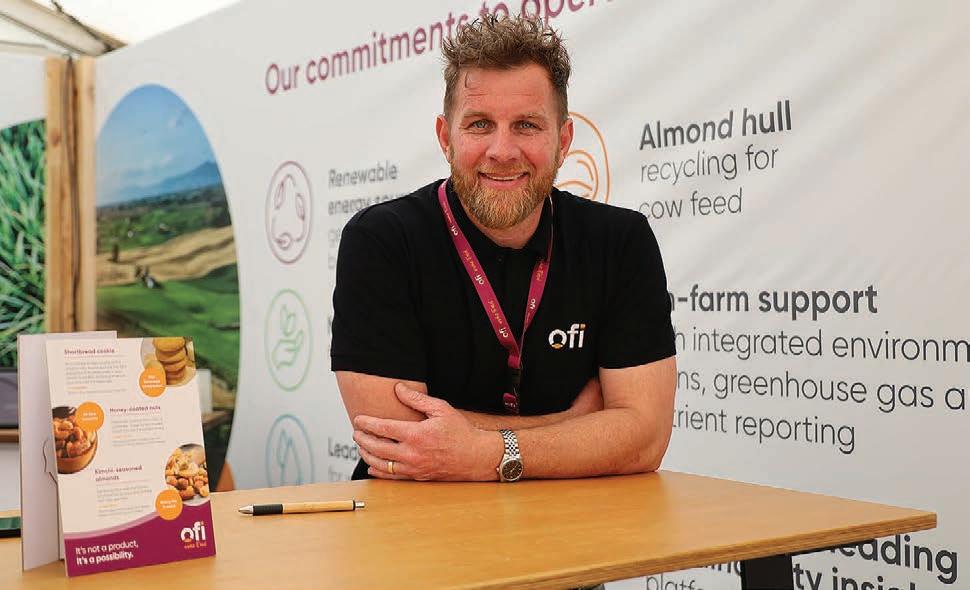
Olam Food Ingredients’ construction of a new dairy factory is on track, with the facility’s roof now attached.
Speaking at Fieldays, OFI New Zealand general manager of milk supply Paul Johnson said it is an exciting milestone with construction on the site at Tokoroa now entering its latter stages.
“We’re on track and scheduled to start July 1,” Johnson said.
“We’re building a team. There’s nine of us at the moment and we’re looking to be 50-60 by July 2023.”
OFI was taking farmers’ names at Fieldays to supply the company.
Johnson said OFI plans to offer farmers a minimum milk price guarantee as well as the opportunity to lock in premiums up front.
“If the milk price is $9/kg MS, for example, that’s great, but if the milk price drops below that floor, we’ll hold it at that floor.”
The offer of premiums will be based on meeting sustainability, animal health and milk quality targets.
“We’re trying to provide confidence, certainty and cashflow,” he said.
The feedback from farmers has been supportive. OFI’s Open Country Dairy investment means the company has been in the New Zealand market for 10 years and has a proven track record.
OFI’s broader business also gives it the opportunity to add value to the dairy product, he said.
“Farmers are pretty confident in our ability to deliver,” he said.
Many of the suppliers who had signed up were from farms who had gone through succession. OFI’s pricing and premiums system resonates with this new generation of farmers, who are often taking on debt and capital when taking over a farm, he said.
The company is also trialling almond hulls and shells as possible animal feed for dairy cattle.
OFI operates large-scale almond orchards in Australia. The trial will see the
almond hulls and shells that are currently a byproduct of almond processing repurposed into a feed source for dairy cows.
“Almond hulls are a proven source of nutrition for dairy cows. As part of our research for the trial we met with
Johnson said the trial will explore ways to efficiently and effectively package and transport the feed and assess if the feed can be manufactured and used in New Zealand at scale.
“Another part of our assessments will be how to blend this feed source in an optimum way with existing feed used in New Zealand dairy farming blends or supplied in bulk on farm.
“We know animal feed is a significant input cost on a dairy farm and believe this trial will make a real difference to our farmers’ bottom lines,” he said.
Australian dairy farmers successfully using almond hulls as a source of fibre in a pasture-based system. That gives us confidence the model will work well here,” Johnson said.
The feed will be supplemented with agolin ruminant (Agolin) which has the potential benefit of reducing methane emissions and increasing the feed conversion rate, which in turn will support milk yields.
Duncan Smith, OFI country head for Australia and New Zealand, said the trial will also bring benefits to OFI’s Australian operation.
“Finding a consistent way to repurpose almond hulls and shells, which are a nutritious byproduct of our almond processing, has been a priority for us as it will contribute to a more efficient and sustainable way of operating on our orchards.”
Access to the trial is open only to OFI dairy farm partners in New Zealand. n
OFINew Zealand general manager of milk supply Paul Johnson says construction of the company’s Tokoroa factory is on schedule for completion in the middle of this year.
“We’re building a team. There’s nine of us at the moment and we’re looking to be 5060 by July 2023.”
Paul Johnson








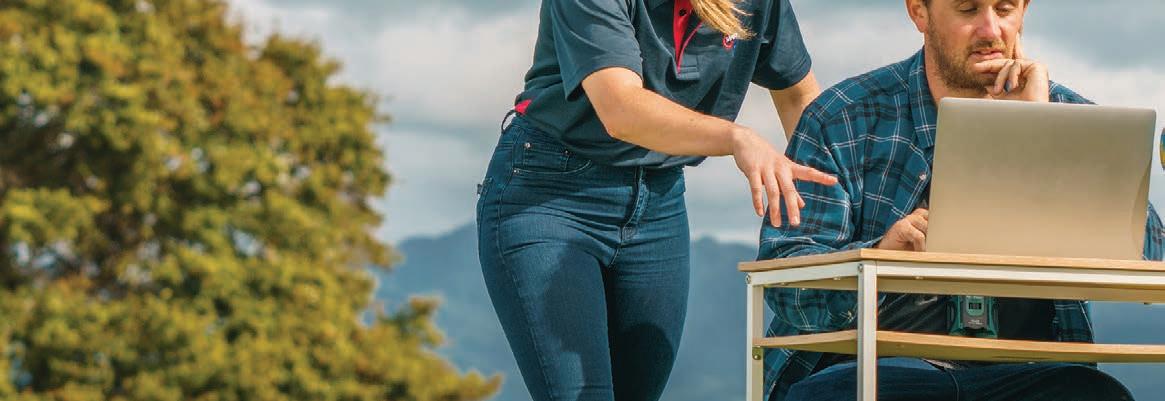













In a reversal of roles, a British woman works on the farm as a contract milker while her partner looks after their son.
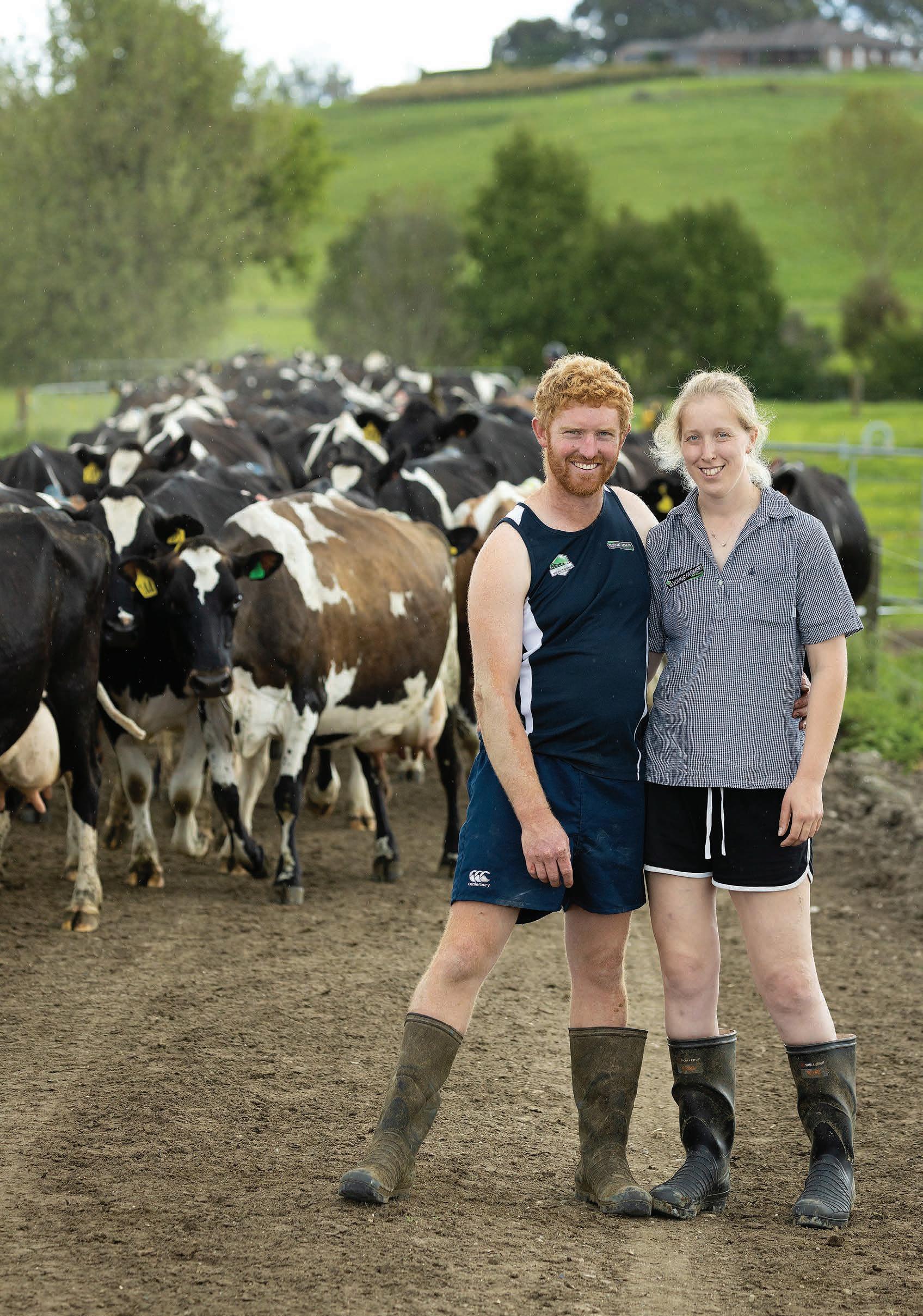
Despite what she thought she knew about farming, a Waikato farmer quickly learnt there are stark contrasts between British and New Zealand dairying. But with a strong work ethic and determination, nearly nine years after arriving she has forged a successful career in dairy farming.

Jen Hodgson is a contract milker on a 350-cow farm at in Waikato Okoroire, South Waikato, alongside her partner Scott Bonk and their young son.
It was the first morning after drying off the herd and even without her alarm Hodgson was wide awake at 4:30am. She lay staring at the ceiling wondering what she was going to do to fill her day. It was a weird feeling not having to get up to milk cows. Coming from England, she was used to having cows calving every week year round and there was certainly no such thing as a dry period.
The bright-eyed 21-year-old wanted to learn more about pasture-based systems and had jumped on a plane 10 days after graduating from Harper Adams University in Newport in the United Kingdom. She landed in Putāruru in October 2014 and had a return ticket booked for the following June – but more than eight years later she’s only managed a move slightly north of Putāruru, near Matamata.
“Despite the adjustment period, I fell
in love with the New Zealand seasonal approach,” she says.
“Back home you have to think about everything at once. Every week there are cows being dried off, calving, calves to feed, but here you can concentrate on each area separately.
“And it just makes sense to be milking the most cows when you’ve got the most amount of grass.”
NZ had popped up on her radar when a guest speaker talked about NZ farming during her second year at university. Plus there was a connection through her mum, who was born here while her grandparents spent five years working on a sheep and beef farm near Te Puke, so she thought it would be worth a trip.
She connected with an outfit called AgriVenture that places employees with employers internationally and they found her the Putāruru placement, but it was more of an experience than she had bargained for.
“It was a massive culture shock coming from home where we farm a System 5 and the farm I went to was a System 1.
“Even though I had been farming my whole life and studied agriculture at uni, I felt like I was starting all over again heading into a seasonal system.
“I couldn’t believe they had more than five cows calve each day and that the cows would be dried off at the same time and the shed would be turned off
• Farm owners: Oakville Farms Ltd
• Contract milker: Jen Hodgson
• Location: Okoroire, South Waikato
• Farm size: 90 hectares

• Herd size: 350 cows
• Production: 2021-2022: 192,388
• Production target: 20222023: 190,000
for a few weeks. It was such a strange experience.”
Hodgson grew up milking with her grandad before and after school back in England. Her family have been farming for five generations and during her childhood her dad and uncle worked two farms together, milking 500 cows between them. They tried to be as pasture based as possible, but because of the climate the cows spent a lot of time indoors.
Calving year-round meant there were always cows calving and a springer and dry mob as well as the milking herd. There was a daily routine year-round and milking was a bit more labour intensive with pre-dipping and wiping teats before putting the cups on.
Hodgson’s younger sister is involved with the home farm and about four years ago she converted it to a deer farm, farming venison.
“They got to a point where they needed to expand to continue to progress the dairy but it’s really tricky as you’re surrounded by other family farms and there aren’t a lot of opportunities to expand.
Jen Hodgson had just got her head around the foreign farming system and the art of staff management when she fell pregnant.
Hodgson milked right up until two hours before her waters broke and while she was in labour, she was writing the plan for the cows on the whiteboard.
Hodgson with son Stan.
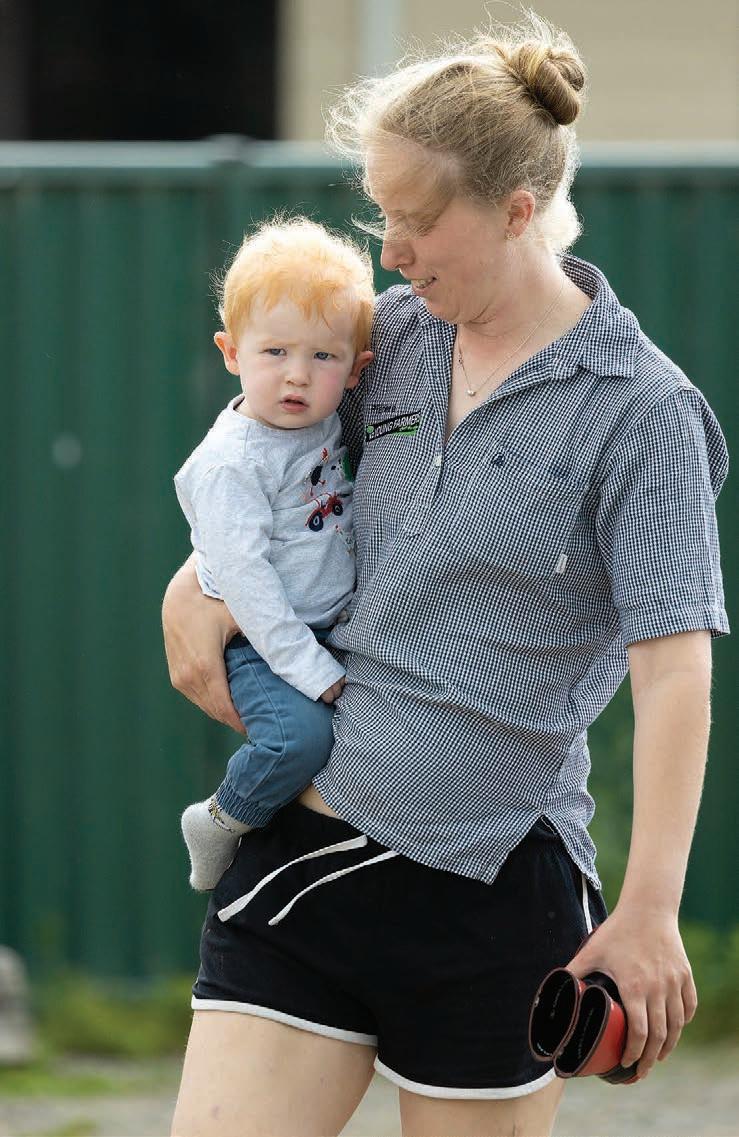
“So my sister and the family looked at the other options they had and deer was a good option and the dairy cows are still on my uncle’s farm.”

Despite the foreign feeling when she started farming in NZ, Hodgson quickly came to enjoy the different approach, so much so she asked to extend her original placement and spent 12 months on the Putāruru farm.

She began establishing a social life, tagging along with some of the neighbours to the local Young Farmers Club catch-up every Monday and getting involved with local sports like badminton and netball.
“Once I realised I was staying a bit longer I knew I needed to make friends, so I basically just joined anything anyone was doing.”
After 12 months she knew she still wanted to stay and decided to look for a position on a farm that was operating a more familiar system. She found a role milking 800 cows utilising a System 5 in Walton on the other side of Matamata.
“I’m glad I had the experience of a System 1 farm but I am definitely more into a System 4-5, I like high stocking rates and feeding cows more.”
The Walton farm had three herd homes and she jumped from farm assistant to 2IC and manager fairly quickly.
“That’s another thing I really like about New Zealand dairy farming, there are so many opportunities to move up the ladder and the flip side, and it’s also easier to walk away if you ever wanted to.
“Back home there are challenges with farms that have been in the family for generations and limited opportunities to grow.”
It was also during her time on the Walton farm that she met her partner, Scott Bonk. He was a diesel mechanic in the army based in Palmerston North at the time, and had come to Waikato with a friend for a Young Farmers ball.
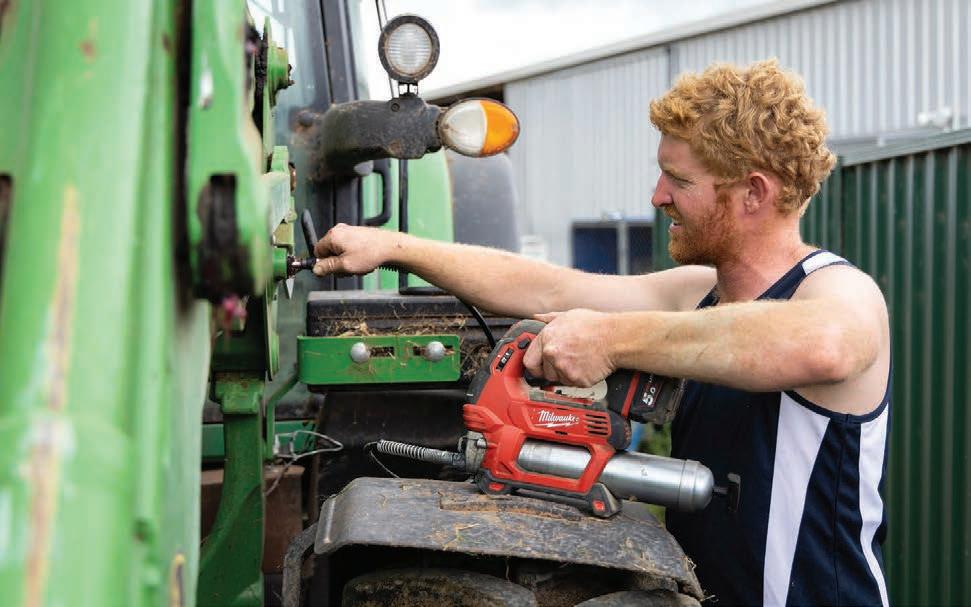
“I didn’t think anything was going to come of it but he had already planned to leave the army and just kept driving up on his weekends off till he finished and moved in pretty much,” she laughs.
Bonk grew up in the Bay of Plenty and although he had spent summers on a sheep and beef farm with a family friend he had never milked a cow before. But with Hodgson working every second weekend he quickly realised if he wanted to spend time with her he had to tag along to milking and jobs around the farm.
Here at Alleva Animal Health, we’re constantly evolving and innovating so NZ farmers have reliable products that outperform in the field. We’re proudly NZ owned, operated and offer world-leading parasite control solutions exclusively through vet clinics nationwide.
TURBO® Pour On is designed for NZ’s unruly weather conditions. Its world-first formula can help to achieve cattle weight gains ahead of winter and improve overall condition. Rain or shine, enjoy the ultimate parasite coverage.


She slowly got him doing more and more and he became good at bringing the cows down from the herd homes. She found he was particularly useful with machinery from his mechanic background.
When he moved to Waikato he worked for heavy equipment company Mimico fixing the crushers that do the roading gravel from quarries, and continued helping her over weekends.
After a few seasons in Walton, Hodgson started considering what her next step would be and by word of mouth, she stumbled across a contract milking opportunity with Oakville farms owned by the Van der Heyden family. They had recently purchased another farm in Okoroire and were looking for someone to run it.
“I knew it was a big step and I didn’t even look at the house when I came to see the farm. The people were more






important to me because I wanted to be sure our goals would align,” she says.
The plan was to spring calve 350 cows operating a System 4, which she found attractive but she had reservations about managing people.
“I was really concerned about the idea of employing staff, it just felt weird to consider myself as someone’s boss.”

But she had the backing from the Van der Heydens and she reached out to Primary ITO to see what training was available to help grow her knowledge and confidence. She completed the Agribusiness Diploma, starting with the HR module.
“The study really helped, I wasn’t worried about anything else as I had already done it at the other farm, and milking 350 cows and only calving once a year seemed a breeze but I needed
Available exclusively through veterinary practices nationwide. Visit www.alleva.co.nz for more information.



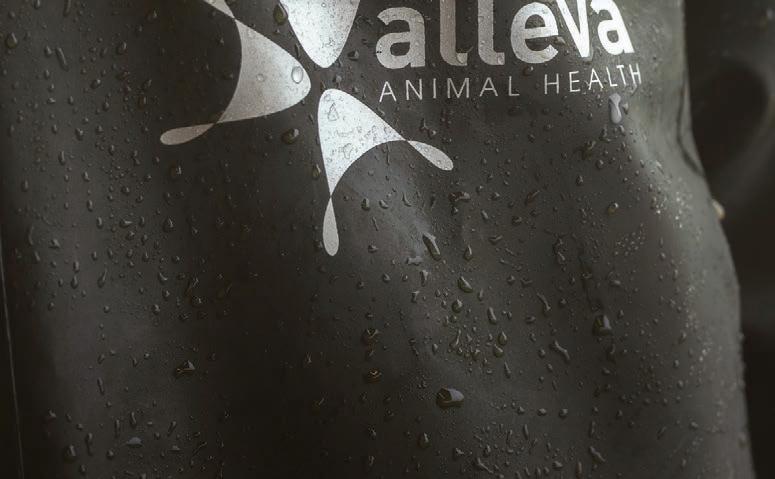
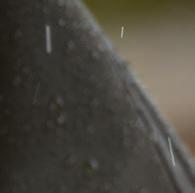
TURBO® is a registered trademark of Alleva Animal Health Ltd. TURBO® Pour On (A011722) is registered pursuant to the ACVM Act 1997. See www.foodsafety.govt.nz for registration conditions.

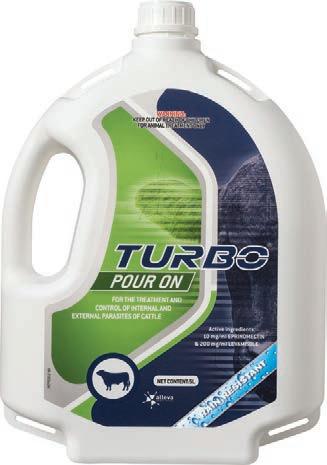
“I fell in love with the New Zealand seasonal approach. Back home you have to think about everything at once. Every week there are cows being dried off, calving, calves to feed, but here you can concentrate on each area separately.”
Jen Hodgson
Hodgson heads off to do some feeding out.
that boost to get my head around staff management.”





She began contract milking in 2019 and has appreciated the help and support from the farm owners.

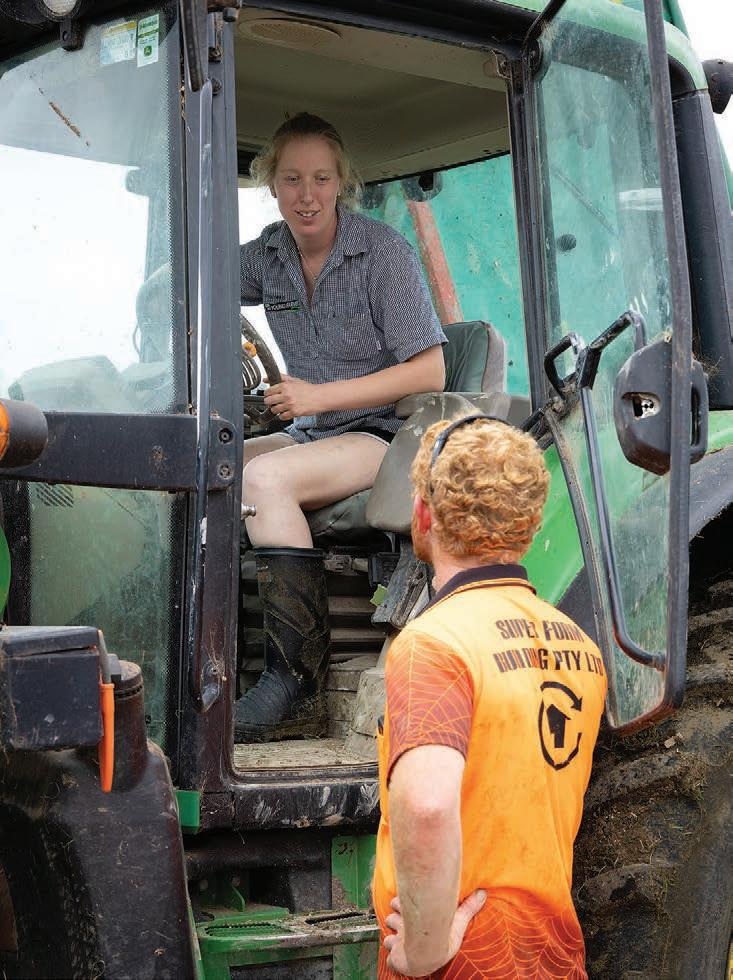
“I mostly work with Pete [van der Heyden] and he is a great boss, I can ask him anything and we talk things through which really helps my confidence.”
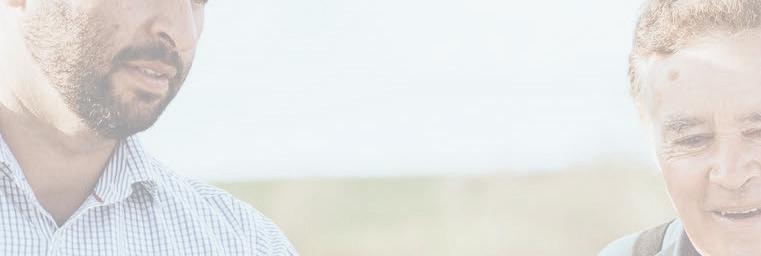


She had a farm assistant helping her on the farm and a relief milker for their weekends off or if she had something on. But when that assistant moved on for career progression Hodgson was caught short for a bit. She had another one coming from the US but they were delayed by the border closure.
“I thought it was only going to be
“I was really concerned about the idea of employing staff, it just felt weird to consider myself as someone’s boss.”
Jen Hodgson
closed for a short period so I roped a friend in to help through calving while I waited, but I ended up doing the rest of the season by myself with a relief milker.”
After she lost hope of the border reopening she tried to find another assistant and found more temporary help. But things started to get hard when she got pregnant with their son, Stan.
“I think I had four days off my whole pregnancy,” Hodgson says.
“I milked right up until two hours before my waters broke and while I was in labour I was writing the plan for the cows on the whiteboard as I knew I’d be gone for a few days.”
After Stan was born, Bonk took parental leave from his role with Mimico so Hodgson could stay home for a bit. It was a crash course in farming as, although he had spent weekends helping on the farm, he had never had full responsibilities.
“I was in the deep end, I basically skipped the worker stage and had to learn a lot really quick,” Bonk says.
“I hated milking at the start but it got better as I did it more, especially because I started noticing things about different cows and learnt a bit about them.
“It changed my whole mindset, to stop seeing them as a factory and enjoy them as animals with different personalities.”
Having Bonk step into the farm role helped Hodgson develop her people management skills even further. Until then she had not realised what newbies go through with learning about handling stock and all the bits that go with it.
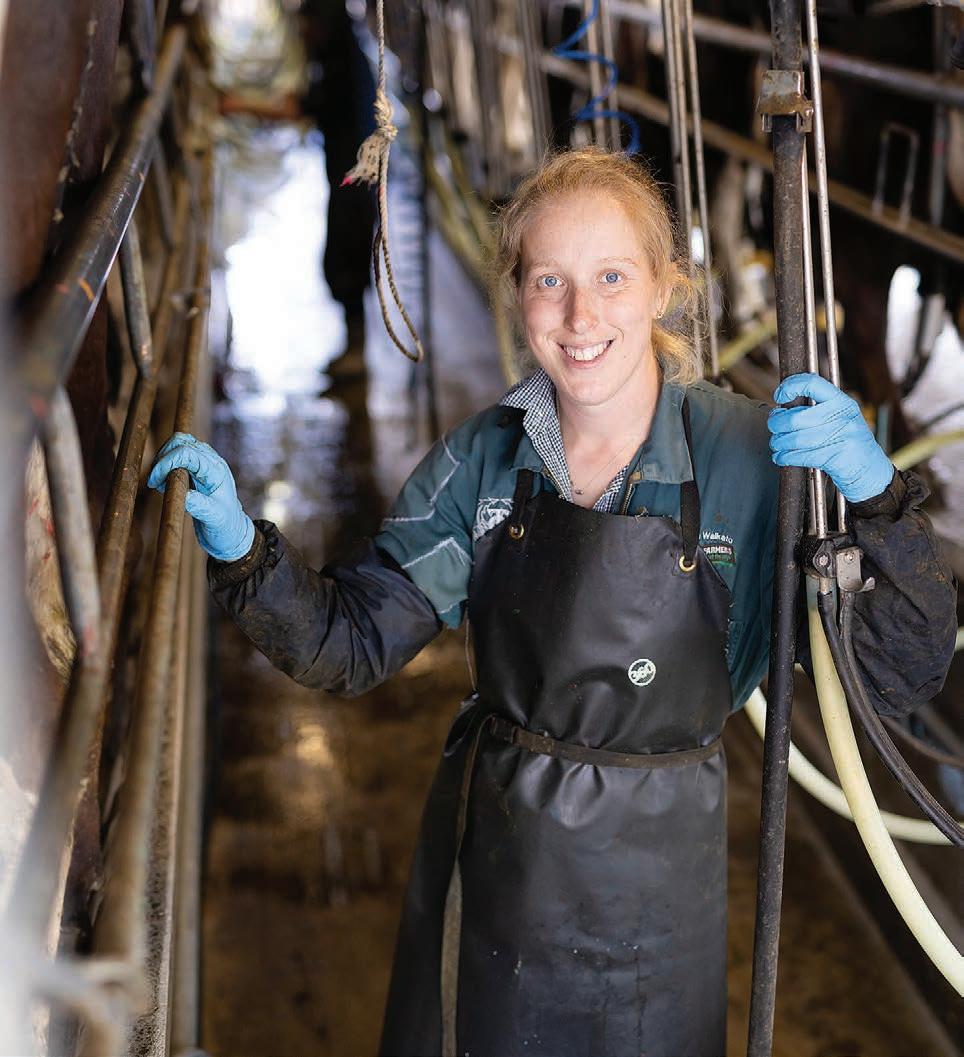

“I had to learn to look at farming through Scott’s eyes,” she says.
Coming from England, Hodgson was used to milking cows year-round and found the concept of drying off and not milking, foreign. Hodgson in the milking shed.
“I realised a lot of things aren’t obvious and I think that was my biggest obstacle, assuming he would just know, but it was a real eye-opener for me when I had to explain what milk fever was and how to bag a cow, five days after I had Stan.
“There were so many things I took for granted because I grew up on a farm myself; I never really thought about what
others might not know.”
The whole experience has helped her become more aware and a better manager.
“It really has helped me be better at managing people, having that appreciation of knowledge gaps.”
She was still involved with the farm while she was tending to a newborn and kept up with the paperwork and matching cows and calves during calving. She was back in the shed in time for mating for heat detection and as soon as she was strong enough she was back doing most of the daily tasks.
“Mating was like my deadline, I knew I had to be back for morning milkings to detect heats.
“As much as I love Stan, I also love farming and it was my time out when he was really little. I was very thankful to have the option.”
They used the 12 months after Stan was born as a trial, to see if it would work having Scott involved with the farm while still having the option for him to return to his job if he needed to. But they found their different skill sets complement the farming business.
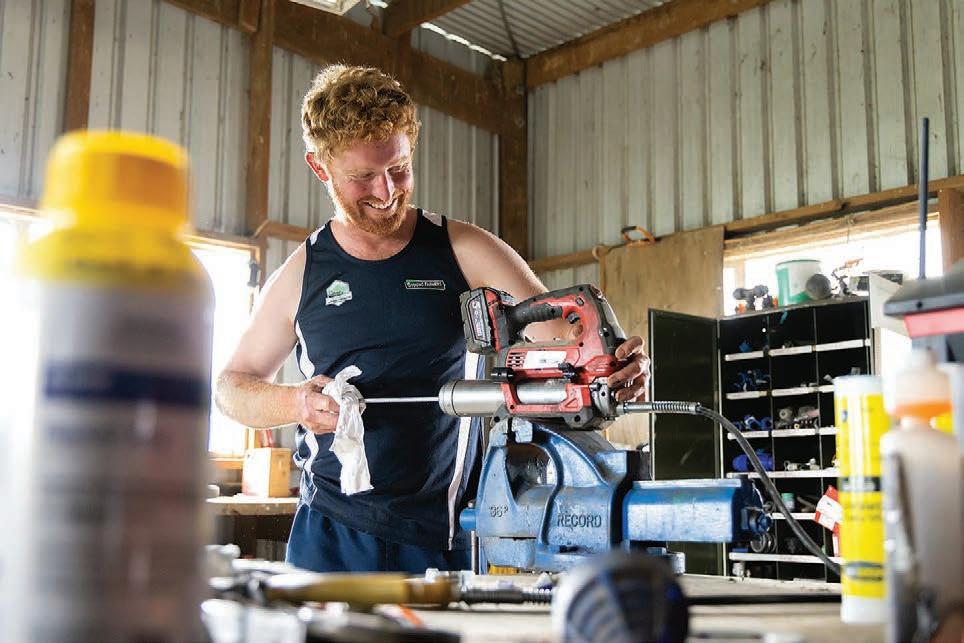
“I’m cows and grass and Scott is

machinery, it works well that we have different interests.
“And I think being able to get through calving and mating with a newborn and still being on speaking terms made us realised we could do anything,” Jen laughs.
Scott has come to love farming now too, he enjoys working outside and appreciates the freedom of running a farming business but it has been an adjustment with the nature of getting tasks done.
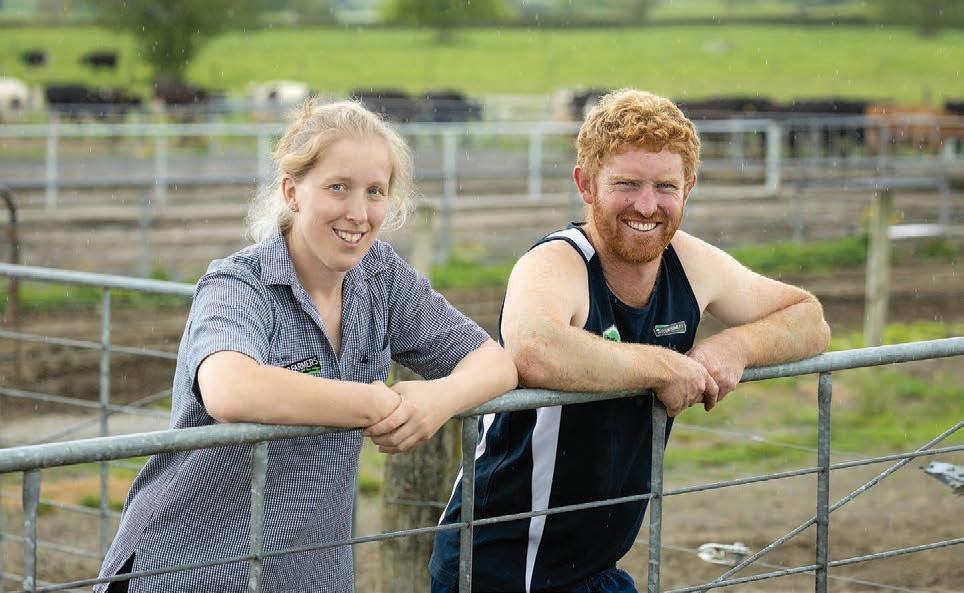
“I came from the army where everything was planned and had to be perfect but with farming nothing ever goes to plan,” Scott says.
“You can start the day with your list of tasks and be lucky if you get one completed, but I still reckon even the worst days farming are still better than the mechanic ones.”
He is pleased he made the shift and they are enjoying how it works for family life.
It was the November after Stan was born in 2021 they found their current farm assistant, Jake Humphries and he has slotted into the team well. They really put him to the test after he had only been with them six months when they headed to England to spend a month with Jen’s family but he coped fine and has stuck around since.
“We have a great team, Jake is very capable of doing the day-to-day work and it’s a relief to have a bit of help,” she says.
“And even though we are technically overstaffed it has been a great
opportunity to get ahead on farm maintenance and other bits and pieces because I’ll be off farm again soon when baby number two arrives in April.”
The Okoroire farm is 90 hectares with a 30 aside herringbone shed with the 350 cow herd that was put together when the farm was purchased. They are producing 549kgMS per cow and 2137kgMS per hectare. They recently changed to split calving with 48 cows in the winter milking herd.
“Moving to split calving made sense because we have the feed, we tend to milk as long as we can and dry off by calving date and the withholding period on the dry cow therapy, so they were only dry a couple of weeks before the heifers
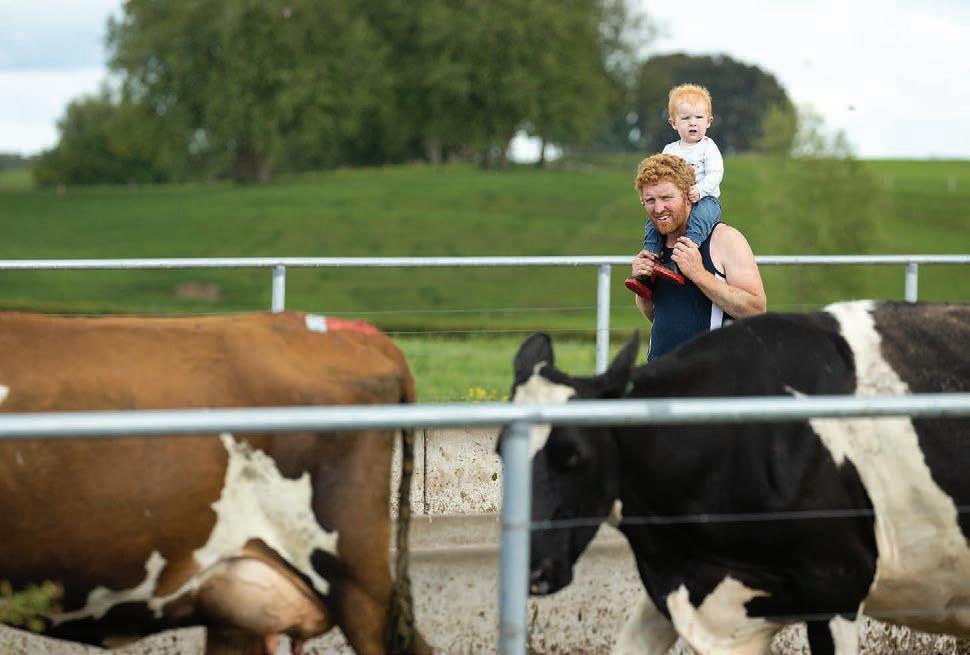
would start calving.
“This way, we still have some cows milking which helps the heifers when they come into the shed in the beginning, which is just an added bonus.
“Pete was already familiar with split calving from his other farm and I am very happy to milk year-round so it just works.”
Once the herd has finished calving in early September, she splits the herd based on age and body condition. The younger and skinnier cows go together in a mob so there is less competition and she is able to preferentially feed them. She finds it sets them up better for mating and reduces lameness.
Both herds go onto the feed pad twice every day before milking and the feed varies throughout the season based on the amount of pasture they are able to eat.
She aims for around 21kg of dry matter per cow per day, which starts with pasture and gets topped up with maize and palm kernel, and some bought-in sunflower seed gets added in autumn.
She uses the LIC SPACE programme to monitor pasture production and keeps an eye on what is happening in the paddocks as well. Their feed can be adjusted daily if she feels they need a bit more to reach the 21kg DM goal.
“Pasture is always first and I’m always monitoring the residuals and the herd’s behaviour and if I think they need more I’ll give it to them,” Hodgson says.
“If it’s wet, for example, they might not eat as much in the paddock so I’ll give them a bit more palm kernel, or maize depending on what our FEI is looking like.
“Or if they don’t seem settled I’ll move their break to give them a bit more grass in the evening. I’m always keeping an eye on what’s going on.”
Half of the maize is grown on the farm, with an average yield of 22t per hectare. They have planted 14ha this season and 2ha of that is an early-maturing variety as they expect to be short, so they will need some earlier than usual. Typically they plant as much as they can without impacting their grazing.
The farm is low lying so it holds well through the summer dry periods but unusually wet soil this spring has meant the grass was slow to get started and they have had to top up with additional supplements.
“We usually budget around 1t of palm kernel per cow, but this season we will probably end up using more which is okay because I’d rather the cows were full and happy.”
blanket mated to dairy semen then Jersey bulls are put out for three weeks and all of the calves are sold around four days old.
Around the same time Hodgson started thinking about contract milking and their future in farming, she and Bonk were looking at options to help build some equity. They bought a block of land in Tirau in 2018 and subdivided it and built three houses on it.


“The priority, for now, is family and we know we’ve got it really good where we are. It’s perfect for family time and working for the right people is more important than money.
“If the right sharemilking job came along we would consider it but it would have to be really good.”
In spring, mating is 11 weeks of artificial insemination using nominated semen. The bigger, more Friesian cows go to Jersey straws and the smaller, more Jersey cows get mated to Friesian. They are targeting an efficient, lowmaintenance crossbreed cow. Anything with low breeding worth or undesirable udders gets mated to beef semen, which has been Charolais, and after about six weeks of replacement and beef semen they switch to short gestation.
Typically, the six-week in-calf rate sits around 72% and they keep about 65 replacement calves and sell the rest. They collect calves once a day and feed everything gold colostrum when it gets in the shed and are fed twice a day until they move outside after about six weeks. They run them in two mobs, split by condition, and once they are weaned they head to a support block that Pete’s son Richard has recently purchased 10km away.
All of the beef calves are sold at around 10 days old, mostly to local buyers, but any excess gets sent to the sales. In autumn, the herd is synchronised and
“We wanted our money to do something for us, so property seemed like a good option.
“If we didn’t have that I think we’d be feeling pressure to go sharemilking, which is on the cards someday, but we can’t do a new baby and a new farm in the same season.
Proud of the progress she has made since that first foreign experience drying off a herd, Hodgson is enjoying her farming life in NZ.
At times she wishes she was closer to home but with the border open she has more opportunity to see her family. And she appreciates the opportunities to combine building her own family while keeping her farming passion. n
“As much as I love Stan, I also love farming and it was my time out when he was really little. I was very thankful to have the option.”
Jen Hodgson
A 100-year-old farmer may have stepped back from farming full-time, but he is not letting the grass grow under his feet.
ATARANAKI farmer who late last year celebrated his 100th birthday has slowed down but is still hands-on when it comes to the farm.
Norm Johnson was brought up during the Great Depression and he feels it shaped his view of the world. It showed him that being frugal and never spending money that you don’t have are good qualities for a farmer to possess.
He has lived through the reign of five monarchs, several wars, including World War II, and seen huge changes in the world. He has never married and will never clock up a vast number of air miles points: the sum total of his travel is a visit each to Hawke’s Bay and Auckland. Being brought up through the austere and
sometimes challenging times has taught him to treasure life’s simple pleasures.
“When I was a youngster I travelled by bus and train to visit a friend in Hawke’s Bay. I had cards and envelopes to hand to different people along the way and thought ‘What a load of humbug this is.’ I travelled for many miles and thought that there was no need for it,” Johnson says with a wry laugh.
Having recently celebrated his centenary, Johnson still regularly visits the cowshed – and until two years ago was still milking. Now that’s the job of farm manager Piet Robbertze.
An only child, Johnson was born at Kaponga Hospital. “I was born on the 24th October so Mother was in labour on Labour Day,” Johnson says.
He has lived on the farm for 93 years. The family lived at Kapuni South Taranaki, where his father worked as a factory manager at one of the eight Okaiawa based TL Joll Co-operative Dairy Company factories.


“Dad became the Tempsky Road factory manager as a 20-year-old. He had very little formal education, but had qualified as a boiler maker, milk grader and dairy factory manager,” Johnson says.
He has seen vast changes in New Zealand’s dairy industry. He fondly remembers taking milk cans to the factory with a horse and dray. Now dairy companies use tankers able to carry 28,000 litres of milk.
Taranaki has gone from having many local dairy factories, often one at either
Little communities surrounded them; and there was often a factory general store too. Those factories were the hubs of the community, and those communities provided the pupils for the many country schools.”
end of a road, to one servicing all of Taranaki and further afield.

“When I was young there were factories everywhere. Little communities surrounded them; and there was often a factory general store too. Those factories were the hubs of the community, and those communities provided the pupils for the many country schools.”
The Johnson family were as selfsufficient as possible during the Depression and war years. They grew their own meat and vegetables and kept white leghorn chickens for their eggs.
“Mother had a massive vegetable garden and I delivered the Hawera Star newspaper in the afternoon for 7/6d [seven shillings and sixpence] per week plus a free daily paper.”
His paper run was a 16km bike ride around the district. A keen sportsman, Johnson was a long-distance runner and played high school first XV rugby and first XI cricket. A contributing factor of his fitness must have been the 54km bicycle round trips to Hawera for his matches.
“It was a long way when you had to
cycle to town, play a game of rugby, cycle home again and then deliver the papers. I’ve always had asthma and diabetes and need to have a few sweets in my pocket or risk passing out.
“That once happened during milking. Thank goodness a passer-by checked on me after seeing the cowshed light on at an ungodly hour. They found me unconscious and called an ambulance.”
Johnson’s father bought a 40.5ha farm around 1929 and employed a sharemilker for two years until leaving his managing role to farm fulltime.
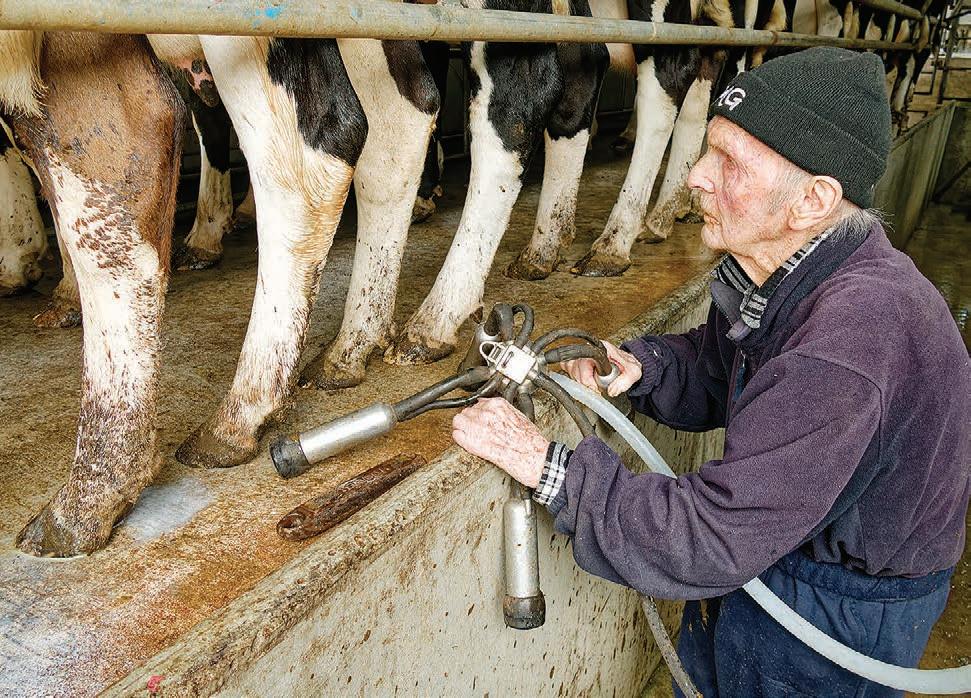
Leaving the security of the manager’s job to become a farmer during uncertain times when money was scarce was a big step.
“Dad was dealing with farmers every day and noticed how they’d been able to advance and show a profit, and he felt
that he could do the same,” Johnson says.
“We started off with a mixed six-cow herd and bred up to a 12-cow herd. Dad bought whatever cows he could afford, but took a hankering for Friesians. Being a factory manager, he always said that there was too much fat in high-testing milk, and that lower testing milk was the best for cheese making.”
This was going against the trend as Jerseys were the predominant dairy breed then. Many of the neighbouring farmers shook their heads in disbelief as he transitioned to Friesians.
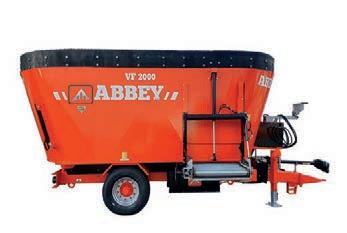

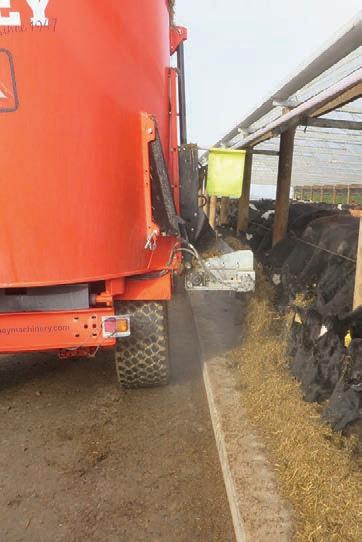
As soon as he could, Johnson began working on the farm with his parents.
“There was always something to do and I did whatever I was told to do, but never had to milk before school.”
“When I was young there were factories everywhere.
The family bought three pedigree Friesian heifers and a bull from a Greytown breeder and that was the start of their Ratanui Friesian stud. They regularly showed their cattle at the Hawera A&P Show. Johnson hasn’t been registering his cows for some time now though, due to the amount of work it entails.
“Many Friesian cows were heavy milkers but a bit low in test, so we tried our best to improve them. We aimed for a 4% milk fat test.”
By the time Johnson was 10 years old he was taking the milk to the factory in a horse-drawn wagon.
“Later on we used the tractor to go to the Mangawhero Road dairy factory, which was only just across the road from the farm. I built a trailer that was level with the factory loading stage. The trailer had no sides, enabling us to roll the cans straight onto the stage.”
A railway station was situated at the back of the farm. It was 1.5ha in size and cost Johnson’s father the princely sum of £22,000.
“We could then get our super phosphate fertiliser delivered to the station, store the bags in the big goods shed, and use them from there.”
Johnson completed three years at Hawera High School before starting work full-time on the farm at 15 years old. This was near the end of the Depression, and finances were still tight throughout the country.
“One day Dad said to me, “Norm, I’ve got something to put to you. I can’t
afford to pay you wages and pay off the mortgage too. What do you suggest?” Johnson says.
“I said ‘Forget about me, Dad.’ So I continued working for a bit of pocket money so they could still pay off the farm.”
In 1938 and 1939, Johnson did Home Service in the New Zealand Army and became a sergeant and instructor. One of his specialties was the use of explosives and he was very proficient at using gelignite to cut railway lines in half.
“My health wasn’t good but I enjoyed the army. The army in peacetime is a great place and a good place to learn a trade.
“My father said that if I was going to do Home Service then I may as well come home and do it on the farm. He applied to get me released and the magistrate agreed.”
Johnson took over the running of the farm in the 1970s after his father passed away. His father was a smoker, and had severely damaged his lungs to the extent that he often needed oxygen. Johnson had been taking on the extra work as his father became more debilitated, and took over the farm on his passing.

During his father’s last years, Johnson would get bottles of oxygen from the hospital on a frequent basis. One day he visited the hospital and was told that they wouldn’t be supplying him with oxygen anymore.
“I raced home to tell our doctor, who told me to go to the garage and pick up a big oxygen bottle and he’d help me get it
into the house. “Waiting for him seemed like an eternity, so I got to work and managed to carry it inside.
“The doctor asked me who helped carry the bottle in and I replied, ‘No one, my father wanted me, he needed me, and would’ve done the same for me.’
“But Dad was already unconscious and he never recovered. He was in his 70th year.”
After farming for 93 years, Johnson has witnessed huge changes in the industry. One of the biggest has been the summer task of haymaking.

He began farming when horses were still being used for haymaking. It was an era when everyone pitched in to help one another out. This was especially so at haymaking time, when a number of farms would work together to harvest each other’s hay. This made it a very long season.
Very early on Johnson bought an Allis-Chalmers tractor and fitted a hay sweep on the front. He also bought a McCormick-Deering stacker that could hold two sweep loads of hay.
“I attached a hydraulic lift to the tractor to lift the sweep. The stacker didn’t have grabs, so you could drive onto the stacker cradle, and a horse lifted the stacker
“I never married, so instead of spending money on myself I’ve helped others. I loaned people money when they’d found the opportunity they’d been looking for, but the banks had turned them down.”
load of hay up onto the stack.
“We had a big bay Clydesdale with a white blaze on his face and four white feet who could pull the stacker up without being led. He would go back and forth a couple of times to form a track, and continue to follow it for the rest of the day.”
Johnson was a pioneer of once-aday milking but was 60 years ahead of the trend. When he began the milking regime more than 60 years ago, there was no one to ask for advice. He had to forge his own path in farming.
“Everyone told me we’d be dry by Christmas or ruined by mastitis. None of that happened. We were always diligent about disinfecting each teat and it certainly kept trouble away.
“When you milk once a day you’re pleased to see the cows and they’re very pleased to see you, and it’s not as hard on the cows as milking twice a day.”
He knows what it’s like to experience hard financial times, and instead of buying more land he’s helped scores of people into their first farms. Those he’s helped have been incredibly grateful for his assistance and most still keep in touch with him.

“I never married, so instead of spending money on myself I’ve helped others. I loaned people money when they’d found the opportunity they’d been looking for, but the banks had turned them down.”
“I can’t fathom why they were turning these people down, because those that I’ve helped have been no trouble at all. They paid me good interest though, so everybody won.”
Johnson encourages other farmers to help young people get ahead in the industry. He’s enjoyed seeing those he’s helped progress through the industry and has found it an extremely gratifying experience.
He is always happy to pass on some of the wisdom he’s gained in his years of farming.
“You’ve got to try to keep your debt down and try not to buy things until you can afford to pay for them. It’s better to be too careful than too rash because paying interest is just money down the drain. If you look after your farm it grows in value,” Johnson says.
“Farming is like a long distance race, you never give in. It’s not an industry to get into if you think you’re going to make money overnight. Get yourself educated. But life will educate you if you’re observant. If you try as hard as you can, there’s no reason why you can’t succeed.” n
With DeLaval VMS™ you don’t have to change how you farm, just how you milk.
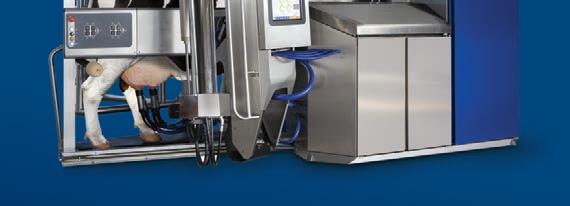






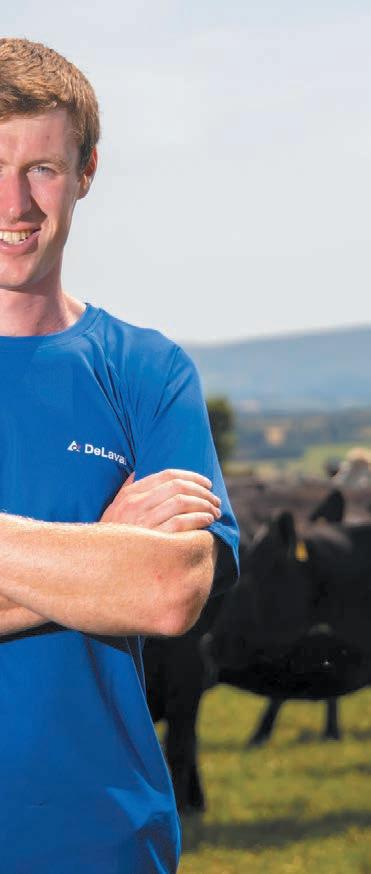
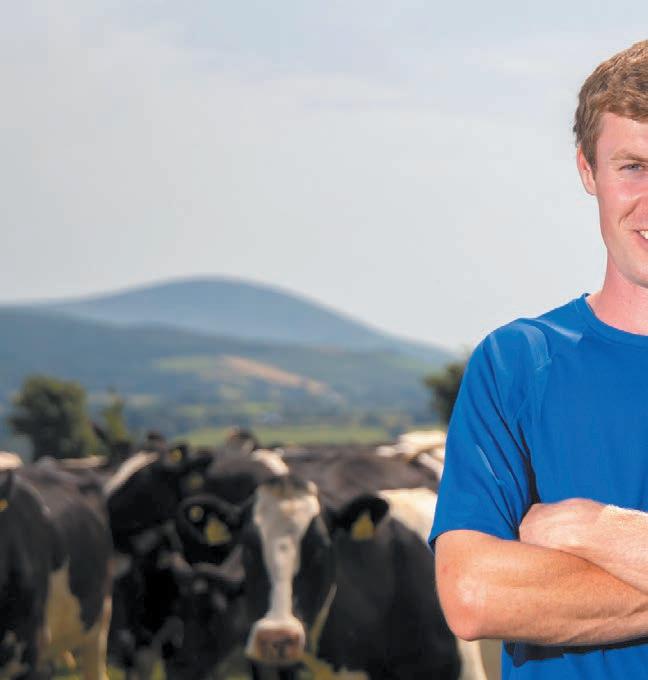
Same Cows. Same Pasture. Still Twice-a-Day. No Milkers.
calculate your farm’s numbers. Different reports will include different information, but the main ones reported are the “key numbers to know” mentioned above.
Once you know your numbers, one of the key things to do is benchmark against other farms.
the same way, but your numbers are not the same as your neighbour’s. So, once you know your numbers, look at your farm system and consider where you can create more efficiencies.
There’s a lot of policy talk at the moment that has many farmers considering what they can do now to adapt for the future.
One of my key pieces of advice is to understand what your key profit and environmental numbers are, to identify improvements in your farm system. It may seem a little overwhelming, but by breaking it down you can easily get to grips with your farm numbers, and what these mean for your business.
What are the key numbers to know?
Some of the environmental key indicators are purchased nitrogen surplus, nitrogen conversion efficiency, emissions per milk solid (GHG/kg MS) and methane, while your profit is analysed through operating profit per hectare.
Where do the numbers come from?
Your metrics and farm numbers are calculated from data you have already collected and submitted to your dairy supply company or consultant to meet regulatory requirements.
Those companies then input your information into programmes or models, such as OverseerFM or the AIM model, to
This can be done through the environmental reports from your dairy company, which contain benchmarks to help understand where your business fits, compared to others.
These benchmarks give an indication of what good looks like so you can see where you need to be, if you aren’t already there.
Find the areas that need the most attention, such as nitrogen fertiliser, imported feed or effluent, and determine what adjustments can be made to become more efficient and adaptable for future.
For example, a significant driver for methane emissions is total feed eaten, so this may be something to consider on your farm.
Any practice that increases feed use efficiency will reduce emissions, without affecting farm profitability.
This would include reducing the amount of feed going to unproductive animals by improving reproductive performance or reducing feed going to maintenance, by increasing per-cow production.
DairyNZ has a range of resources to help, including regional graphs to plot your information on, allowing you to compare your farm at a regional level for operating profit, methane emissions and purchased nitrogen surplus.

DairyBase also allows you to gain a full analysis of your farm numbers, including benchmarking farm profitability.
You might think everyone operates
Our DairyNZ regional teams are always happy to help, so if you have any questions or want support, contact your local team.

DairyNZ is running regional benchmarking events in March and April, so keep an eye on your local DairyNZ events calendar and come along.
More information is available at dairynz.co.nz/knowyournumbers


“Once you know your numbers, one of the key things to do is benchmark against other farms.”Understanding key profit and environmental numbers helps farmers to identify improvements in their farm systems.

Changes to the Essential Freshwater 2020 wetland regulations, which will come into effect in 2023, will help farmers continue to invest in wetland restoration, and provide better wetland restoration, maintenance and water storage options for farmers according to DairyNZ.

“We were concerned about initial government proposals that had regulations applying to constructed wetlands,” says Dr David Burger, DairyNZ general manager for sustainable dairy.

“It made getting consents for constructed wetlands difficult for farmers and could have discouraged them from creating wetlands that would benefit the environment. This has now changed, which is positive for farmers and the environment.
“The changes are timely, as more farmers are looking to reduce their environmental impact, and there’s growing interest in re-establishing and constructing new wetlands,” Burger says.
DairyNZ continues to encourage farmers to invest in wetland restoration due to the environmental benefits. Its water science team works with other science organisations to increase understanding of wetland performance and how farmers can best place new
wetlands in catchments.
Wetlands can significantly reduce nutrient and sediment losses on farms and improve water quality. They also boost biodiversity and can provide a habitat for birds and fish. A constructed wetland about 1% of the catchment size can remove an average of 20-25% of nitrogen and 50% of sediment.
In initial regulations, resource consents were not obtainable for construction of any water storage infrastructure that could adversely impact the extent or values of a wetland.
The new consenting pathway has several conditions, including that the water storage infrastructure needs to provide significant national or regional benefits. These conditions set a high bar for the development of water infrastructure in and around wetland areas and are an improvement on previous regulations, which prevented farmers from creating storage structures if they would adversely impact the extent of or values within a wetland.
“The change addresses concerns raised in DairyNZ’s 2021 government submission on proposed wetland management changes to the Resource Management (National Environmental Standards for Freshwater) Regulations 2020,” Burger says.
DairyNZ also made a joint submission with Fish & Game New Zealand on aligned positions and continues to support farmers wanting to protect and restore existing wetlands.
Tools are available to help farmers manage and improve wetlands on-farm, such as the Constructed Wetland Practitioner Guide – Design and Performance Estimates, which contain information on designing and constructing wetlands.
Interested farmers should contact an environmental consultant to work through the guidance and seek regional council advice about consents and funding opportunities.
“The changes are timely, as more farmers are looking to reduce their environmental impact, and there’s growing interest in re-establishing and constructing new wetlands.”
Dr David Burger

Could mismatched calves be making things a bit hit and miss? Get the success you need with Genemark, LIC’s DNA parentage testing service, to make sure the right animals are in your herd. With whole herd testing, you can confirm you’ve matched the right calves, so you know you are investing in the right animals.
Or stack up your testing options and add an animal’s own DNA information into the mix with the Genomic Evaluation service. This robust analysis provides a more reliable prediction of an animal’s performance so you can try to identify your top performers at a younger age and drive your genetic gain, without chancing your arm.

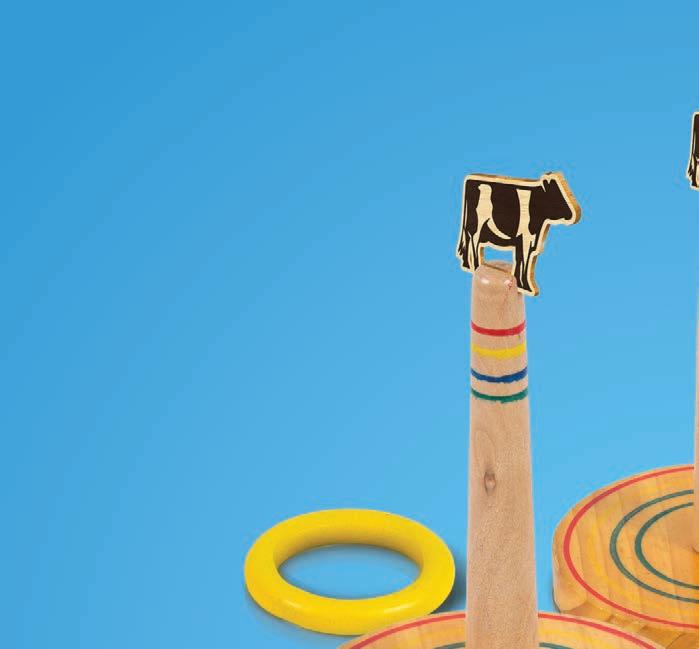
Talk to your Agri Manager about making sure you’re landing the gains you want with our GeneMark® and Genomic Evaluation services.

There's always room for improvement
There are steps farms can take to ensure their heifer calves reach their full potential – and they start with stock movements on and off farm.
Growing heifers that go on to meet their full potential when they join the herd can be a challenge but there are several things a farmer can do to ensure the heifers are well grown and healthy.
A Smaller Milk and Supply Herds field day held late last year at Andrea and Thomas Annabells Hāwera, South Taranaki, farm was designed to help farmers hit their heifer targets.

The field day featured a number of speakers, including Dallas Nelley, a largeanimal vet at Taranaki Veterinary Centre’s Pātea Clinic, who explored the factors
that go into producing well-grown heifers.
Nelley spoke about heifer health issues of parasites and farm biosecurity.
Parasite burden is by far the most common problem that Nelley sees on farms. In theory, every farmer should undertake faecal egg counts, but he has performed very few in 25 years of vetting.
He emphasised that farmers must at least have a drench plan, and not just drench whenever they feel like it.
“A quarantine drench should be used on any animal that comes onto a farm. The farmer should do it even if the
previous owner has said that they were recently drenched. You need to drench them with something that you know works, so you know it’s been done,” Kelley says.
“You wouldn’t believe how many times I’ve talked to farmers and been told that they’d recently drenched their stock, and it turned out that they’d been drenched six months ago. You must be in control.”
A triple combination oral drench is the ideal quarantine drench, but most farmers tend to use a double pour-on.
“There is now resistance to all of the drench families. You need a thorough
understanding of your system, because eventually it’s going to become an issue for every farmer if they’re not aware of it and know how to manage it.”
“Refugia” refers to a population of parasites in the environment that hasn’t been exposed to anthelmintic drenches. These worms have no drench resistance, and by remaining in the environment (either on the ground or in the animal) they provide a population of worms that are still susceptible to drenches.
“There are many ways of achieving refugia. It can be created by not drenching your best animals, because they don’t need it, due to them having non-resistant worms. Or you can drench them and put them back into the same paddock instead of a new, clean paddock, so they eat the non-resistant worms straight away.”

If you drench stock and put them somewhere clean, the worms that are left (1-2%) and the animal is still carrying, can only breed with the resistant worms. So, you breed the population a great deal faster towards resistance.
“If you drench them and put them somewhere ‘dirty’, or don’t drench some of the animals so some cows have got resistant and non-resistant worms, they’ll breed, and the number of drenchsusceptible larvae will significantly outnumber the drench-resistant population.”
He also highlighted biosecurity as a major animal health issue, saying stock movement is the number one biosecurity risk. Bulls travelling between and onto farms pose one of a farm’s highest biosecurity risks.

“Grazing blocks are very prone to contracting diseases because graziers often receive stock from many farms in many different localities. They also receive bulls. Bulls are often the most disease-ridden animals imaginable, and can carry all manner of diseases,” Nelley says.
He emphasises the need to have a very good relationship with your grazier and to never be afraid to ask them to explain their biosecurity protocols. You must

know your bull buyer well and trust them implicitly.
“Here in Taranaki, for example, bulls come here from all over the country, including the South Island. Many have already done a season on a farm. So, unless you run your own bulls you don’t really know their history.
with the heifers. However, usually the bulls come off the truck and go straight in with them.”
Most farmers are familiar with the disease bovine viral diarrhoea (BVD) and every bull should be tested for it and vaccinated against it.
“We had one case where a farmer lost 35 out of 100 heifer calves because they used a bull that they were told was vaccinated and tested but wasn’t.”
Theileriosis is another disease to be aware of. It’s a disease caused by a species of theileria (a blood-borne parasite) that affects only cattle and is primarily transmitted by ticks. Nelley has tested more positive bulls than negative.
“One farm used cow monitoring boluses and they were constantly getting decreased rumination alerts. It turned out that theileria was going through their herd again. They wouldn’t have known if it wasn’t for the boluses.

“When the bulls are put in with the heifers, they see many animals at once, so you need a good idea of where they’ve come from. Ideally you should wait three to four weeks before putting them in
“I could give you examples of farms that have lost around 40 cows in a year with theileria. It’s not really heard of a lot, yet it’s quite common in south Taranaki.”
When bulls or any other stock arrive on your property you must remember that it’s your property, and you’re in charge.
Ask your grazier to use the same vet that your farm uses, if at all possible. This gives a continuity of care and everyone, including the vet, knows what’s happening at each property.
Farmers can eradicate some diseases that occur on farm, but not drenchresistant worms. Theileria is the same, says Nelley: “Once it’s on your farm it’s there forever.”
Nelley knows of an instance where a farmer bought one BVD-infected cow from a sale and had to put down 35 heifer replacement calves.
“You don’t hear of those cases because very few farmers want to talk about them.
“About 75% of biosecurity issues are caused by stock movement. Of the other 25%, 12.5% is made up of ‘across the fence’ disease infections. It’s not as big a risk as stock movement, but still a considerable biosecurity threat.” n
For tips and ideas, visit farmstrong.co.nz
Largeanimal
vet Dallas Nelley says parasite burden is by far the most common problem he sees among cattle.
“We had one case where a farmer lost 35 out of 100 heifer calves because they used a bull that they were told was vaccinated [against BVD] and tested but wasn’t.”
Dallas Nelley
Tweaks to the Welfarm programme will ease the administrative burden on farmers when completing their Animal Wellbeing Plan.
Asimple solution to help farmers complete the animal wellbeing part of their onfarm assessments is now available thanks to a new relationship between WelFarm and Fonterra.
We have just established an automated link that allows us to notify Fonterra when a farm has completed an Animal Wellbeing Plan with its vet through WelFarm, so there is one less piece of paper that Fonterra suppliers need to gather when preparing for their assessment.
And the plans are stored in the WelFarm portal so when farms do want to refer to them, they can easily log in to find it, which saves sifting through emails or requesting another copy from the vet.
The WelFarm Animal Wellbeing Plan template was developed in 2021 in response to the updated requirements from Fonterra for the Co-operative Difference.
We recognised WelFarm was in a
unique position already connecting vets and dairy farmers through the wider WelFarm programme, so it made sense to include a simple method to help them develop their Animal Wellbeing Plans and leverage their data further.

The WelFarm programme is a framework for proactive herd health and welfare management for a dairy herd. It has a simple reporting method and provides regional and national benchmarking through the web-based platform that gives context to herd data.
The programme supports the relationship between the dairy farm and veterinarian, helping vets provide tailored advice and support.
If a farm is using the wider programme, some of its metrics feed into the Animal Wellbeing Plan directly, which gives vets and farmers more information to discuss as they develop their plans.
The consistent approach to developing plans is valuable for farmers, Fonterra and the wider sector and using the
system gives peace of mind as the template is live and gets updated as Fonterra’s requirements evolve. This saves any back and forth if any updates were missed.
The WelFarm programme is available through a number of vet clinics across New Zealand and more clinics join regularly. We encourage farmers to ask their vet if they are already part of WelFarm or if they would consider joining.
We are also looking at other potential connections to support automatic data sharing to reduce the administrative burden and give farmers even more value from their herd health data. n
Talk to your vet about getting your next Animal Wellbeing Plan through the WelFarm portal and find out more at welfarm.co.nz
Samantha
Tennent is the general manager of WelFarmautomated link that will notify Fonterra of their completion.
Vets can help farmers with their animal wellbeing plans in on-farm assessments through an
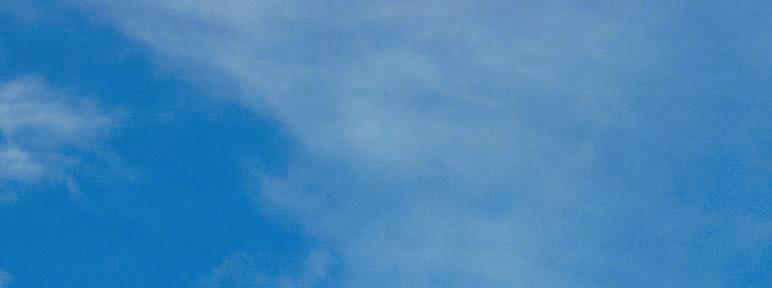
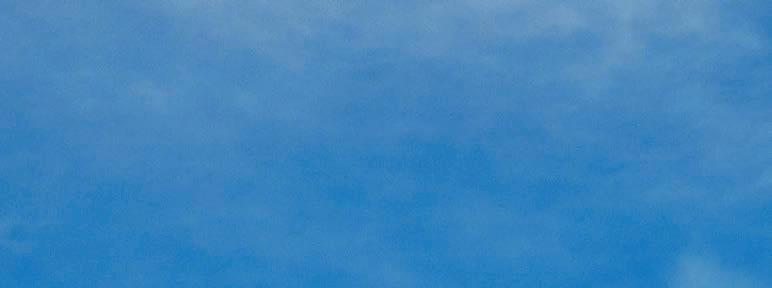





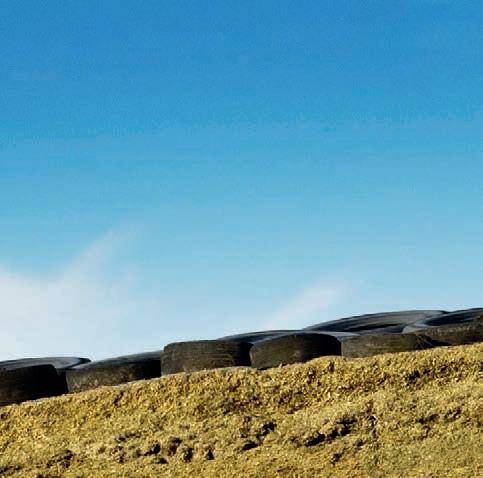


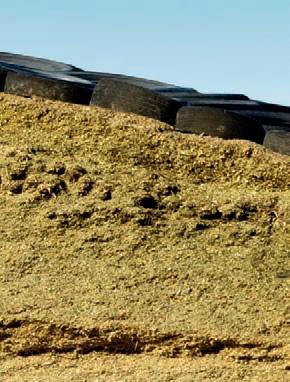

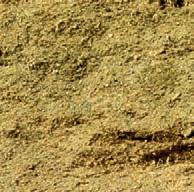
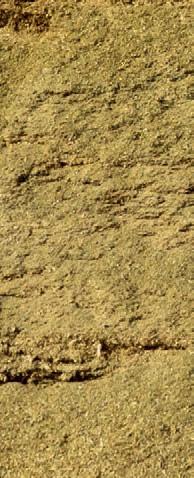
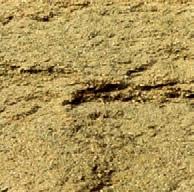






Continuing our Road to Dairying series, we catch up a Waikato farmer who traded in his mechanic job for the farm.

Growing up hooning around farms on dirt bikes, Nik Young didn’t pay much attention to the cows and definitely didn’t expect to end up dairy farming himself. His parents were sharemilkers but, until he started working on a farm himself last season, he had only dabbled in the “fun parts” of farming and had no idea there was so much to it.
This season he has progressed into a 2IC role and even managed to convince a mate to leave a welding job to join the farm team with him in Whakamaru, near Taupō.
“It wasn’t hard to convince Rhys to join us. He could see how much me and my family were loving the lifestyle,” Young says.
“Especially because I’m working less hours each week than I did in my previous job as a motorbike mechanic.”
He had spent 10 years as a mechanic and stumbled into farming after moving to a rental on the farm back in 2020.
“I had gotten to know the farm owner over a few beers here and there and one day he offered me a farm assistant job. I figured why not and fortunately he took me under his wing.”
Although he had grown up around dairy farming he has quickly realised there is a lot more to it than he’d
thought.

“In the first month I thought I was getting the hang of it but two weeks later I felt like I’d forgotten everything again. I had a lot to learn.
“I had no idea how much planning goes into where the cows go and grass management. There’s always so much to think about.
“I had relief-milked through my teens and I knew how to drive a tractor but I’d never really been exposed to the other parts.”
He got stuck into studying with Primary ITO pretty quickly. He has completed his Level 3 and is now working on Level 4. He has found the study really valuable to help him
understand how everything works. And he always had friends who were farming, so he appreciates being able to understand what they are talking about now.
His family are loving the lifestyle too. His son Ollie loves spending time on the farm and is mad about tractors.
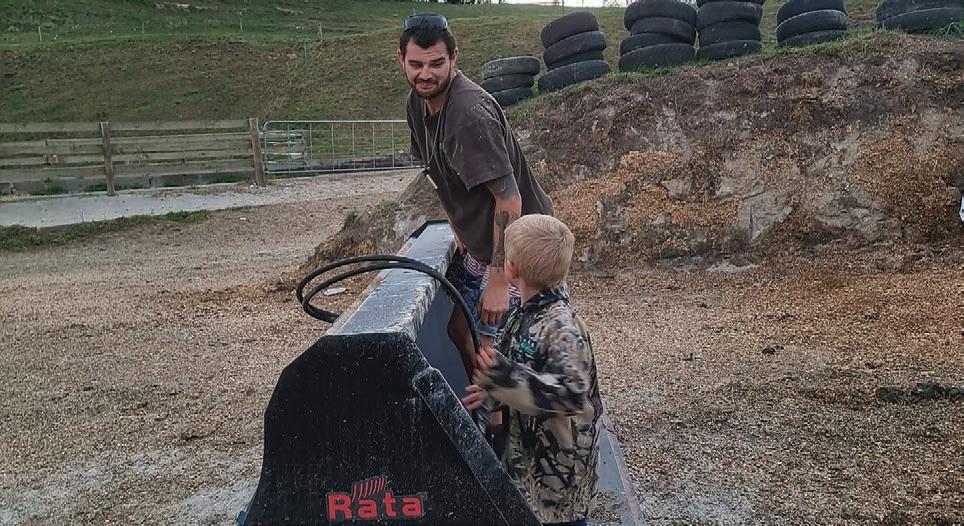
“Ollie recently turned five and on his first day of school he told me I wasn’t allowed to feed out till he got home,” he laughs.
Being in his second season, Young already recognises things that he wishes he knew from the start – basic things like setting the shed up for the morning, having the backing gate ready and yards set to go.
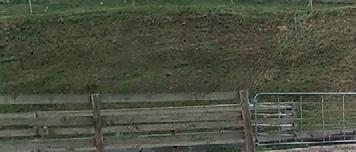
“There’s so many little things you can do at the start or end of the day, things I do on autopilot now, but I wish it was easier to understand at the start.”
He is glad he kept an open mind, though, and encourages others who may be starting out to get stuck in and try anything they can.
“You’ve got to keep an open mind and just try everything straight away, like giving a B12 injection to the cows or drenching calves. Don’t be scared to fail and you know pretty quickly whether you like it or not.”
The 2IC opportunity came up when the previous one left for a sharemilking opportunity, and although Young knows he is still green, he has got great
support from the farm owners Tom and Traze Earls. They have been trying to ease him into things, giving him more responsibilities without putting too much pressure on.
“I’m enjoying getting more involved in the pasture-related side, working out where the cows are going, how the grass is growing and if we’re going to cut silage for example.
“And my boss has talked me into the New Zealand Dairy Industry Awards in the Central Plateau region. I have no idea how I’ll go but I figured I may as well give it a go now while I’m fresh enough to enter the trainee category.”
The farm itself is relatively flat and Taupō is just over half an hour drive away. They are milking 500 cows through a 40-a-aside herringbone. The Earls gave him the opportunity to buy 10 heifer calves this season and he is keen to climb the ranks in the industry to eventually have his own herd.
For now though, he is loving the lifestyle.
“Dairy farming is seriously great, and I’m a big believer that if it’s hard you’re doing it wrong.”
Nik’s son Ollie loves the lifestyle on the farm and asks his dad not to feed out until he gets home from school.
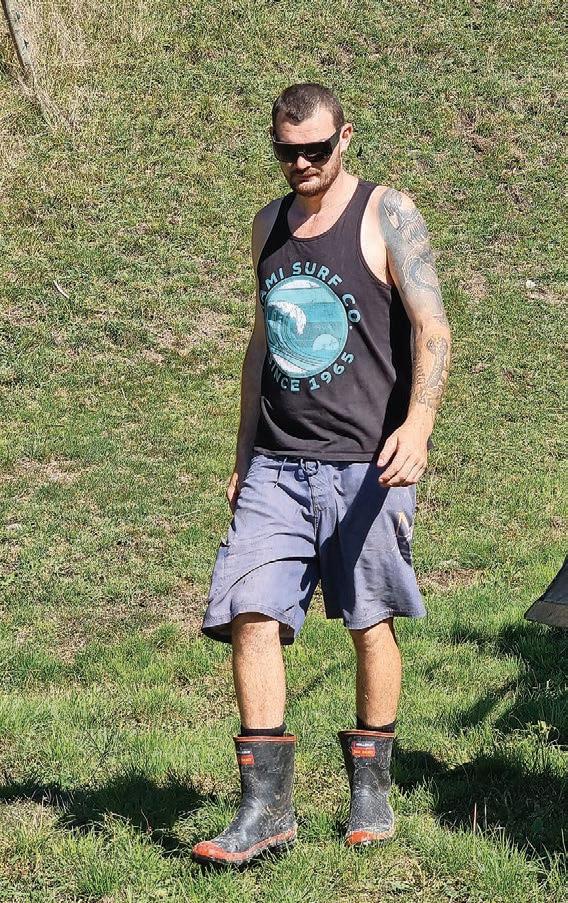
■

“Dairy farming is seriously great, and I’m a big believer that if it’s hard you’re doing it wrong.”
Nik Young
A study on augmented reality by Lincoln University could be a gamechanger for farmers using the technology in their farm system.
Agriculture has long been known as an industry at the forefront of innovation and technology – but the latest research undertaken by Lincoln Agritech takes this to a whole new level.
Working with DairyNZ, Lincoln Agritech is investigating augmented reality (AR) to see what difference it could make on dairy farms, including its potential benefits and limitations.
AR is a technology that uses equipment such as headsets, spectacles and earphones to add information to what a person can already perceive with their senses. In agricultural terms, it could provide instant health or performance data about an animal a farmer is looking at, or a paddock’s pasture cover and how much dry matter per cow it contains.
Lincoln Agritech, a multidisciplinary research and development company owned by Lincoln University, has approached key industry players such as farmers, farm consultants and veterinarians to ascertain what data they would find useful when this technology becomes available.
Their response was described by Lincoln Agritech precision agriculture scientist Abbas Jafari as “enthusiastic”.
From these findings, Lincoln Agritech selected three possible use cases to investigate. They are:
• How effective is AR in providing information about
paddocks to support grazing management?
• How can AR help farm staff to learn how to use and maintain complex equipment such as tractors if reading through manuals is too time consuming?
• How can AR improve staff training and consistency in body condition scoring of cows?
Group manager of precision agriculture at Lincoln Agritech Dr Armin Werner says finding out the value of this technology to farmers while its development is in a very early stage is critical.
“As researchers we need to quantify the benefits of this technology,” he says.
“For example, we needed to find out how long it would
take an inexperienced staff member to complete a body condition score assessment on an animal using a booklet, versus using AR, so we can tell the farming industry whether this technology could benefit them sufficiently.”
Lincoln Agritech intern Joost Scholten, from Wageningen University & Research in the Netherlands, has worked with a Canterbury farmer to develop an app for a Hololens 2 headset that provides useful on-the-spot information about a paddock.
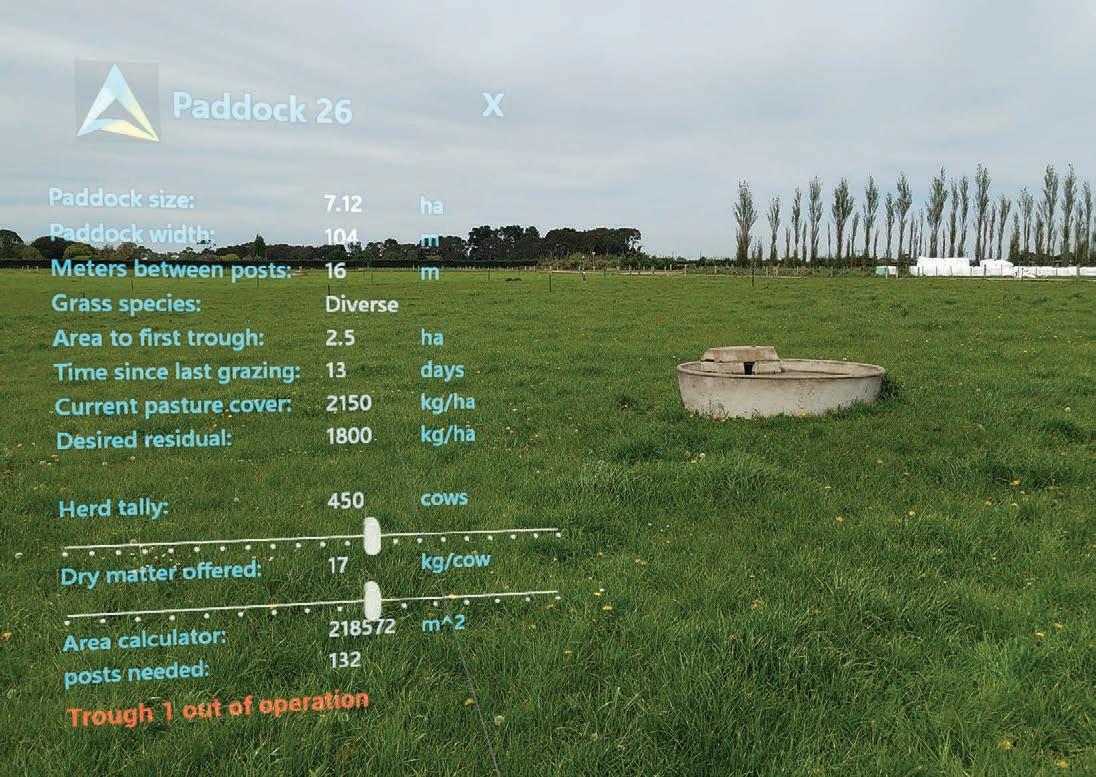
The paddock gate is marked with a QR code and when the farmer looks at the code through the headset, the AR equipment identifies and pulls up useful data about the paddock.
The next step in the research and development process is to work with a Lincoln University dairy farm to quantify how AR can help with cow body condition scoring.
Werner says the benefit to farmers using AR is potentially vast.
“Farmers will be able to access information on whatever part of the farm – whether it be paddocks, animals, or farm equipment – faster, easier and more conveniently, as and where needed,” he says.
“What we also consider a game-changer is the handsfree nature of AR. Currently, staff members arrive at a paddock on a vehicle and have to stop, pull their phone
or tablet out and pull up the information they require, which is often on different databases.
“With AR they will be able to ask the system to pull up any information they require, without having to search for it.”
Werner says they hope to have enough data by the end of the year to create a prototypical solution in a new project for industry to test.
“By then we will know whether there is a need to drill deeper into the research and development, and what the next step will be,” he says. “Then there will be the possibility of creating a prototype farmers will use for 6-12 months in a real-life situation.”
Werner says it is important for people to understand that they are currently in a very early stage of the development process.
“The clunky hardware
Lincoln Agritech precision agriculture scientist Abbas Jafari is one of the team investigating augmented reality for use on dairy farms.
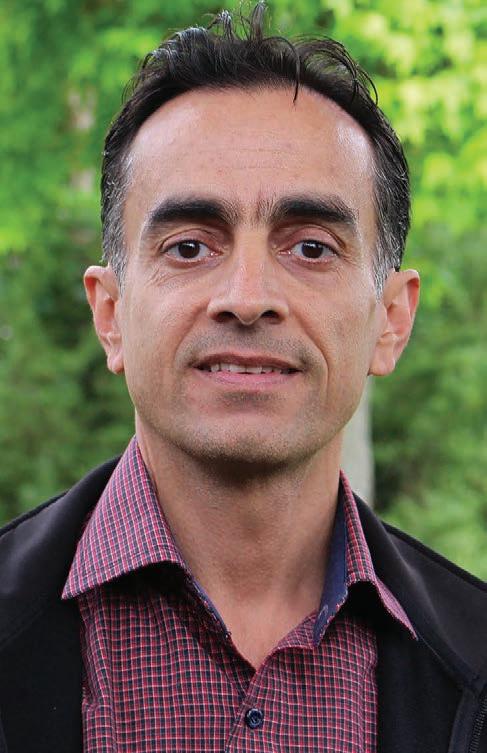
that farmers wear in the preliminary stages is not what the future of AR gadgetry will look like, but it is a very important starting point,” he says. “Eventually it will be a pair of spectacles like many of us already wear, and even a contact lens.
“What influential farmers are telling us is that although they know the technology is in its infancy, they are excited to support us.
“We are in a transition to these future technologies but what we are doing now is preparing the industry so when these technologies are available, they will have the training and knowledge to use them.”
Senior scientist at DairyNZ Callum Eastwood, who initiated and supervises the project, says the researchers from Lincoln Agritech and DairyNZ have “shown the possibilities of AR for dairy farming are really exciting”. n

“Farmers will be able to access information on whatever part of the farm – whether it be paddocks, animals, or farm equipment – faster, easier and more conveniently, as and where needed.”
Dr Armin Werner
Aresearch team whose work has significantly lifted the accuracy of measuring and reporting greenhouse gases, to better track progress and help find solutions, has won the Supreme Award at the 2022 Science New Zealand Awards.
AgResearch’s Agricultural Greenhouse Gas Inventory Development Team produced “excellent and significant science on an important topic for New Zealand”, according to the judges for the annual awards, which include entries from New Zealand’s seven crown research institutes and Callaghan Innovation.
“What is particularly impressive is that among the team members they have made a sustained contribution over a number of years,” the judges said.
“There is also a very high level of engagement with a broad range of stakeholders across New Zealand and internationally, which is ensuring their results are being used for policy design and monitoring.”
The team – led by senior scientists Cecile de Klein, Tony van der Weerden, Jiafa Luo, Stefan Muetzel and Arjan Jonker – has been able to show through its work that estimates of nitrous oxide and methane emissions should be significantly adjusted, compared to previous calculations using former standard methods from the Intergovernmental Panel on Climate Change (IPCC).
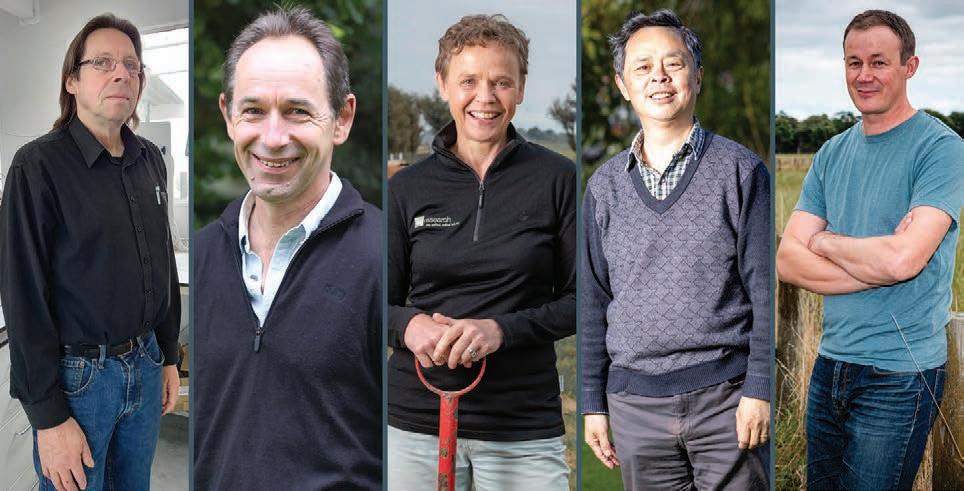
With support of partners, the AgResearch scientists guided the development of what are known as country-specific “emission factors” to improve the accuracy of calculating NZ’s agricultural greenhouse gas emissions estimates. Emission factors relate the quantity of an emitted greenhouse gas to a specific activity, such as fertiliser application.
This is critical for NZ, given that methane and nitrous oxide from agriculture make up approximately half of the country’s greenhouse gas emissions, compared to about only 10% in other developed countries.
The IPCC prepared guidelines in
2006 for assessing national greenhouse gas emissions, but many of the IPCC’s default values were based on Northern Hemisphere research, where farming systems are different to those in NZ.
The NZ-specific emission factors developed by the team were incorporated into the Ministry for Primary Industries’ national agricultural inventory, which is now considered one of the best inventories in the world. And with every new update, the accuracy of the estimates has been improved by research from the team.
“It is fantastic to have the work of the team recognised like this,” says Van der Weerden, a senior scientists at AgResearch.
“But the biggest thrill of all for us is
knowing that the research is making a real difference for New Zealand. We all know the challenge of climate change confronting us, and that agriculture is New Zealand’s single biggest contributor, so we all need to act. By better understanding the challenge and the extent of these greenhouse gases, we can not only better understand how we are tracking as a country, but also what tools and approaches could be most effective in reducing emissions.
“This award is truly the result of a team effort from people across AgResearch, supported by our collaborators at Manaaki Whenua – Landcare Research, Plant & Food Research, Lincoln University, the New Zealand Agricultural Greenhouse Gas Research Centre and the Ministry for Primary Industries.”
This is the second consecutive year that AgResearch has won the Supreme Award in the Science New Zealand Awards, which recognise cuttingedge and globally relevant research in the climate change area. Last year AgResearch’s low methane sheep breeding team won the award. n
The full list of Science New Zealand Award winners for 2022 can be found at: https://sciencenewzealand.org/news-andevents/awards-2022/
AgResearch team’s work measuring and reporting greenhouse gases helps put NZ at forefront of global field.The AgResearch Agricultural Greenhouse Gas Inventory Development Team have taken the Supreme Award at the 2022 Science New Zealand awards. Their work has elevated the accuracy of measuring and reporting greenhouse gases.
“It is fantastic to have the work of the team recognised like this, but the biggest thrill of all for us is knowing that the research is making a real difference for New Zealand.”
Tony van der Weerden
Climate change is one of five issues that have more than doubled in importance over the past several years, according to a report from Our Land and Water.
Climate change tops the charts in the recent Matrix of Drivers report from Our Land and Water.
The report updates the 35 key trends and challenges likely to affect land use in New Zealand as prioritised by primary sector experts for 2022. It compiles current, reliable sources of evidence and the latest international consumer surveys.
“Between the last two reports [climate change] jumped a lot, which was surprising given the worry about covid-19 and other big geopolitical issues,” says project lead and Lincoln University research officer Tim Driver.

“But covid-19 barely registered in this latest iteration of the report, which is interesting given how much it has been on people’s minds. It didn’t come through as we expected.”
When they drilled down into the survey results to isolate responses from those who are predominantly working directly in the primary sector, climate change was also considered the most critically important factor by a very wide margin among experts on all markets. Surprisingly, it has even overtaken water quality in New Zealand, as well as other topics ranking lower down in importance in past surveys.
“We have noticed a few changes among the rankings, like alternative proteins have dropped off a bit, but it’s not as fresh now and there’s always a buzz when new technology comes out,” Driver says.
“And biodiversity has increased in terms of importance, which is interesting, considering during the time between the previous and current survey there hasn’t really been a lot of change in the importance of a lot of factors.”
The report was produced by the Agribusiness & Economics Research Unit
(AERU) at Lincoln University with funding from the Our Land and Water National Science Challenge.
Four elements feed into the report and together provide market intelligence and foresight into consumer trends and international agreements. They include the 35 key influences ranked by experts, an extensive literature review, international consumer preference studies and eight categories of future trends and challenges as identified by the research team.
The initial list of drivers likely to impact farming in New Zealand was developed in 2016 and has been expanded with each edition of the Matrix of Drivers report series, with one driver (public health) added in the 2022 report.
To assess the relative importance of these drivers, in November 2021 researchers surveyed agri-sector leaders, policymakers and academics, who were asked to rank the most critical challenges and issues.
The survey was distributed to 2818 people in total, receiving 622 responses, including 251 completed surveys. It also asked participants to consider the
latest report.
product attributes that can help achieve higher value from a lower volume of exports. Most participants viewed the attributes of high quality, lower environmental impact of production, food safety, and low carbon footprint as very important.
The project was initiated in 2016 to look at investment into different research with an aim to increase the efficiency and productivity of production in New Zealand while at the same time protecting land and water resources.
Five issues that more than doubled in relative importance from 2017 to 2021 were climate change, extreme weather events, Māori values, cultural values and soil quality.
The team envisions that industry bodies and agribusinesses will use the research to assess the challenges affecting their sector, anticipate change, and assist producers to adapt. They also expect primary sector producers and entrepreneurs will be able to use this research to meet market demands or develop new land-use opportunities.
“When we first started the project we were wanting to be able to help Our Land and Water prioritise research funding but the reports have had much wider implications for the sector,” Driver says.
“But it’s my dream that some of this information is used to help understand some of these pressures and issues and what is driving land use practice in New Zealand to help drive decision making, especially with intense regulatory pressure.”
“Biodiversity has [also] increased in terms of importance, which is interesting, considering during the time between the previous and current survey there hasn’t really been a lot of change in the importance of a lot of factors.”
Tim Driver
Study looks at on-farm efficiencies in a drive to ramp up productivity.
Anew DairyNZ study is looking to examine farm practices and technology to create more modern, productive and safe dairy farm workplaces now and in the future.
DairyNZ senior scientist Callum Eastwood says with one in three farms continuing to be short-staffed, many farm teams are looking for different strategies and tools to increase efficiency.
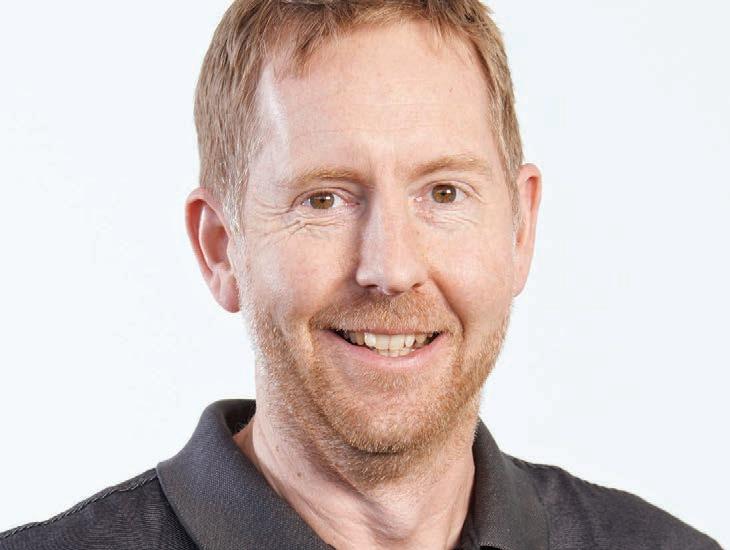
“This Workforce Productivity study will provide a national dataset to allow New Zealand dairy farmers to benchmark their farm and look at how productive it is, including identifying ways to improve efficiency and save time,” Eastwood says.

DairyNZ, with delivery partner QCONZ, will conduct the on-farm Workforce Productivity survey this summer. The survey will be underway in early 2023

with about 150 dairy farm owners and managers nationwide.
“The study will look at the time requirements of dairy farm activities and priorities to better understand how systems, technology and management influence how productive our farm teams are.

“These farm activities include analysing time spent milking and herding cows, along with pasture assessment, calving and general day-to-day planning, during different periods of the year.”
Farmers are continually looking for ways to provide modern, productive and safe workplaces.
“We want to support farmers as they embrace new technology and strategies to improve work-life balance

for themselves and their teams. The Workforce Productivity study’s data will help farmers benchmark against similar farms to see the potential impact of different practices and technologies,” Eastwood says.
“We will work with farmers to understand where productivity could be improved, to help deliver fit-for-purpose solutions. Farmer insights and ideas will help develop the right farm solutions and allow us to further improve farm systems, productivity and staff wellbeing.”
Farmers are still able to get involved, with spaces available for the survey. n
MORE:
Register interest by emailing callum.eastwood@dairynz.co.nz
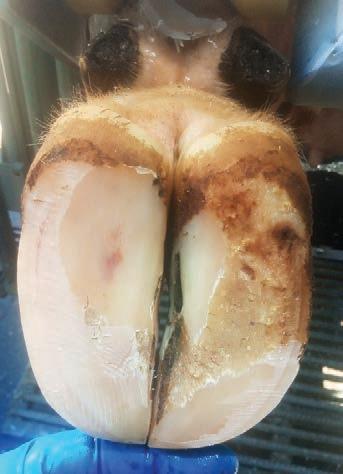
“We will work with farmers to understand where productivity could be improved, to help deliver fit-forpurpose solutions. Farmer insights and ideas will help develop the right farm solutions.”
Callum Eastwood
DairyNZ senior scientist Callum Eastwood says with the labour shortage on farms farm teams are looking for different strategies and tools to increase efficiency.
Request for proposal seeks to develop a protocol for on-farm emissions mitigation technologies.
The global dairy sector is actively pursuing research and grassroots practice change through its “net zero” ambitions to achieve the required mitigation outcomes. Many major dairy organisations are proactively quantifying their value chain emissions to better understand the greatest mitigation opportunities and how best to action these.
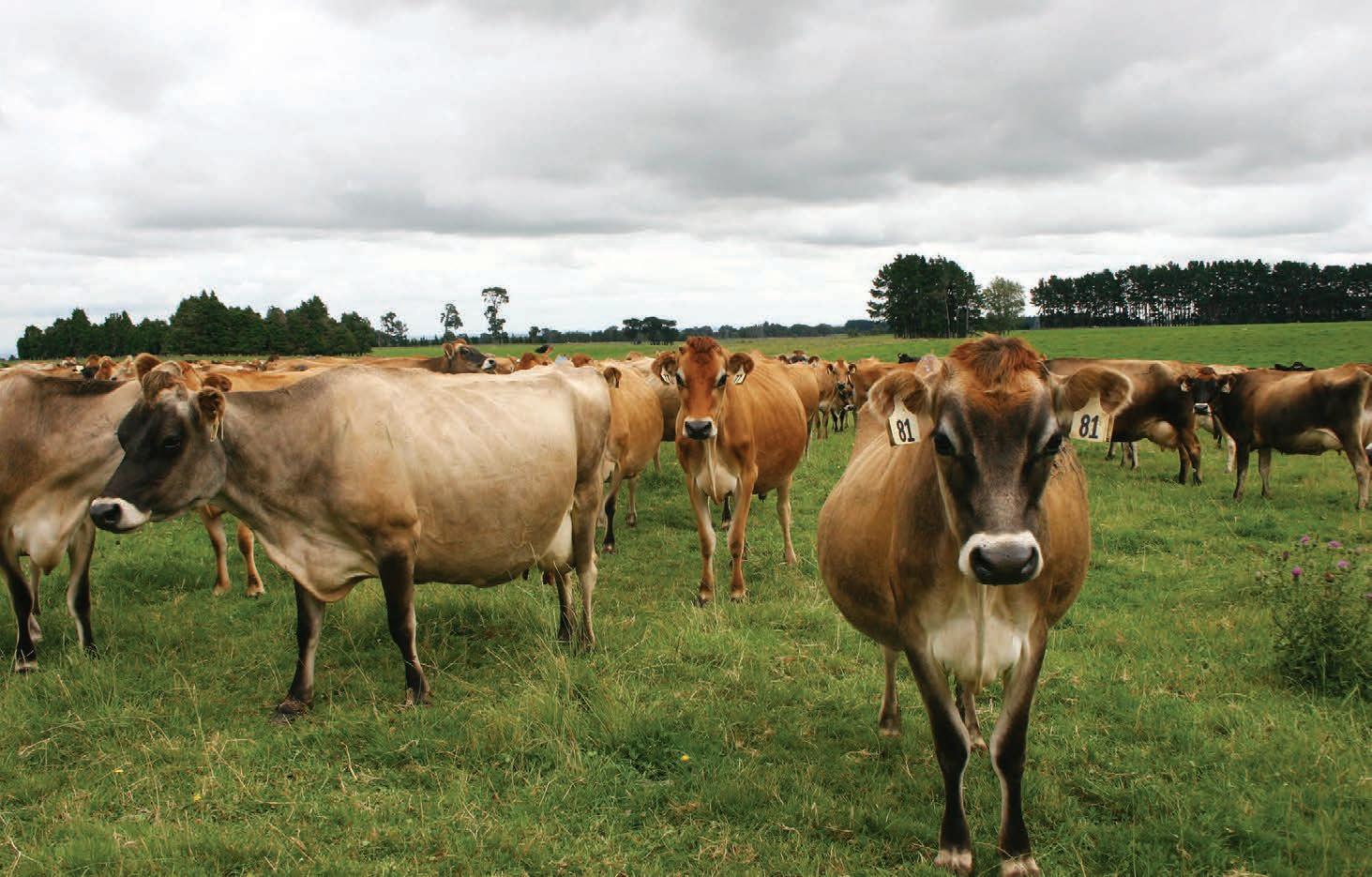
There are many mitigation “levers”, possible, although incorporating the outcomes of the implementation of these in carbon footprint calculations is currently extremely challenging.
However, even though there are established protocols for calculating the carbon footprint of dairy production, there are two main gaps limiting progress:
• The scientific standards required to provide the evidence on efficacy and associated claims for new technologies
(for example, how much evidence is required before a mitigation lever is “scientifically” considered to result in a reduction on the carbon footprint and how much reduction can be claimed on the basis of the available evidence); and
How the implementation of these and associated impacts can be included and reflected in carbon footprint calculations.
The objective of this request for proposal is that the dairy industry wants to drive and promote the implementation of these new technologies and wants to ensure that accounting of any reductions is undertaken in a robust and responsible way.
One of the emerging and most promising mitigation levers to reduce the carbon footprint of dairy production is the methane inhibitor. Although methane inhibitory products are available in the marketplace and many on-farm trials
are being undertaken, very few dairy companies are including the associated emissions reductions in on-farm carbon footprint calculations as the process for doing this in a robust manner has not yet been established.
It is a critical time for the ruminant sector in the climate dialogues and it is important that technologies that are part of the emissions mitigation toolbox are used responsibly at the earliest opportunity.
This project seeks to develop a protocol that will be generally applicable for all on-farm mitigation technologies, though it will initially be tested on methane inhibitors as this is currently highly relevant in relation to the net-zero ambition.
This request for proposal closes on February 14. Download the RfP document at https:// globalresearchalliance.org/n/rfp-milca/
Composting shelters have the potential to become a transformational technology for the New Zealand dairy industry, says a consultant.
ASTUDY has found that dairy farmer investment in composting shelters is being driven largely by a desire to tackle environmental challenges, improve animal welfare, and provide labour efficiencies and better working conditions for staff.
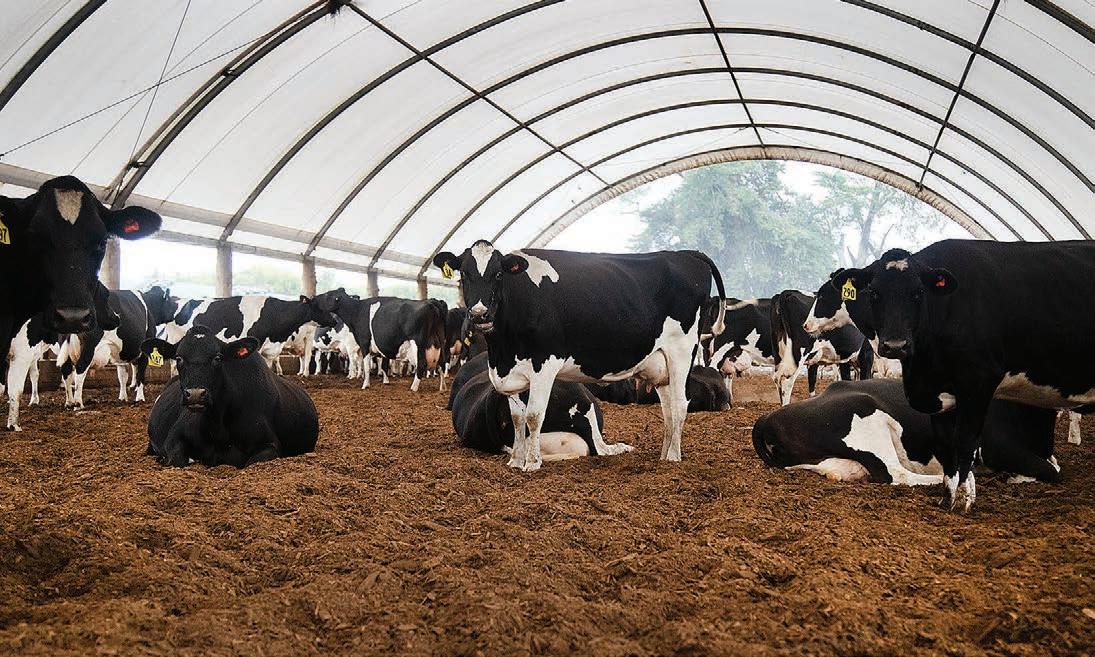
“Whole systems impact of composting shelters in New Zealand” was led by Perrin Ag consultant Rachel Durie. She had support and input from Keith Woodford of AgriFood Systems, and a contribution from a Māori-owned agribusiness that provided its farm as the case study. It was funded through the Our Land and Water National Science Challenge under the Rural Professionals Fund 2021.
The study reports on the knowledge and experience of six farmers – in Waikato, Canterbury, Hawke’s Bay, Otago and Southland –already using composting shelters within New Zealand. It also quantifies potential impacts to farm systems on the Māori-owned case study dairy farm in the South Waikato.
Perrin Ag consultant Rachel Durie says while widespread in the northern hemisphere, composting shelters are a relatively new concept in New Zealand.
“Composting structures are already in operation in New Zealand on some early-adopter farms. In most cases, the shelters are incorporated into the system year-round in a hybrid indooroutdoor grazing system. In this system, cows will

The effectiveness of composting shelters lies in this deep bedding and the composting process, which keeps the cows’ loafing area clean, warm, dry, and odourless.
spend a portion of the day in the shelter and a portion outdoors on pasture.
“The proportion of time cows spend in the shelter will vary depending on the individual farm system and the desired outcomes. However, there is a general trend of utilising the shelter at nights during the cooler autumn and winter months and using the shelter during the day in the warmer months.
“There are some farms using the shelter solely as an alternative wintering system to grazed crops. This is particularly the case in the South Island, where winters can pose considerable environmental and animal welfare challenges.”
While all farmers interviewed as part of the study reported improved financial performance, it
was the intangible benefits of composting shelters they valued most highly.
“Labour shortages, environmental performance and animal welfare considerations are all significant challenges that dairy farmers are grappling with on a daily basis,” Durie says.
“The farmers we interviewed saw increased cow comfort and welfare, better staff working conditions, a lift in labour efficiency, improved environmental performance, and reduced pasture damage as real drivers for their investment.
“They noted benefits to animal welfare through the provision of a comfortable environment that protected cows from both the heat in summer and cold, wet conditions in winter.
“For staff, the shelters mean they can work out of the weather, which is particularly beneficial during calving. Where the shelters replaced winter grazing, there was a significant workload
reduction. The ability to manage over-grazing and pugging damage also reduced farmer stress.”
Other farmers noted a reduction in calf mortality and a pleasurable experience for staff and animals over the calving period. One farm has even installed cameras to allow staff to complete night calving checks remotely.

business:

• 45% reduction in nitrogen leaching loss

• 33% increase in per hectare cash operating surplus
• 14% increase in milk production – due to improved feed conversion efficiency, improved pasture growth and mitigation of cow heat stress over summer.
an environment in which the land, animals, people and business could thrive,” Durie says.
“It is clear from our study that composting shelters have diverse benefits to the human environment, the biophysical environment and to animal welfare, and contribute towards enhancing te Taiao – land, water, climate and living communities.
“However, farmers considering composting shelters need to carry out sufficient personal research before committing to the project, to make sure the design is fit for their farm’s specific location and purpose.
In addition to these intangible benefits, the farmers reported a significant reduction in their winter feed requirements compared to a 24/7 outdoor system, due both to reduced maintenance requirements and feed wastage. One farm noted a 50% drop in the winter feed allocation relative to their previous winter cropping system.
Modelling of composting shelters on the South Waikato case study farm demonstrated several key financial benefits for the
• 8.5-12.7% pre-tax internal rate of return on the investment (marginal return) over 50 years depending on the level of capital costs. At the whole business level, this provided returns of 6.8%-7.4%, compared with 6.3% for the status quo. Returns at 25 years were similar.
• Key drivers of returns included capital cost, bedding expense, milk price and production.
“Our desktop modelling indicated that incorporating a composting shelter on the case study farm could provide
“While there is still a lot more we need to learn, our findings have demonstrated that composting shelters have the potential to become a transformational technology for the New Zealand dairy industry.” n

composting shelter is an innovative cowhousing facility. The shelters are an open-sided structure with a roof and a foundation of deep, plant-based bedding material.
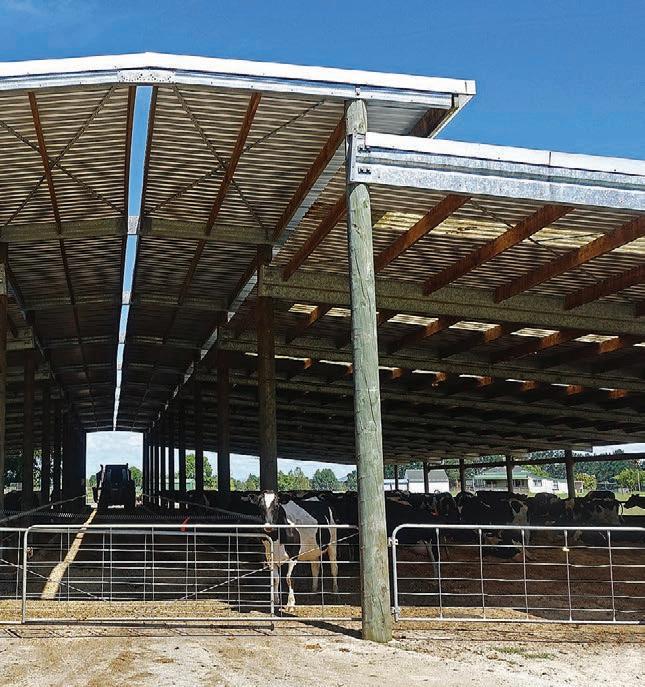

SCAN THE QR CODE AND SUBSCRIBE TO

APerrin Ag consultant Rachel Durie, led the project Whole systems impact of composting shelters in New Zealand and recently shared the results of the study.
“The farmers we interviewed saw increased cow comfort and welfare, better staff working conditions, a lift in labour efficiency, improved environmental performance, and reduced pasture damage as real drivers for their investment.”
Rachel Durie
A Waikato family’s farm has evolved from a high-emitting, intensive dairy farm to a low-input system focused on adding value at every step, including the timing of its calving.
AWaikato farming family are aiming to be nature-positive farmers – and to them this means more than just being green.
Adrian and Pauline Ball’s farm at Tīrau is 174 effective hectares, made up of a 112ha milking platform and a 62ha runoff/ beef unit used to finish 150 dairy-beef calves to around 295kg CW. The balance of the land is retired.
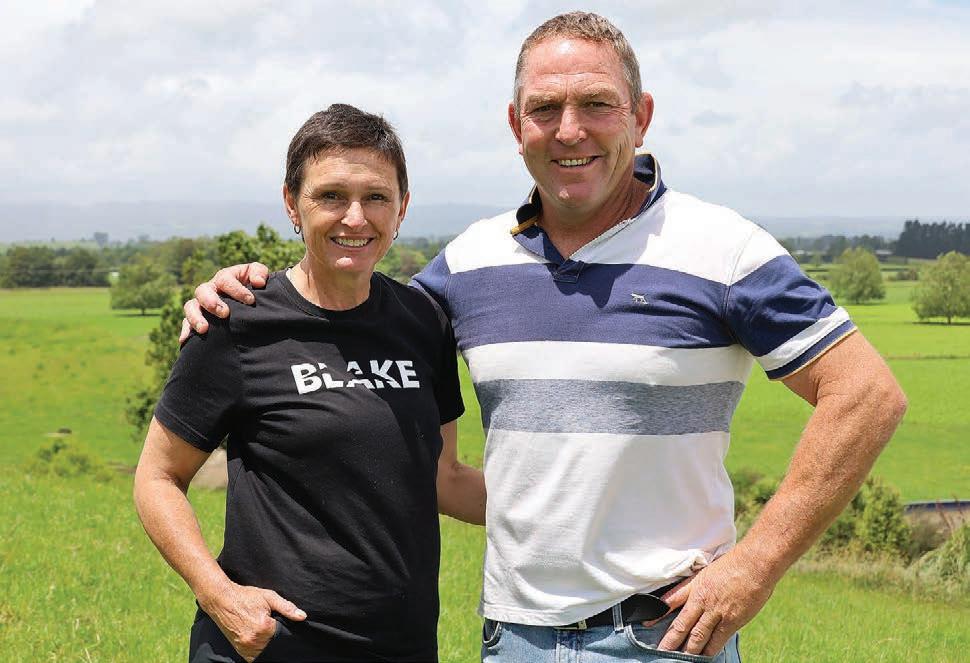
For these dairy and beef farmers it’s about understanding how being sustainable integrates into economics by maximising their production efficiencies in meat and dairy.
In December, the Balls hosted about 40 farmers for a field day organised by the Smaller Milk and Supply Herds group, when they outlined how their farm business has evolved from a highemitting, intensive dairy farm to a lowinput system focused on adding value wherever possible.
At peak, the dairy farm runs 270 cows on a split calving system, producing 157,000kg MS. Calving takes place on March 1 for the autumn herd and on
August 1 for the spring herd.
Mating takes place on June 1 for the autumn calving herd and includes 10 weeks of AI, and on November 1 for those cows calving in spring. The spring calving cows have three weeks of AI as well as
eight weeks of mating with Angus bulls.
The dairy replacement heifers stay on the dairy farm, and they have around 150 dairy-beef cattle on the block – a mix of steers, heifers and bulls.
At the time of the field day, only 21 of
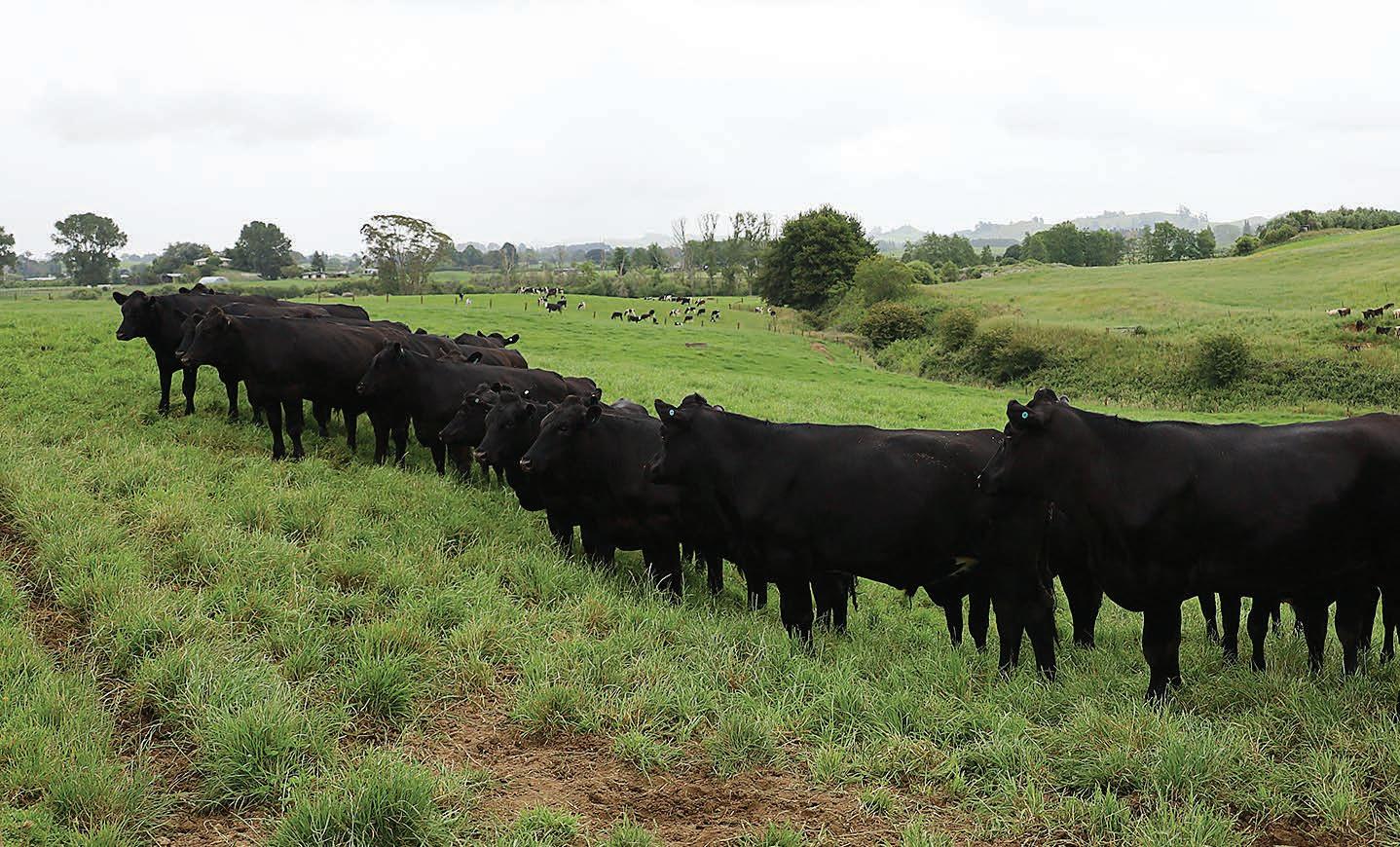
the cattle were born in spring with the rest born in autumn. They are finished early summer to take the pressure off the farm over the hotter months.
In total about 45 tonnes of beef a year are produced from the block, netting the Balls about $6.50/kg CW on average.
Much of the Ball’s business model is based on adding value and having a split calving system ensures they always receive a premium via a winter milk contract.
The same philosophy applies to their beef finishing. Adrian is also a Silver Fern Farms co-op appointed director and backs the meat company’s focus on how it can add value to its products.
“One of my goals is understanding where nature-positive is going to take us into the future in regard to adding value and brands,” he says.
To that end, they look to get premiums from SFF’s Market Led programmes by finishing the animals at times when the processors a less busy.
“When everyone does it, it’s commoditised. When it’s done out of season, it’s got value to it.
“We’re just not competing in the same space as most farmers. It’s a system that really works with the resources we have got,” he says
The big catalyst for shifting their system came several years ago when his
eldest daughter was told by a university lecturer that pastoral farming in New Zealand would be unable to continue in 10 years.
Prior to that, the farm was a highly intensive dairy system and while it saw them win the national Westpac Dairy Excellence Award in 2003, Adrian says they knew their farming system was unsustainable.
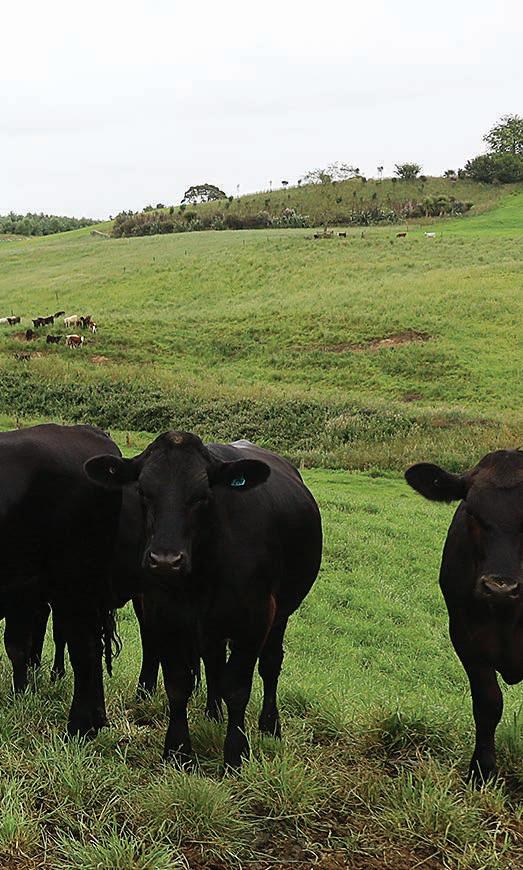
“Our emissions were through the roof. Our profit was pretty good, and it had set us up pretty well but it was at the expense of someone else subsidising what we were doing,” he says.
It got him motivated to change and in 2019, they were made National Ambassadors and won the Gordon Stephenson Trophy at the Ballance Farm Environment Awards.
Shifting to a less-intensive system was also done for lifestyle reasons and the need to prevent burnout. They were milking 400 cows at the time and wanted to milk fewer cows.
It was also so only one person would be needed to milk the herd. Milk quality is very important to the Balls and their three staff, and they were the one of the first Fonterra farms in New Zealand to be Te Tihi certified under its Co-operative Difference payment system.
“We take a lot of pride with quality and cell count, and we have a really good team buying into this culture and vision,” he says.
They cut their stocking rate and decided to raise their replacement stock on the home block and concentrate on feeding their remaining cows really well. Coming into this season, they have
reduced their stocking rate from around 2000kg LW/ha to around 1600kg/ha and he says it has made a huge difference to their herd’s performance, eating a further 500-600kg grass per cow.
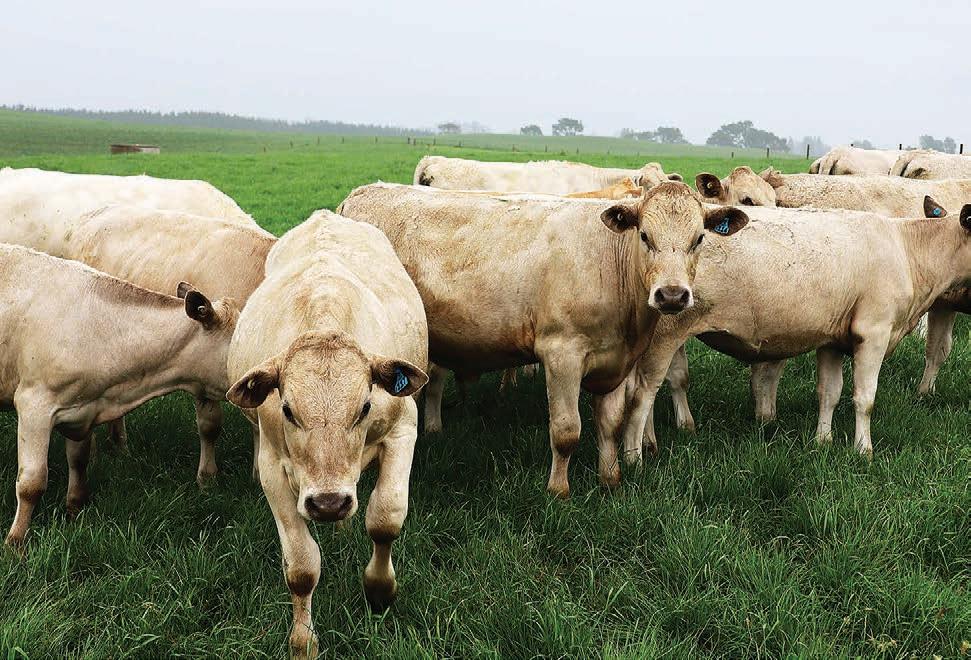

“We have cows now eating seven tonnes of grass, forage and a little bit of meal in the shed. Animal health issues have disappeared and its one of the things we have got right.”
At the time of the field day, the farm had 230 cows and 65 in-calf heifers calving in March.
He says the dairy platform and the beef-finishing unit work very much in symbiosis.
“If you think about the beef block as a standalone beef block, it would have way too much surplus feed and if we were only running a winter milk herd here we would be buying in a heck of a lot of imported feed and our environmental numbers would get eroded.
“Between the two, they complement each other so well.”
Within his dairy herd, Adrian uses the PW index as an indicator for what are
“When it’s done out of season, it’s got value to it. We’re just not competing in the same space as most farmers.”
Adrian Ball
his most efficient animals, and uses that as a guide for whether the cows will be inseminated with dairy genetics or beef.
“If we can breed from our best dairy cows, that should be our primary focus. But our beef breeding is just as profitable to us and we can’t lose sight of what we are doing there.”
He also herd tests multiple times during the year.
The herd is predominantly Friesian genetics.

He also mates his heifers with the beef genetics. Careful selection by looking at the genomic data ensures there are few calving issues.
The family bought the 62ha runoff six years ago. Adrian says it was purchased after seeing dairy expansion reach its peak in the South Island and wanting to future-proof his farm.
While some of the industry’s challenges will be fixed by science, he believes the value farmers will get from their products will come from conscious consumers.
“We can sit here and think we can
wait for the science or we can try and generate the opportunity now. We have taken that approach to it.”
He sees animal welfare as the next big challenge the industry will face and has been operating a zero-bobby calf policy on the farm to overcome the challenge at a farm level.
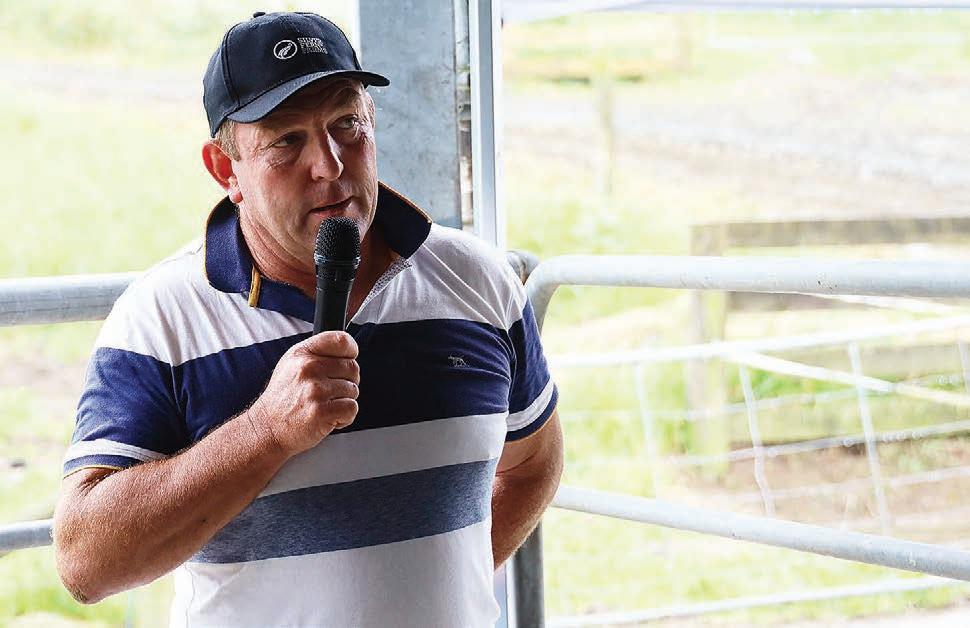
“It’s something I haven’t quite got my head around how we are going to get around it.
“That for us is our biggest unsolvable challenge at the moment.”
Adrian believes that, eventually, technology and demand will see 100% sexed semen across the herd, using
female sexed semen for his replacements and male semen for his beef cattle to be finished.
Key to finding a solution to surplus calves, including those with Jersey genetics, is finding a new market for veal in Asia, he says.
“Europe has a pretty strong veal market, but have we developed that same taste in Asia? Possibly not.”
The industry has to be proactive about looking for alternatives and opportunities rather than waiting for the day when a major customer says, ‘We like your product, but not enough to pay you a premium.’”
As a ‘nature positive’ farmer,Adrian Ball
says he wants to better understand how this approach to farming can lead to better value for the milk and meat he produces.
“We can sit here and think we can wait for the science or we can try and generate the opportunity now. We have taken that approach to it.”
Adrian Ball
Autumn calving has benefits for the pastures, profits and staff morale.
Autumn calving takes the stress out of what can be an extremely busy period for a Northland dairy farmer, and ensures he and his staff get a summer holiday.

Neville Thorne runs a 120ha farm at Hikurangi milking about 420 cows, producing 195,000-200,000kg milk solids a season.
“We do get that summer break. And because we’re winter milking the important part is still managing grass and that’s where the dollars are,” Thorne says.
It also complements the farm’s grass growth and weather conditions better than spring calving.
Thorne has been 100% autumn calving for 10 years after split calving for eight to nine years previously.
“We decided we’ll go 100% autumn and found it was a lot better.”
The switch also appears to have reduced his empty rate, falling from 20% to 14%. He believes this is a result of good weather over mating with the rain coming only when he put the bulls out.
Unlike a typical spring herd that dries off in autumn, Thorne dries his cows off in early to mid-January with a six-week space between the end of milking and calving in early March.
Over the summer, he uses feed crops
including 40ha of maize, grass silage, oats, palm kernel, distillers dried grain along with some molasses to ensure the cows maintain their condition over the summer dry period.
“It keeps the energy levels up because by that stage the grass isn’t there,” he says.





It also means none of his three staff have to monitor the cows when they calve for pickup during the cold wet winter months. Instead, it’s long days with lots of daylight hours and warm weather.
“Calving is a breeze compared to spring calving. With spring calving when the weather’s bad it’s hard to identify the calf, it’s difficult.
“With autumn calving and the good
weather, it’s pretty easy.”
An all-autumn calving system also allows him to better target the pasture growth curve, where the warmer Northland climate means he often gets continuous growth through the cooler winter months that would normally see that growth tail off.
By midway through calving it has generally rained, and pasture begins to take off. If it gets out of control it is cut for silage.
It also allows him to get a better price for his beef calves. Thorne typically will mate his top 30% cows using sexed semen to get about 80-100 replacements.
He uses beef genetics for the rest of the herd, and gets a premium price for his calves.
For over twenty years SHEDLINE has been the leading brand in durable PVC dairy shed aprons and milking sleeves, dedicated to providing solutions for improving personal hygiene protection in and around the milking shed.







Ask for them by name.
Available in all rural retail stores.
Check out what’s new for farming at www.shedlinedairywear.co.nz

n
Northland farmer Neville Thorne has autumncalved his herd for 10 years, saying it better complements his farm’s pasture growth curve and seasonal conditions.
Calves are a valuable asset on the farm and should be given the utmost care so they achieve their full potential.
With millions of calves reared annually, calf rearing makes a significant contribution to the dairy industry.
Calves that are reared as replacements must be well-reared so they achieve good lifetime productivity. Generally, these calves are bred from the best genetics in the herd.
There are several calf-rearing systems farmers can use but, whatever the system, there are some fundamental principles that are the foundation of all successful rearing.
The main aim of any system is to have significant rumen development by 5-8 weeks of age. This will enable calves to be weaned off milk but continue to achieve good daily growth rates of 0.71.0kg.
Cows should be in the best possible condition at calving and be eating a diet that is adequately balanced in nutrition to ensure they produce high-quality colostrum.
Calving cows on dirty feedpads or muddy paddocks should be avoided where possible as newborn calves are susceptible to infections and environmental stress.
Calves have the highest rate of sickness and death of any age group on the farm. It is vital to their survival and wellbeing they are not exposed to the elements or less-than-ideal conditions.
Calves should be removed from the paddock as soon as possible after birth and preferably within 12 hours. Navels should be dipped or sprayed with iodine and if a need has been identified, cord clamps applied. Clamps help to prevent infections from entering and travelling up through the navel, and speed up the drying process.
Calves should be kept indoors for at least three weeks in facilities that are
clean and dry.
Individual pens are ideal but often impractical. A more practical solution is to have pens that can hold 10-15 calves. Pens should be separated by solid dividers to prevent contact between the different groups.
Calves should be housed with similar aged animals for effective group management. They should have adequate space – two to three square metres per calf – as overcrowding can cause stress and increases the risk of illnesses.

Pens should be well ventilated at higher levels but free from any draughts at lower levels. Good ventilation will prevent a build-up of ammonia.
Veterinarians say drainage is essential so calves are not sitting in cold, wet conditions. The base should consist of metal or gravel and be covered with a deep layer of sawdust, wood shavings or bark, which should be topped up or changed regularly.
Another important thing is to have an isolation pen. Any calf that is sick or showing signs of illness should be
removed immediately to prevent any diseases from being passed on to other calves. Ideally, these animals should not be returned to their original pen, but remain in the sick pen for the duration of the housing period.
All pens should be cleaned and thoroughly disinfected with Virkon or something similar on a regular basis.
At birth, calves have no antibodies so it is essential that newborns receive at least two litres of colostrum within the first six hours and a further two litres within 12 hours. This colostrum should be fresh and from the first milking of healthy cows that are milked within 12 hours of calving.
Colostrum provides an important source of specific immunoglobin antibody protection. This helps protect calves against a variety of bugs, and provides non-specific immune factors and nutrients.
An estimated 40% or more of dairy calves have total or partial failure of colostral transfer. This can lead to poor
growth, illness and even death. Good quality colostrum, ingested within 12 hours of birth, has long-term positive impacts on growth, health and production.
Tests are available to determine whether a calf has had adequate colostrum, which are especially useful if the calf was born overnight and not removed from its mother for several hours.
A blood sample can be collected from calves aged from 24 hours to seven days to measure the level of colostral transfer.
The feeding of calves can be either ad libitum or restricted.
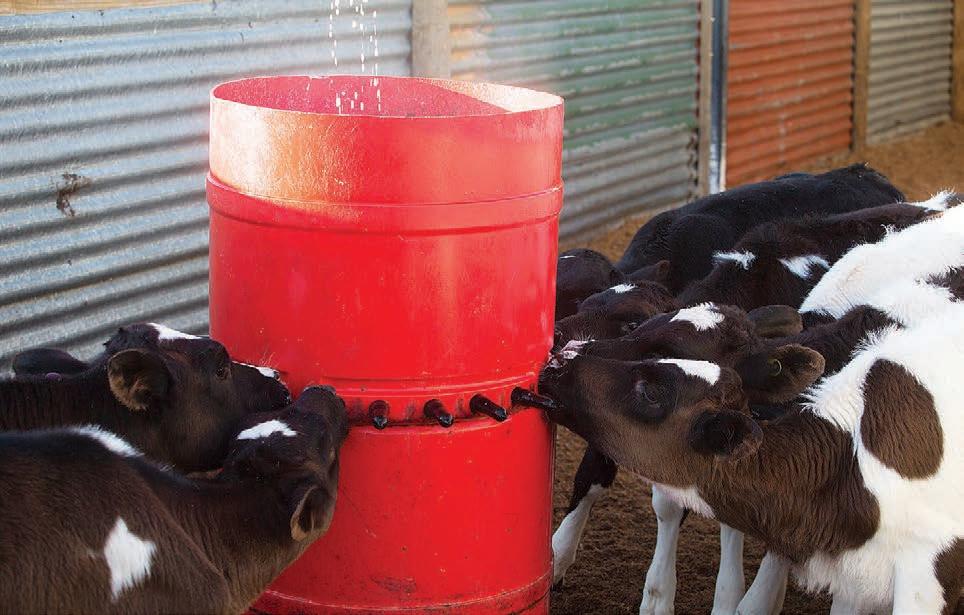
On milk replacement, calves need to be fed 600-800grams/day of milk powder at 20MJME/kg of milk powder. The mixing strength can be increased to lower feed volume and encourage earlier and more solid feed intake.
On whole milk, calves should be fed 1012% of their body weight per day. Calves reared outdoors or in cold, wet conditions will require a higher feeding rate. Calf rearers should at least aim to double birth weight by 56 days of age.
Vets say a common mistake is to cut feeding levels in the first two weeks to
avoid diarrhoea. In reality, this results in under-nutrition, puts the calf under undue stress and can lead to scouring.
Calf starter pellets or meal can be used immediately and should be 18% protein and contain a coccidiostat. As soon as calves are on pasture, a 16% protein meal is adequate.
Good quality calf rations are formulated to maximise rumen development, and forages such as hay and straw do not stimulate rumen development and may lower pellet and meal intakes – so should be avoided if possible.
Meal should remain a part of their diet until they have a body weight of around 100kg.
Target weaning weights differ for
Jerseys and Friesians but when they are around 65kg and consuming more than 1.5kg of meal or pellets they can be weaned off milk.
Before shifting them out onto pasture, keep them indoors for a few days to identify any calf not eating sufficient meal.
Calves should be weaned onto clean high-quality pasture that is free from parasites. Ideally, it should be around 2000kg/DM/ha.
Paddocks should provide shelter as wind and rain can cause stress and illness in calves. Natural shelter such as trees or hedges is ideal but temporary shelter erected from hay or straw bales can also be effective. Shelter cloths or plastic should be avoided as calves will chew these.
Farmers across the country are reducing their bobby calf numbers and although bobby calves may not be as important as replacements, they still require the same level of care and attention as they are a source of export income for the dairy industry.

The Animal Welfare Act is recognised throughout the dairy industry and sets out guidelines. Calves must be at least four days old, have worn feet pads, a dry withered navel and be clean and free of disease or injuries.
Importantly, bobby calves must be fed only milk. Any antibiotics found in their system can lead to huge penalties for the farmer. All calves must be tagged and a declaration form for each mob completed prior to pick-up.
“There are several calf-rearing systems farmers can use but, whatever the system, there are some fundamental principles that are the foundation of all successful rearing.”
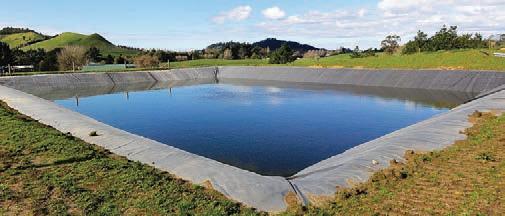







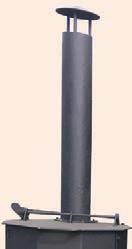

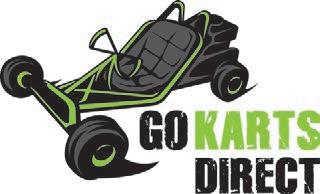

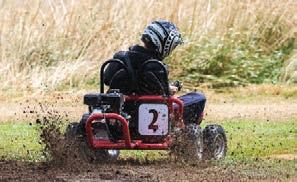

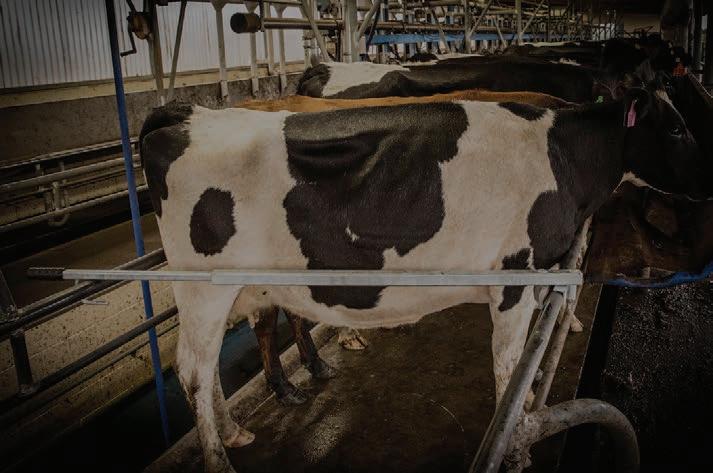
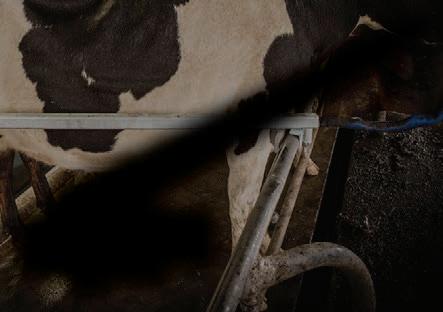
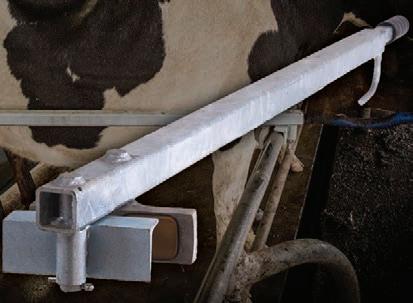
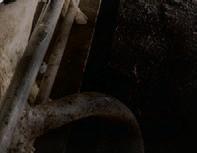








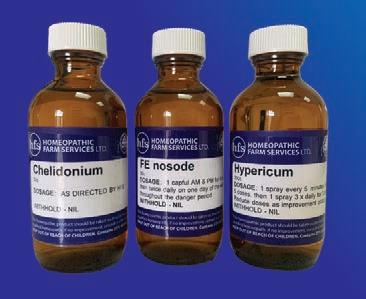
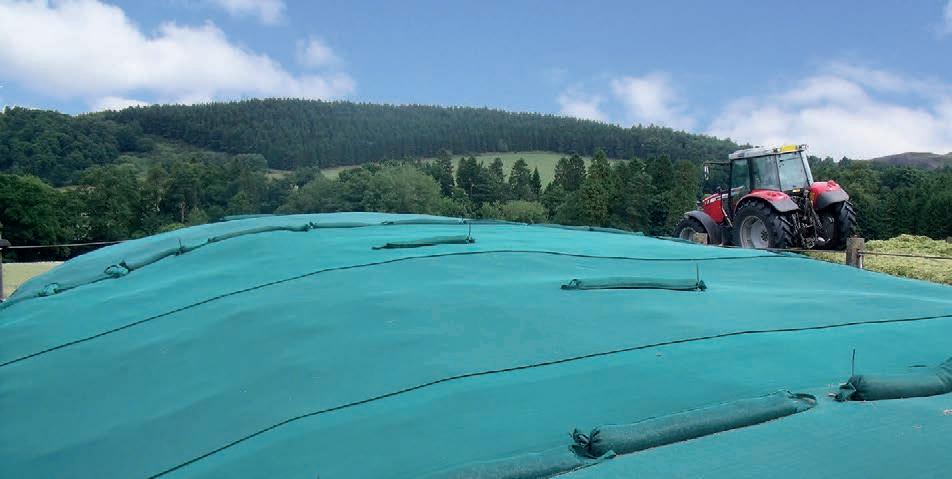


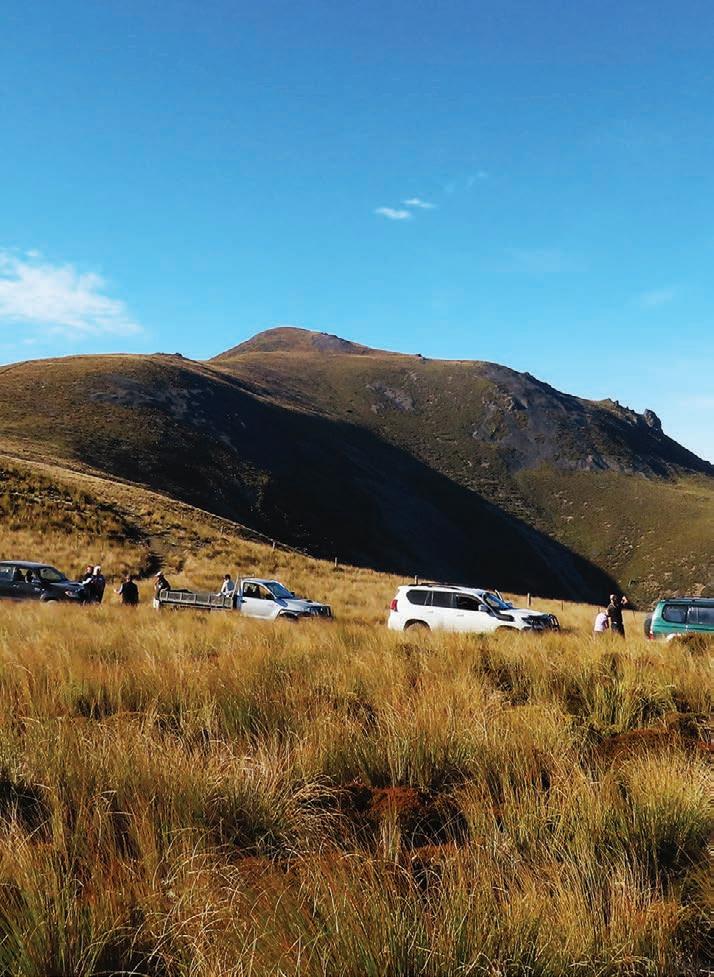























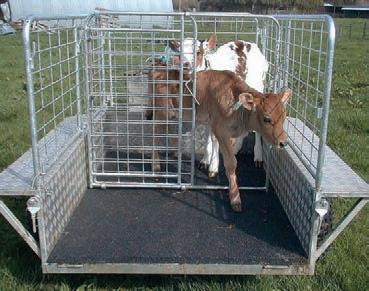





What a contrast from 12 months ago for North Island farmers, condition-wise.
At this stage in 2022, concerns were starting to mount among farmers in Waikato and South Auckland as the dry summer took hold. Eventually, a medium-scaled adverse event was declared in May as farmers chewed through their feed reserves.
Today, as you look out at farms around the Waikato, Northland and further south into the central and lower North Island, it’s never looked so green for this time of year.
It’s not just green, but many areas are saturated as a result of the recent storm from the after-effects of ex-tropical cyclone Hale, resulting in inhibited growth, especially among some maize paddocks.
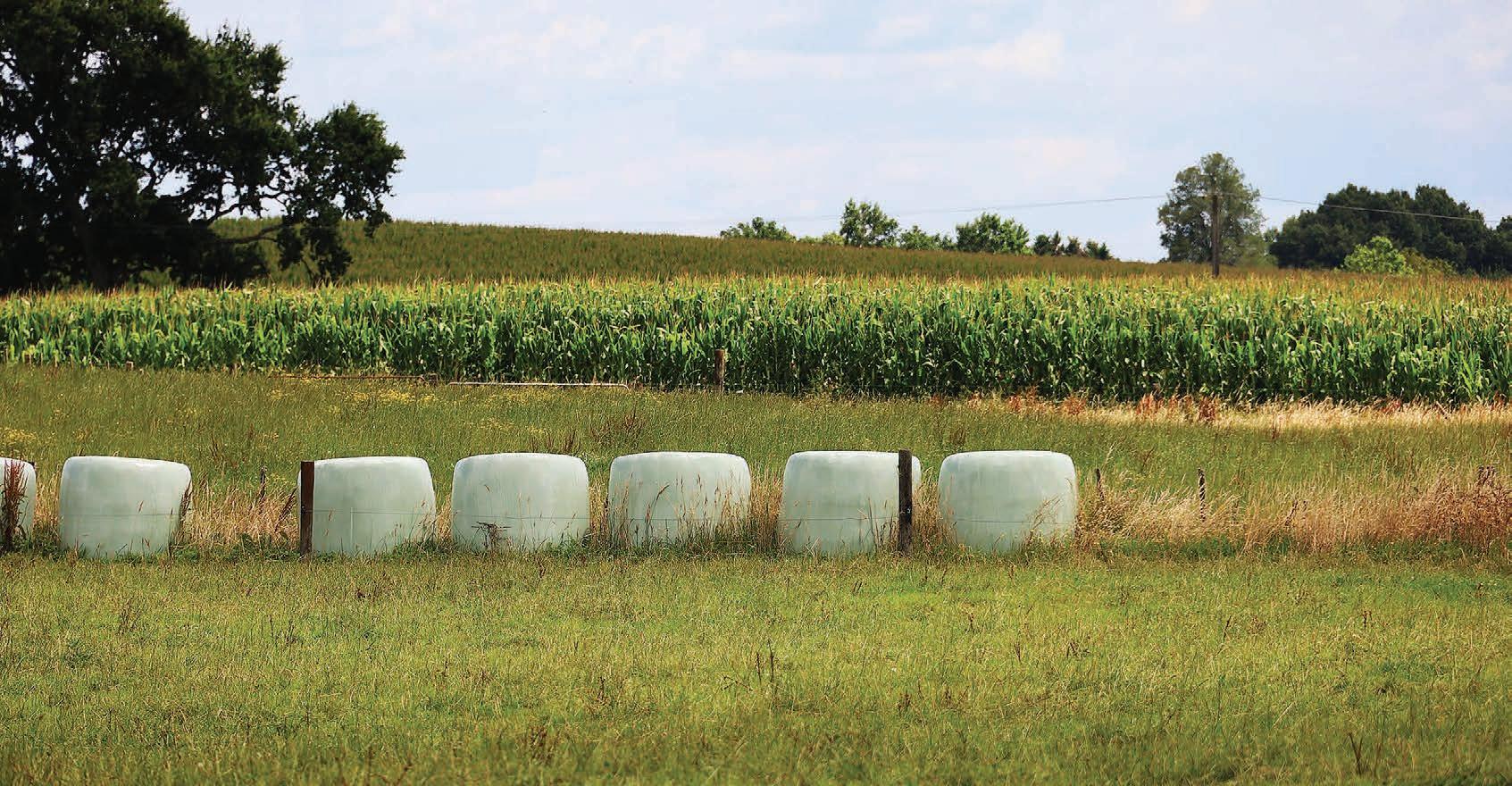
The best illustration of this is NIWA’s soil moisture graphic for January 11, where the North Island is almost totally blue – indicating wetter-than-normal soils.
It’s meant that farmers in that part of the country are facing the best pasture conditions for this stage of the milking season that they have seen in recent memory.
They are in the best possible place possible heading into the back half of
the milking season, from a production perspective.
While this will obviously vary depending on circumstance, it could see farmers drying off on their terms rather than being forced to pull the plug because of the weather.
It’s not all been perfect – the tough spring meant maize crops were planted late and although many paddocks have recovered and are looking good, there are still pockets out there where there was just too much rain for the ground to absorb, and yields are likely to be down.
Further south it’s a different picture, with dry patches starting to appear in parts on the east coast of Otago and around Banks Peninsula. While no one is saying the dreaded “D” word yet, a good downpour would certainly give farmers in that area peace of mind.
Then there is, of course, the milk payout. While the lacklustre start of the year regarding the GDT is putting downward pressure on the milk price, some analysts are taking a more bullish outlook regarding the Chinese economy.
New Zealand’s biggest trading partner recently re-opened itself to domestic travel after it lifted its covid-19 lockdown policy.
International Monetary Fund managing director Kristalina Georgieva recently told reporters that China’s ability
to recover from its nearly three years of self-imposed isolation “is very likely the single most important factor for global growth in 2023”.
“It matters tremendously,” Georgieva said in a Washington Post article.
The pace of China’s reopening, after lifting its draconian zero-covid policy last month, will shape the global outlook for growth and inflation, the article said.
Similarly, Westpac economist Nathan Penny says he expects the hangover from Chinese covid restrictions to linger over the first quarter or two. But as these restrictions ease, he expects global demand and prices to improve.
What it all means is that while lacklustre GDT auctions in the short term will probably continue, demand could pick up again mid-year – and while the milk price could drop slightly, it’s unlikely to fall to a degree that means farmers will be staring at a financial loss.
And while the sun is shining and the grass is growing, that’s a positive start to the new year.
Like us: farmersweekly.co.nz
Follow us: @DairyFarmer15 Read us anywhere: farmersweekly.co.nz
Proudly brought to you by
Proudly brought to you by






February 8
Personal budgeting, live webinar

As a farmer and a business owner, it is essential that you prepare a personal budget each year. A personal budget should be liberating rather than confining, as you can spend guilt-free knowing other money has been allocated to your expenses. Think of it as a spending plan rather than a budget. Having a personal budget is key to advancing your financial health.
Info at www.dwn.co.nz/events
Diverse pastures field day, Northland
What are you considering planting this autumn?
Come along to Geoff and Jo’s farm to look at how they are using different pastures to manage their particular challenges. This is an opportunity to hear from industry leaders and other farmers on a variety of pasture options.
Info at www.dairyevents.co.nz
Building systems that work for you field day, Maungaturoto
Our hosts, farm owners Paddy and Debbie Thornton, and contract milker George McFarland milk 340 cows on 155 ha (eff) in a System 2. They are one of the top DairyBase performers in the Northland region with FWE in 2021/22 of $3.70/kg MS. Info at www.smallerherds.co.nz
February 15 and 22 – Dairy Women’s
Today’s calf, tomorrow’s cow, Manawatū and Northland
Proper care and nutrition for today’s calves can set tomorrow’s cows up for a lifetime of high performance. Feel prepared and ready for the calf-rearing season as Natalie Hughes (SealesWinslow) and Natalie Chrystal (AgriVantage) take you through best practice to maximise calves’ potential right from Day 1.
Info at www.dwn.co.nz/events
Business by the Numbers, Oamaru
Get practical techniques and confidence to manage the numbers in an agribusiness. Step through the process of preparing and monitoring accurate farm budgets to stay on top of farm finances. Three part-days, in person.
Info at www.dairyevents.co.nz
February 16 – SMASH
Field day, Building systems that work for you, Eureka
Our hosts, farm owner-operators Philip and Joelean Mayall, milk 317 cows and they are the top-performing DairyBase herd for operating profit (under 350 cows) in the Waikato region. At this event we will delve into their farm operation and how they get their results.
Info at www.smallerherds.co.nz
February 21 – DairyNZ
Waikato autumn calving summer group
The successes and challenges with feeding through late autumn to peak
Join Nigel and Krystle on farm to hear:
• Lessons learnt from last year’s calving period
• How farmers are feeding their herd through to peak production

• The challenge of shifting the herd to a new farm in the middle of mating. Info at www.dairyevents.co.nz
February 21 Dairy Women’s Network
Planning for mental incapacity, live webinar
The loss of mental capacity isn’t just a gradual process limited to older people – it can happen to anyone at any time through illness or accident. Being prepared for that eventuality is key to the smooth ongoing operation of your business should it happen to you or your business partner.
Presenters Nicole Gordon and Gregory Burnett will talk through planning for the possibility of future loss of mental capacity and what can happen if you don’t. Info at www.dwn.co.nz/events
February 23 – DairyNZ
Robotic milking field day
First machines in the Wairarapa installed this season. Curious? Come along and see a robotic milking system in action. We’ll talk about the return on investment, the practicalities and the benefits/drawbacks. Info at www.dairyevents.co.nz
February 28 – DairyNZ
Contract milking workshop, Southland
Get ahead of the rest – achieving success in your contract milking business.
If you are a farm manager, new contract milker or currently contract milking, this workshop is for you.
Info at www.dairyevents.co.nz
Vitalise CalMag

Pelletised ultra-fine lime and Magnesium



Vitalise CalMag + Rumenox
Ca 23g Mg 7.7g
Ca 23g Mg 8g Monensin 300mg
Pelletised ultra-fine lime and Magnesium with Rumenox
Ca 23g Mg 7.7g
Ca 23g Mg 8g Monensin 300mg
Co 8mg Se 8mg
Ca 23g Mg 7.7g Cu 220mg I 12mg Zn 400mg
Vitalise CalMag + Trace Elements
Ca 23g Mg 7.7g Cu 220mg I 12mg
Ca 23g Mg 7.7g

Ca 23g Mg 8g Monensin 300mg
Co 8mg Se 8mg
Zn 400mg

Pelletised ultra-fine lime and Magnesium with Trace Elements (Copper, Cobalt, Selenium, Zinc, Iodine)

Ca 23g Mg 7.7g Cu 220mg I 12mg Zn 400mg
Co 8mg Se 8mg
We can pelletise the perfect blend of nutrients for your cows, including DCP, Seaweed, Salt and more.
